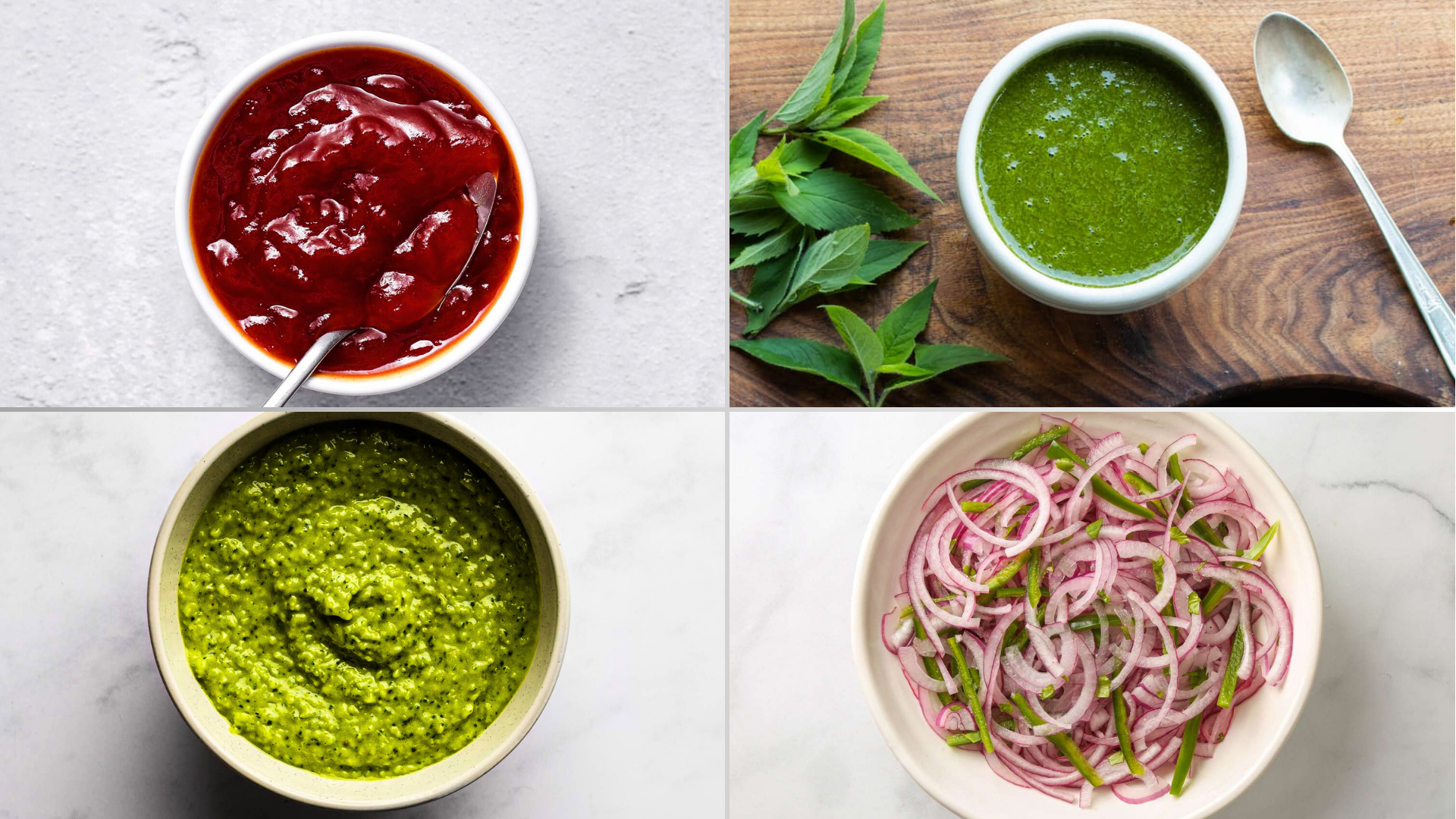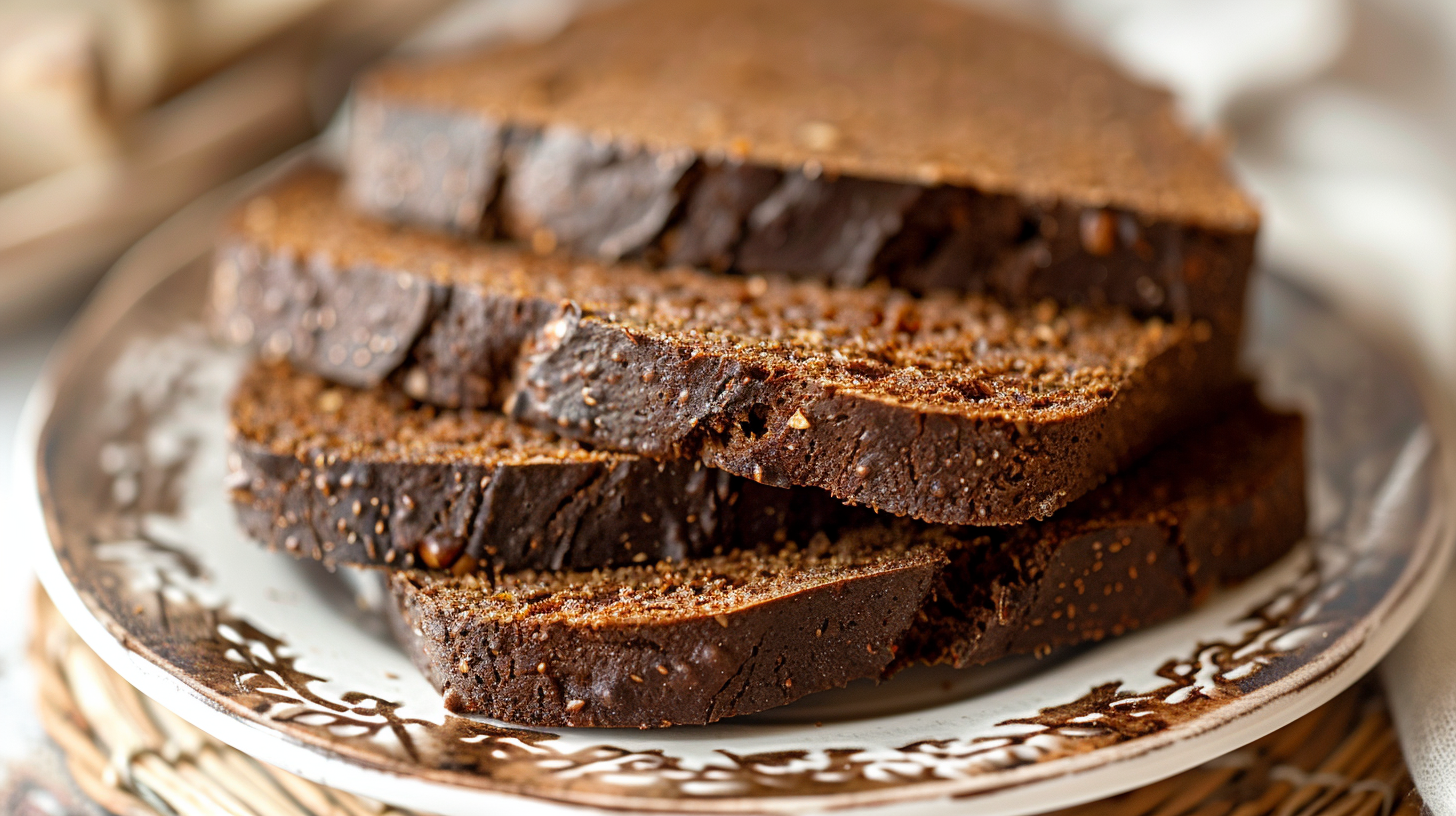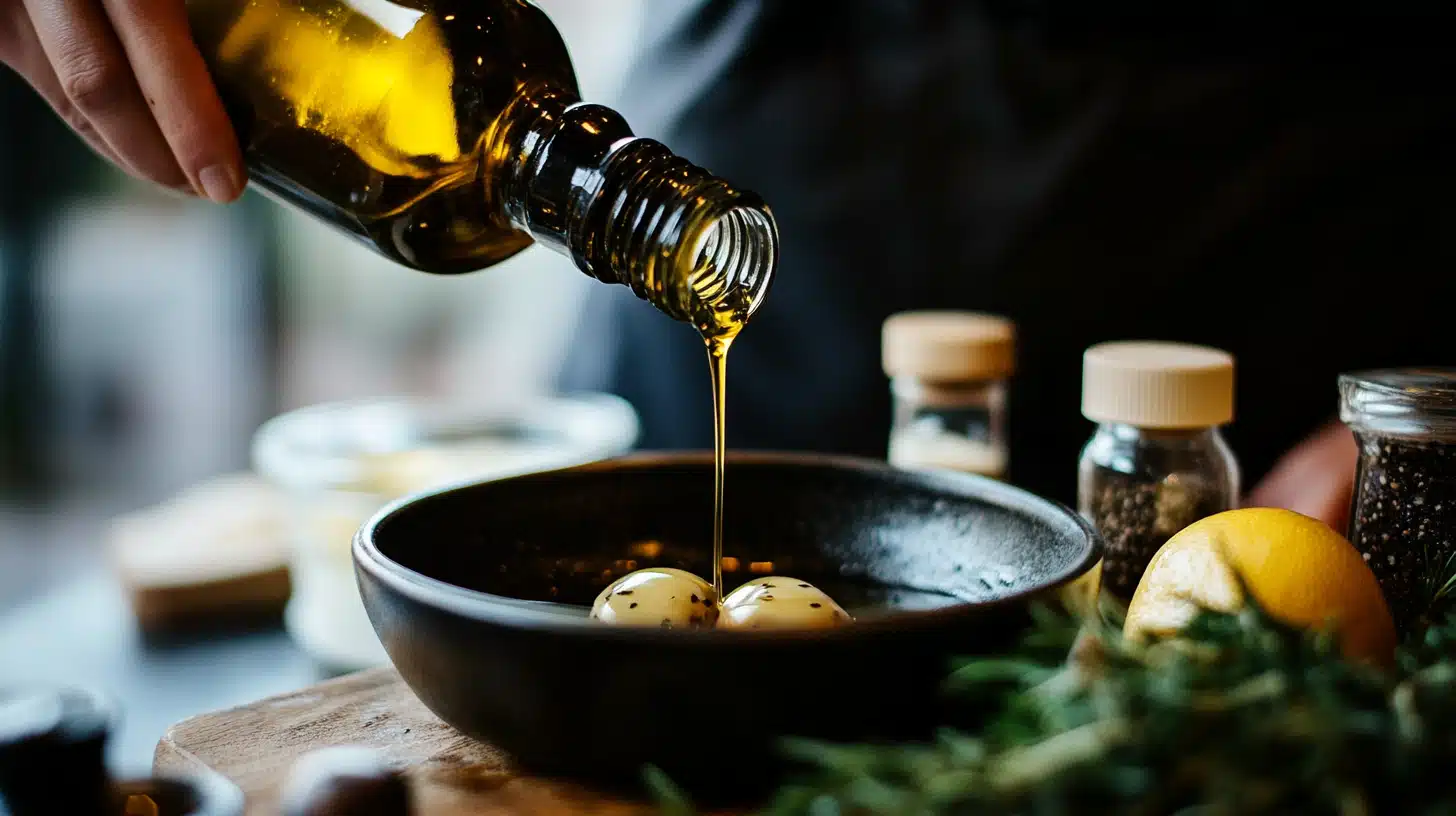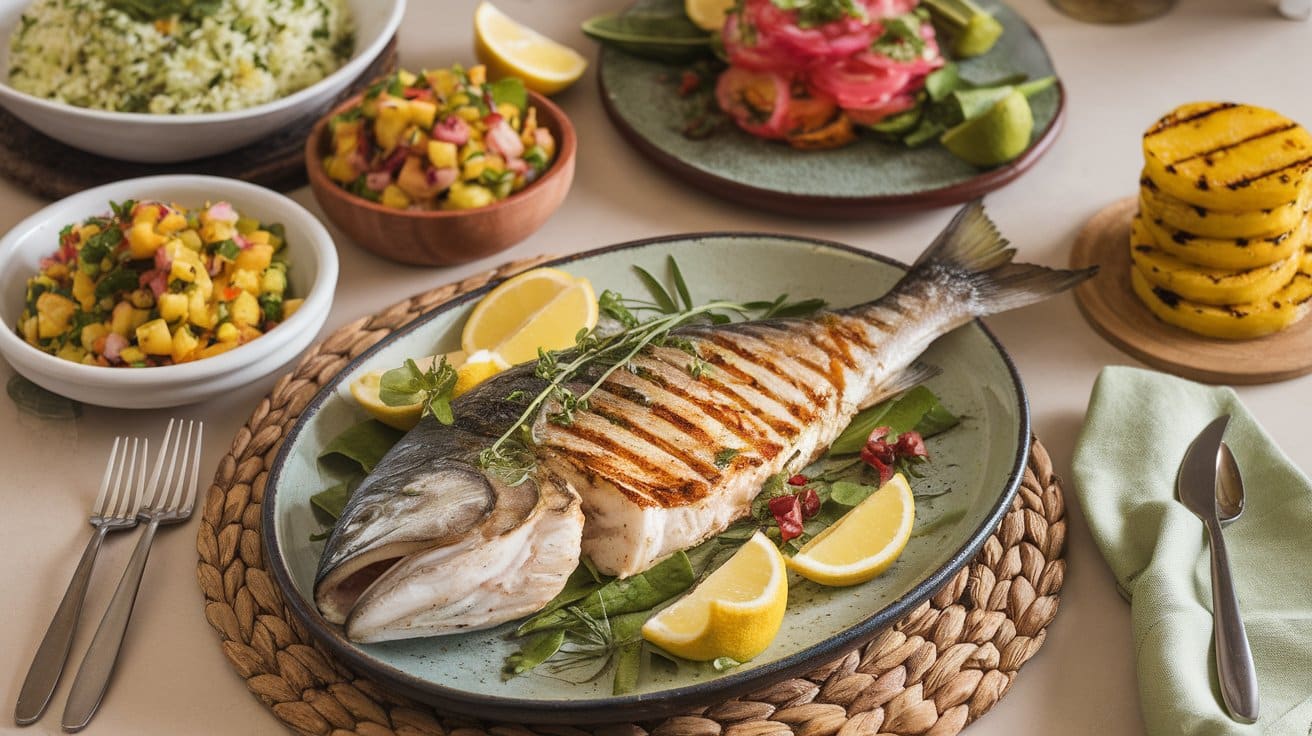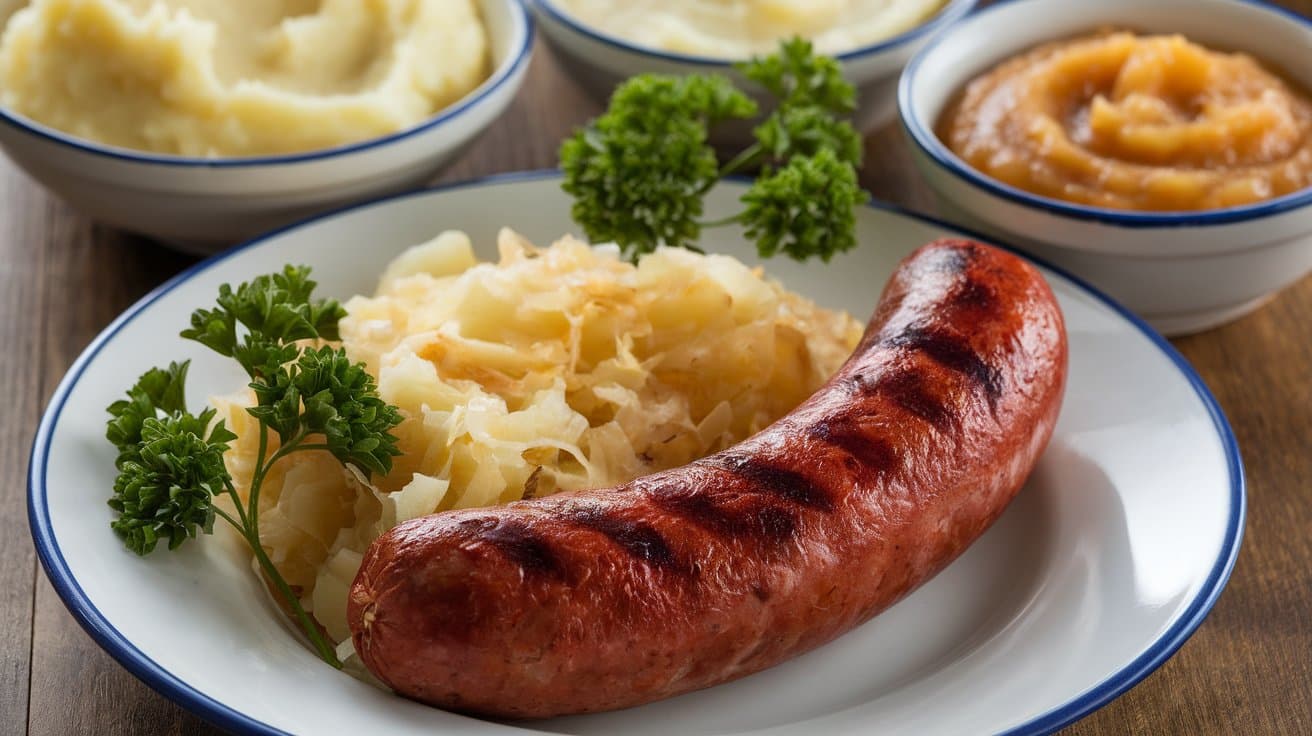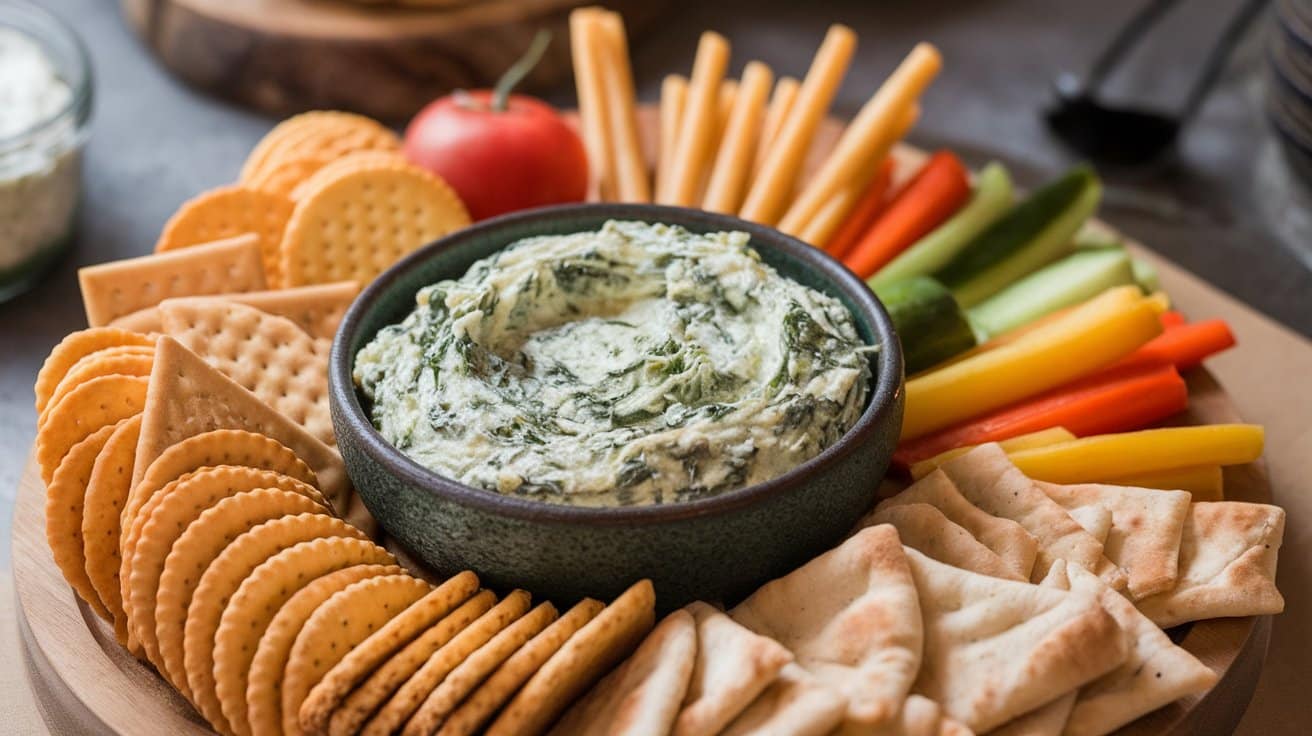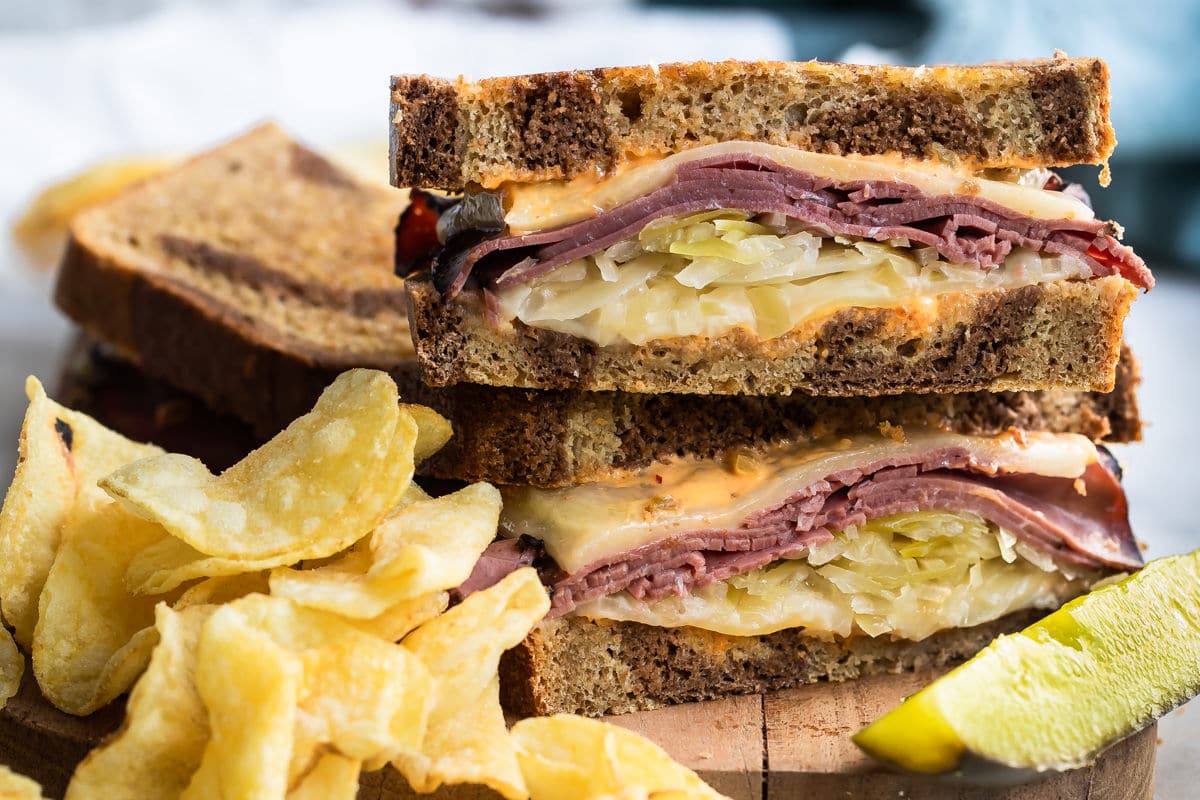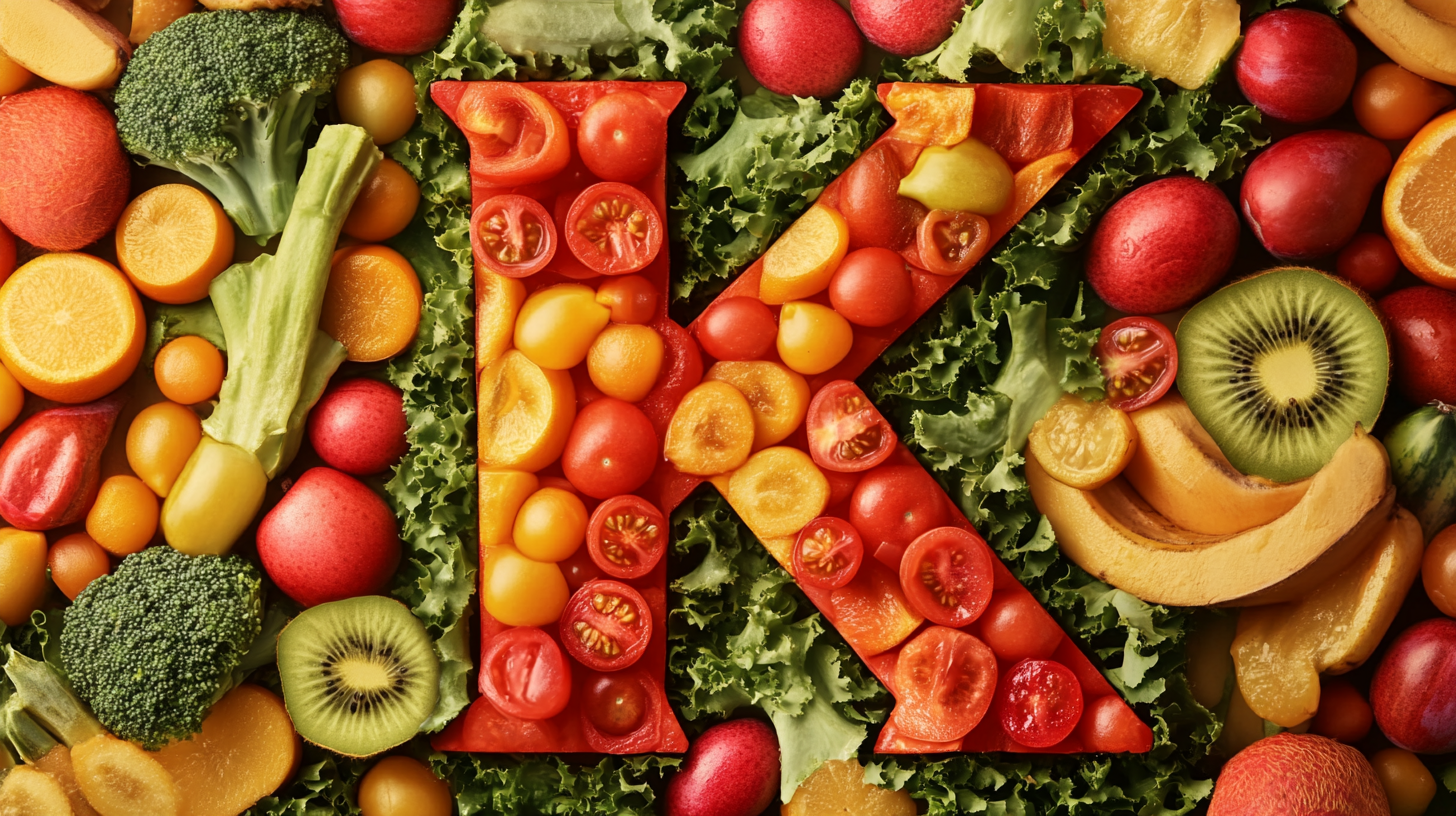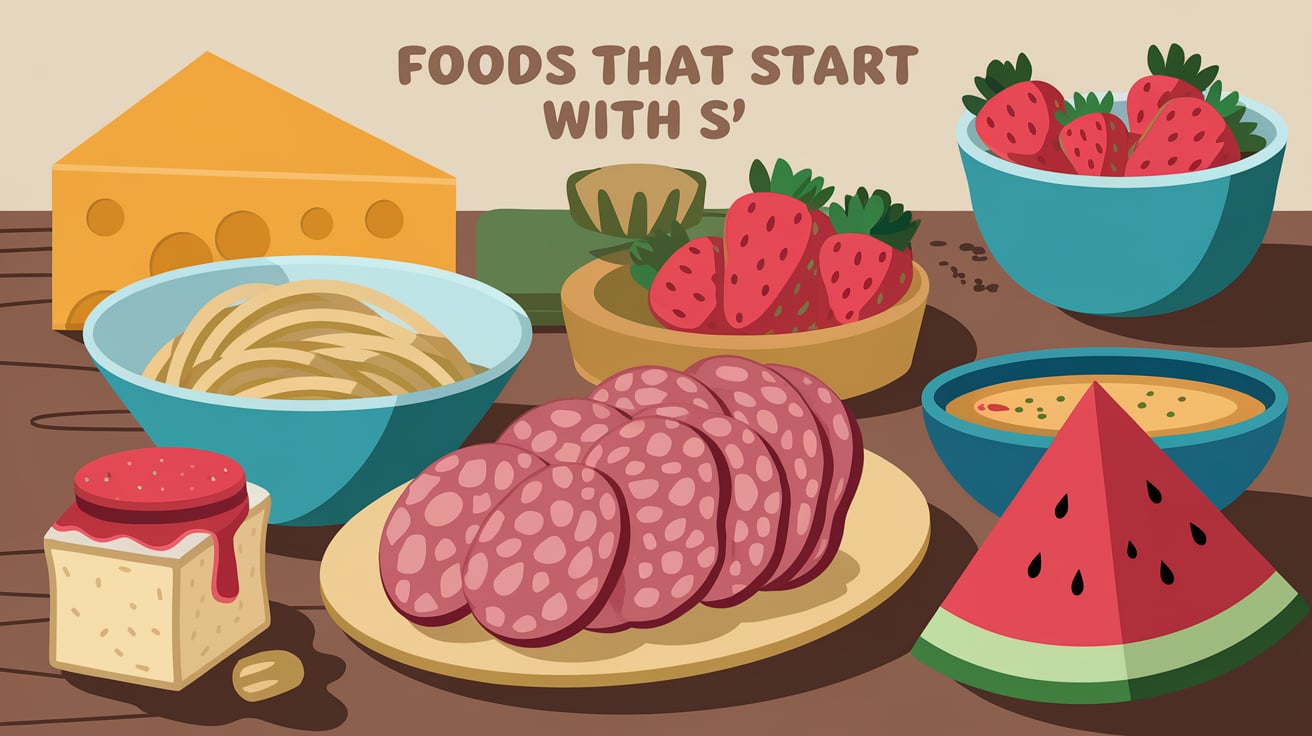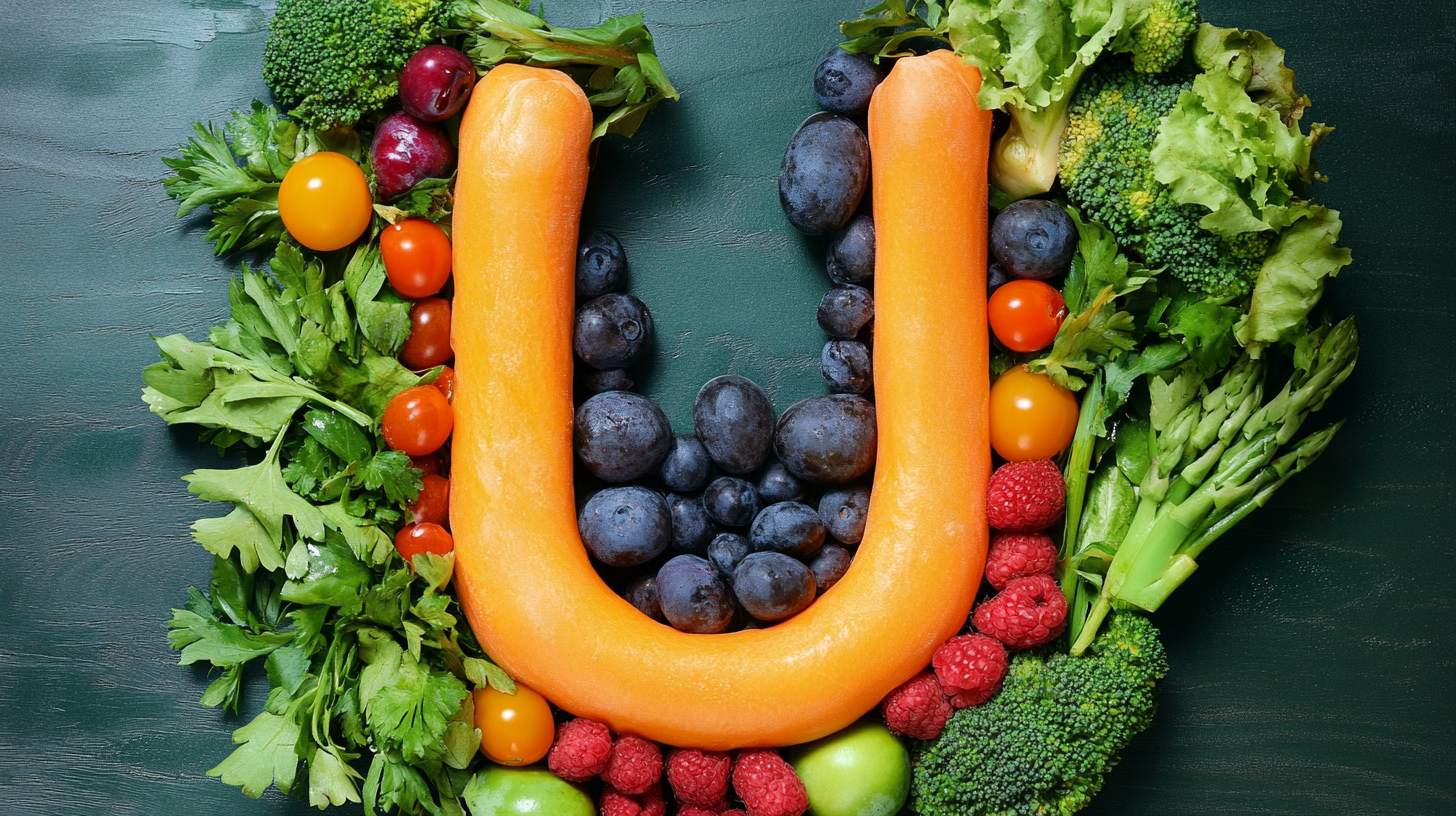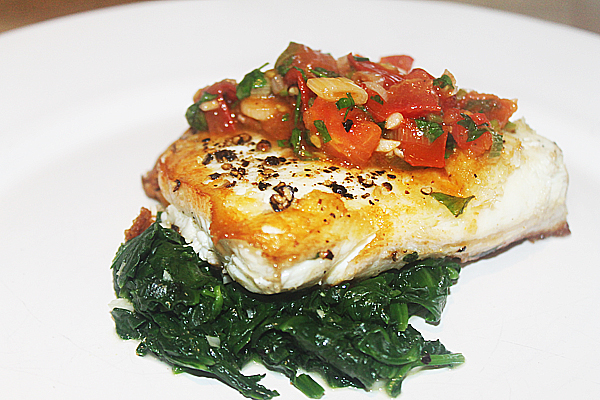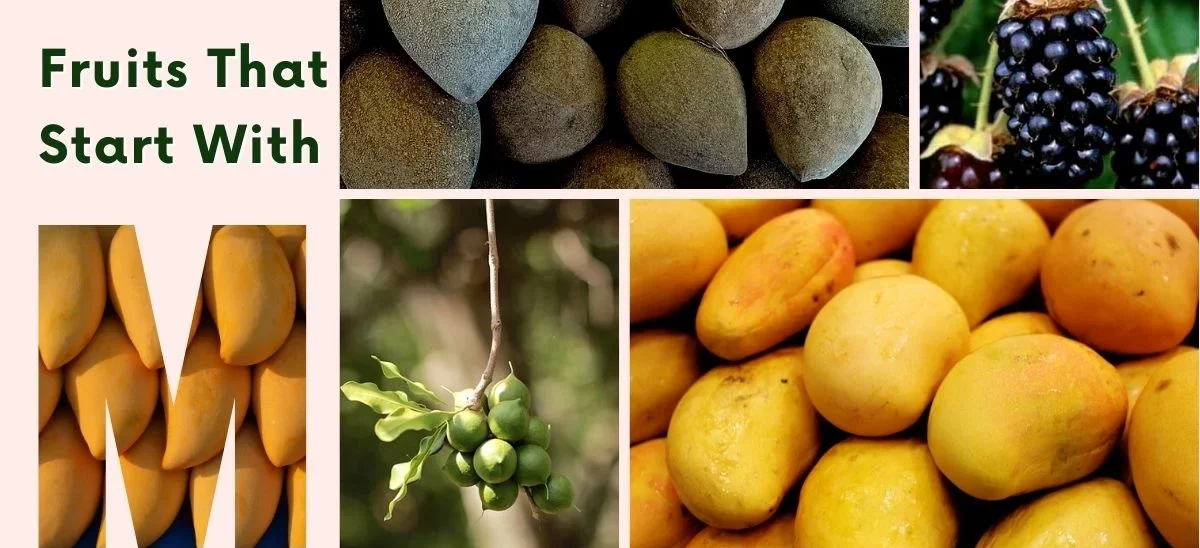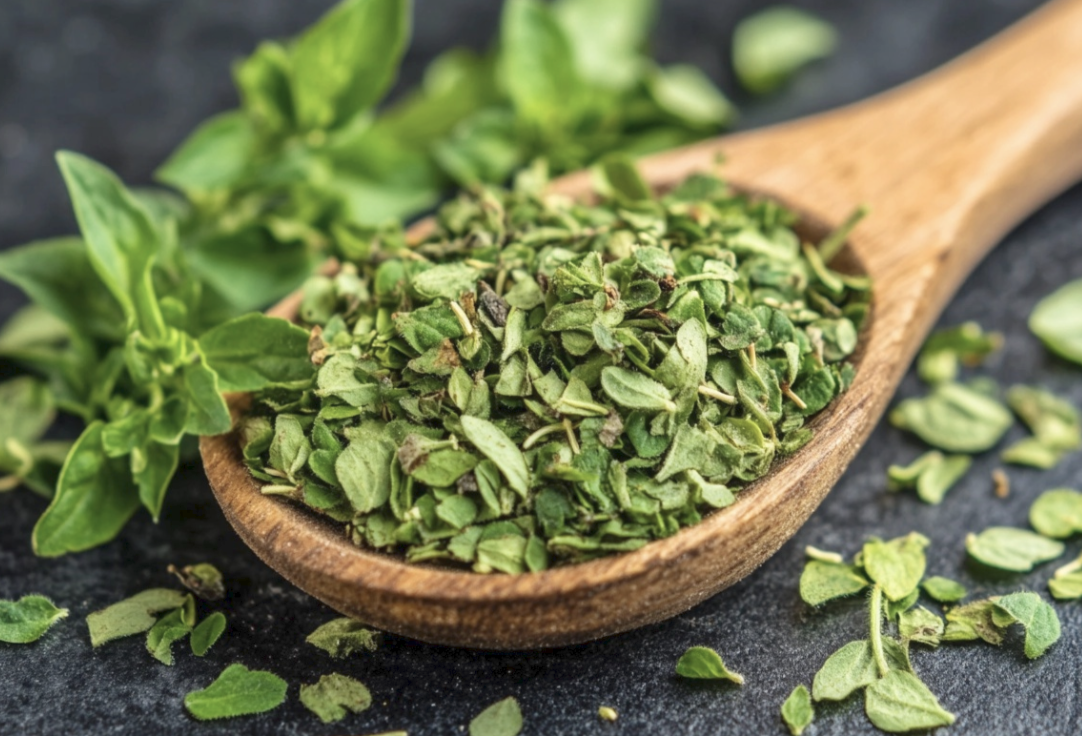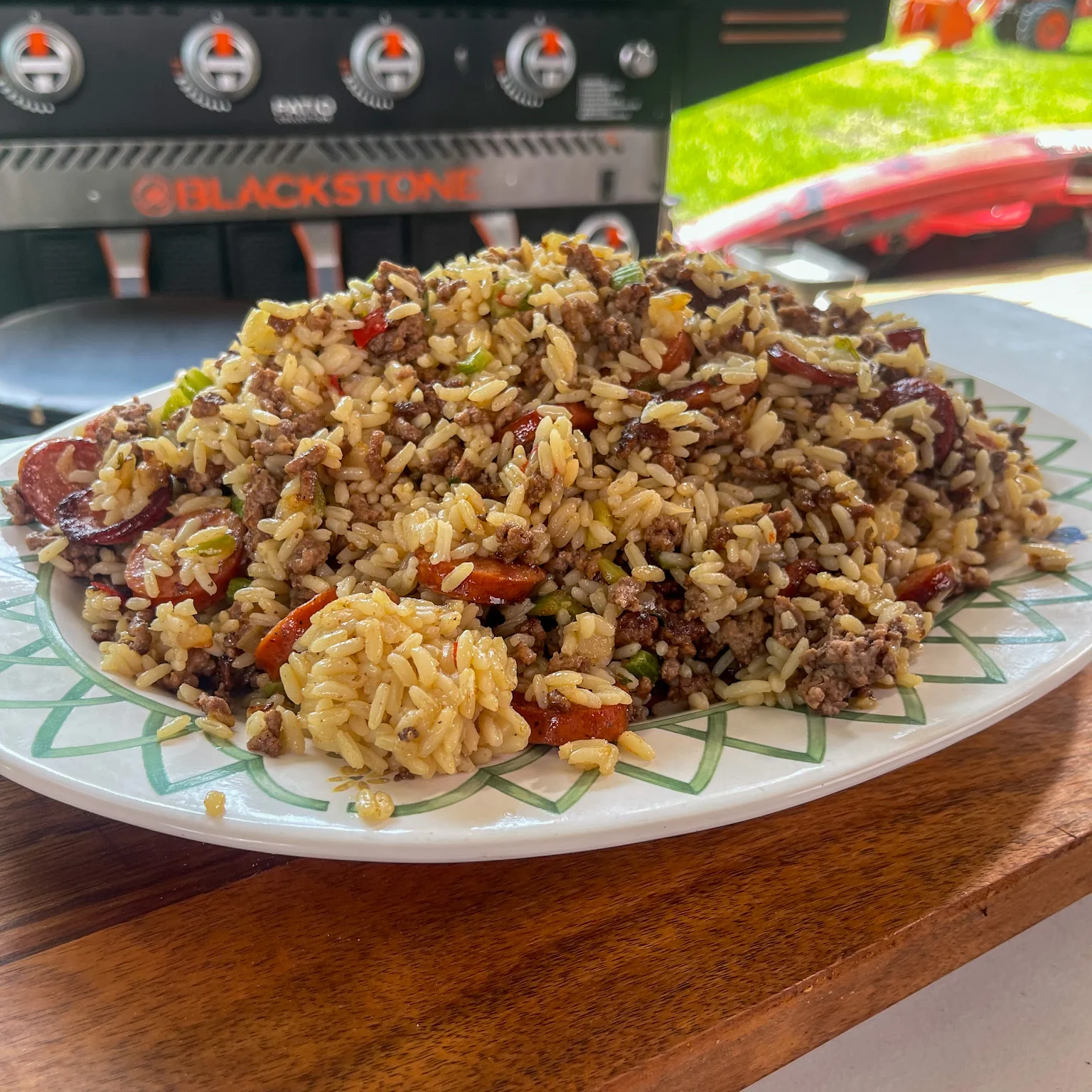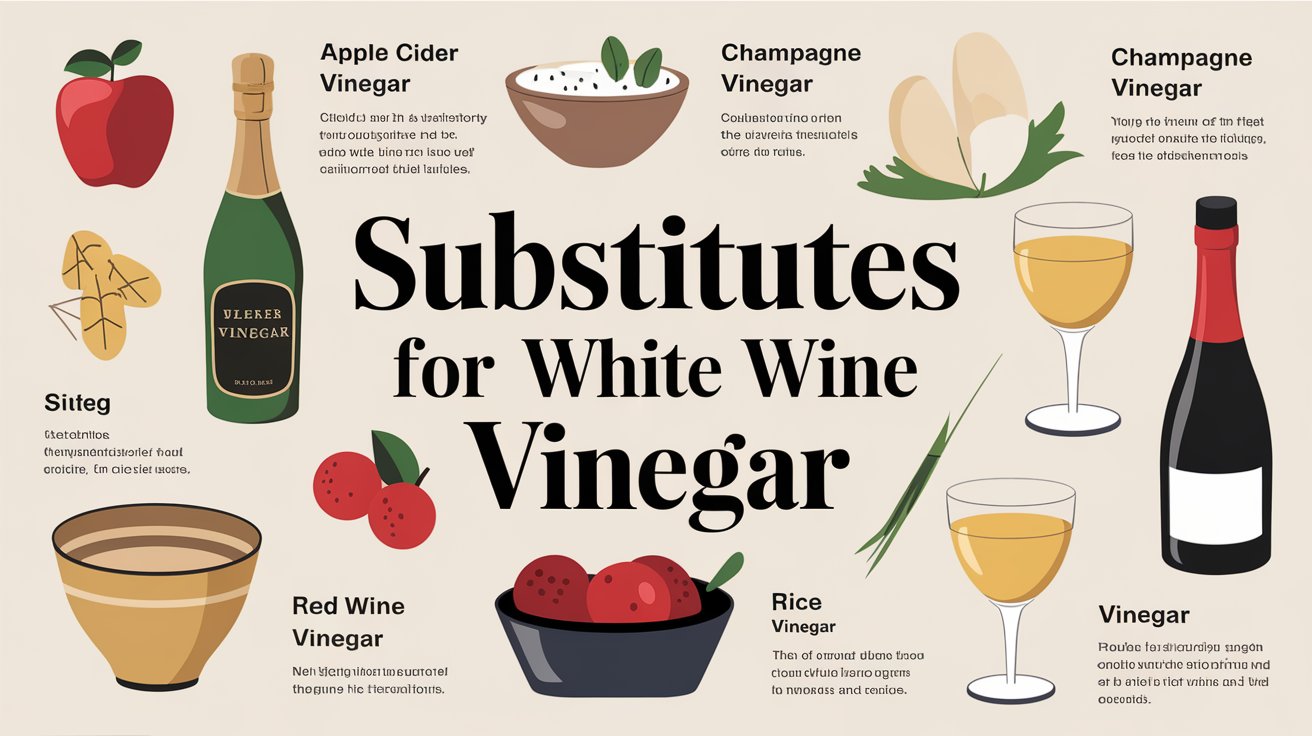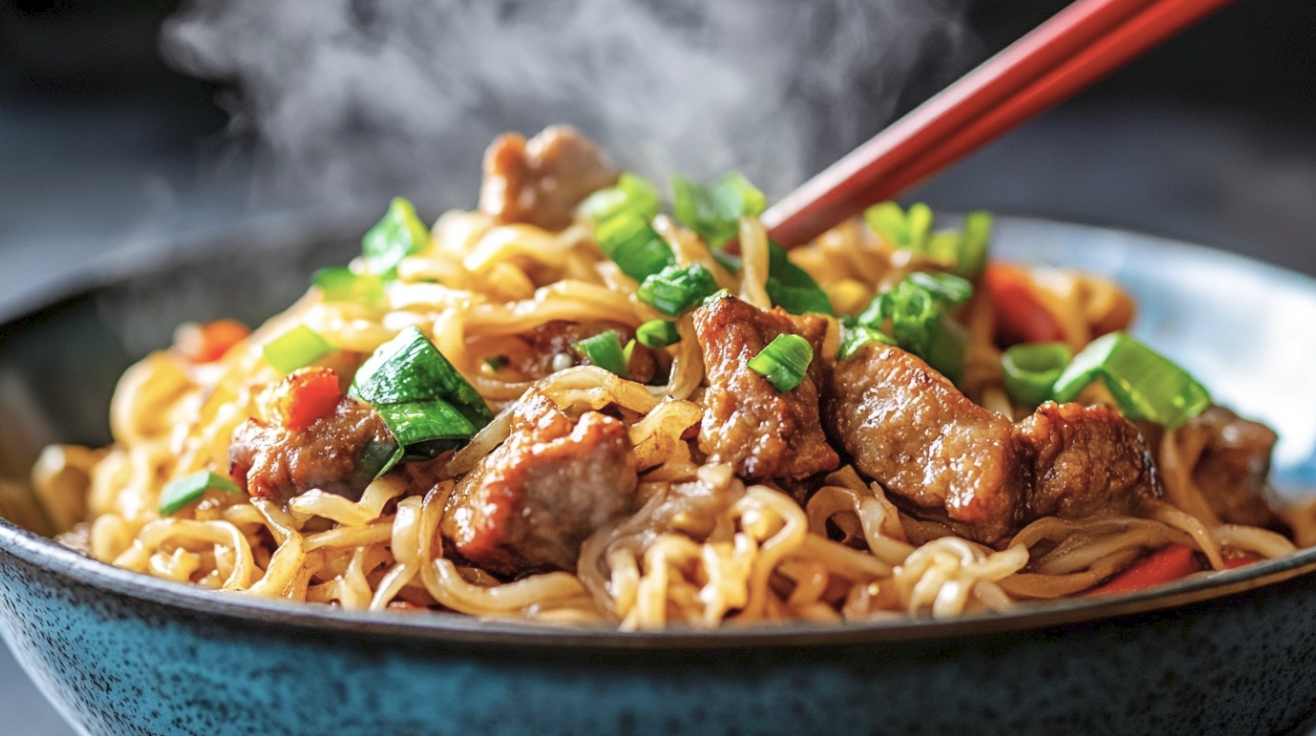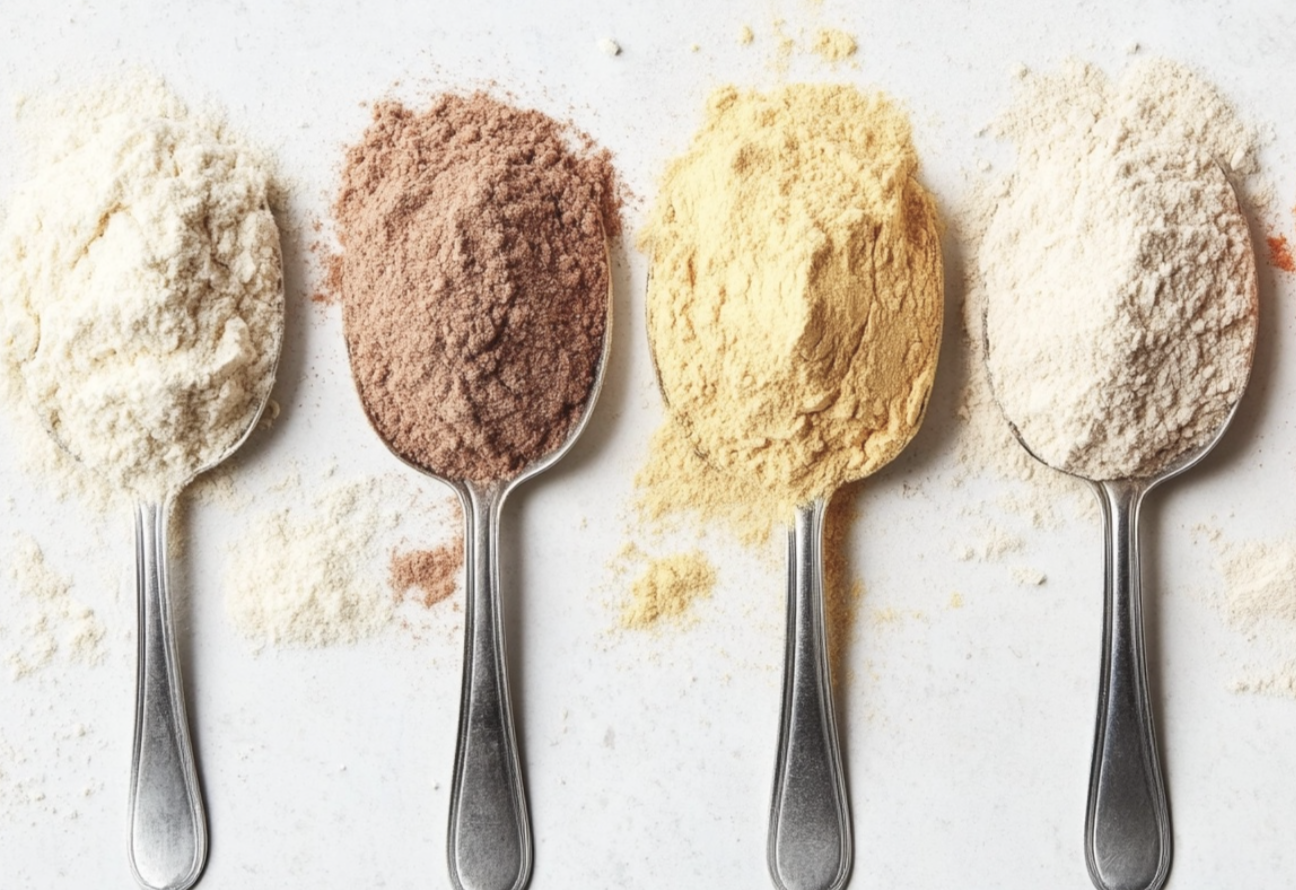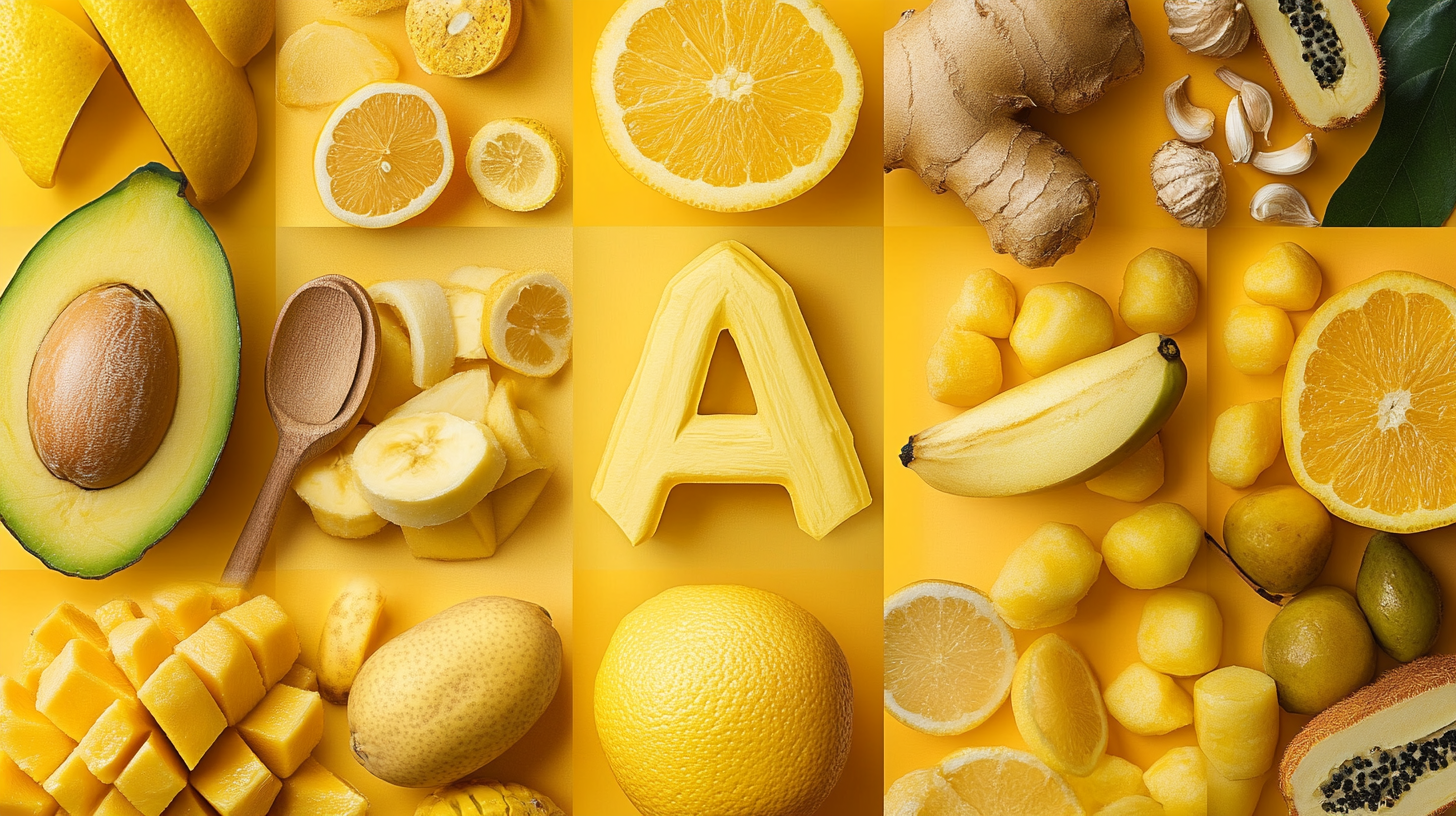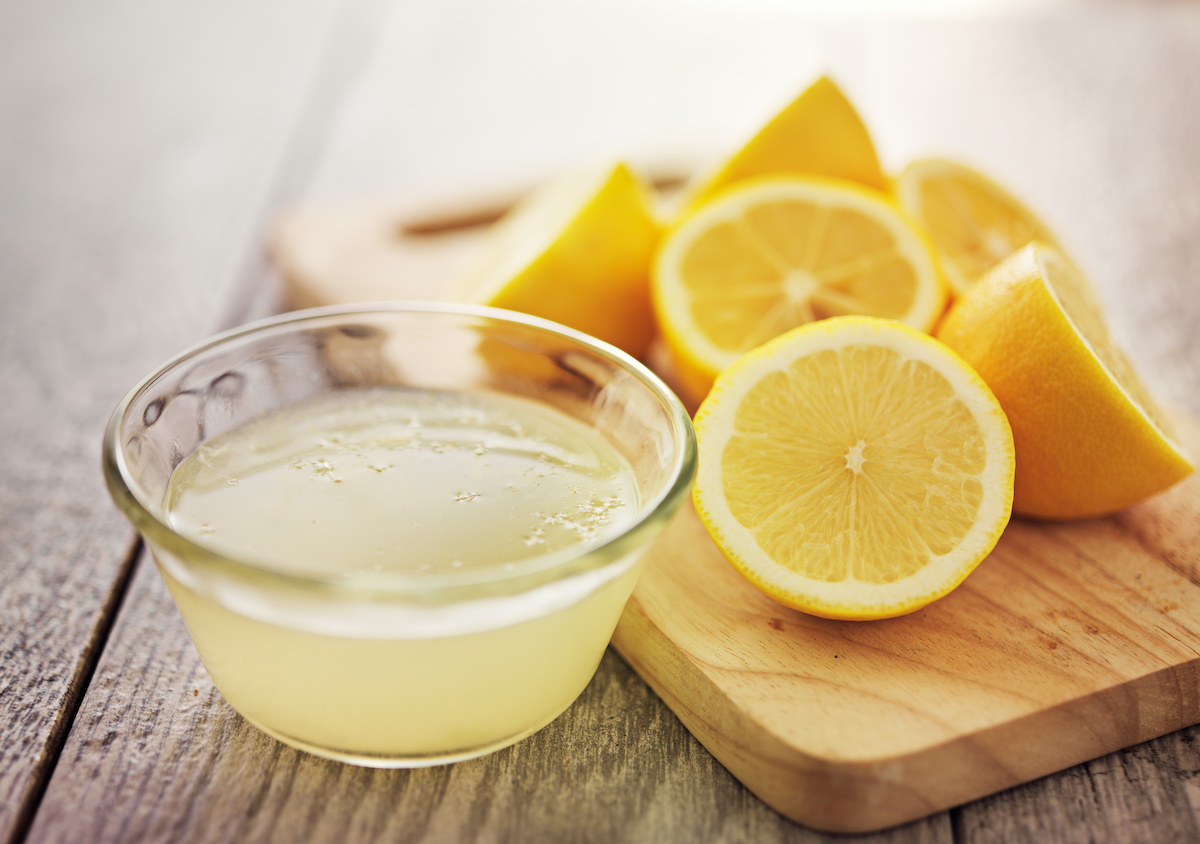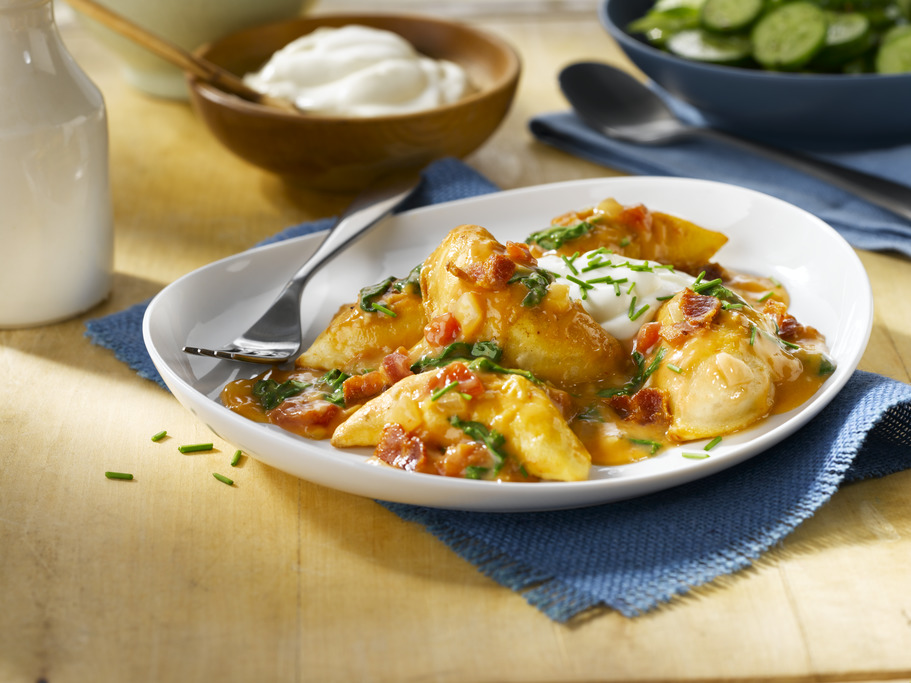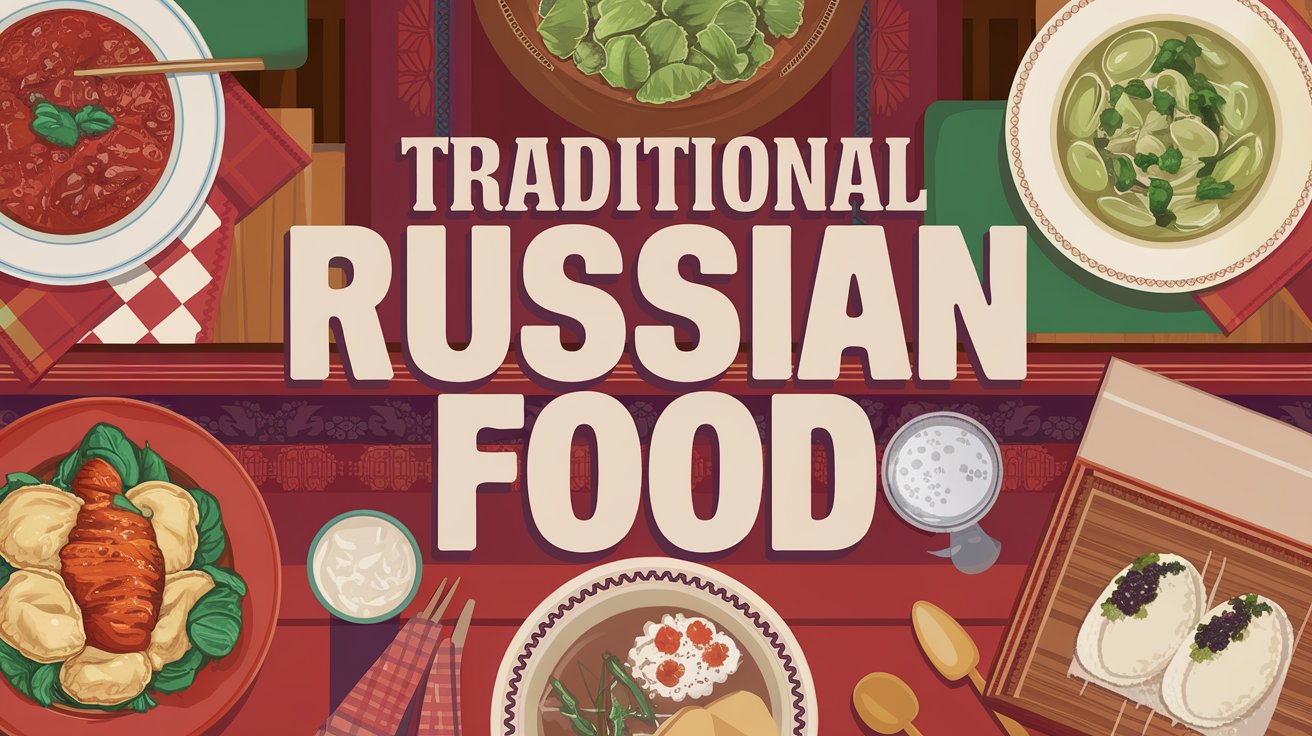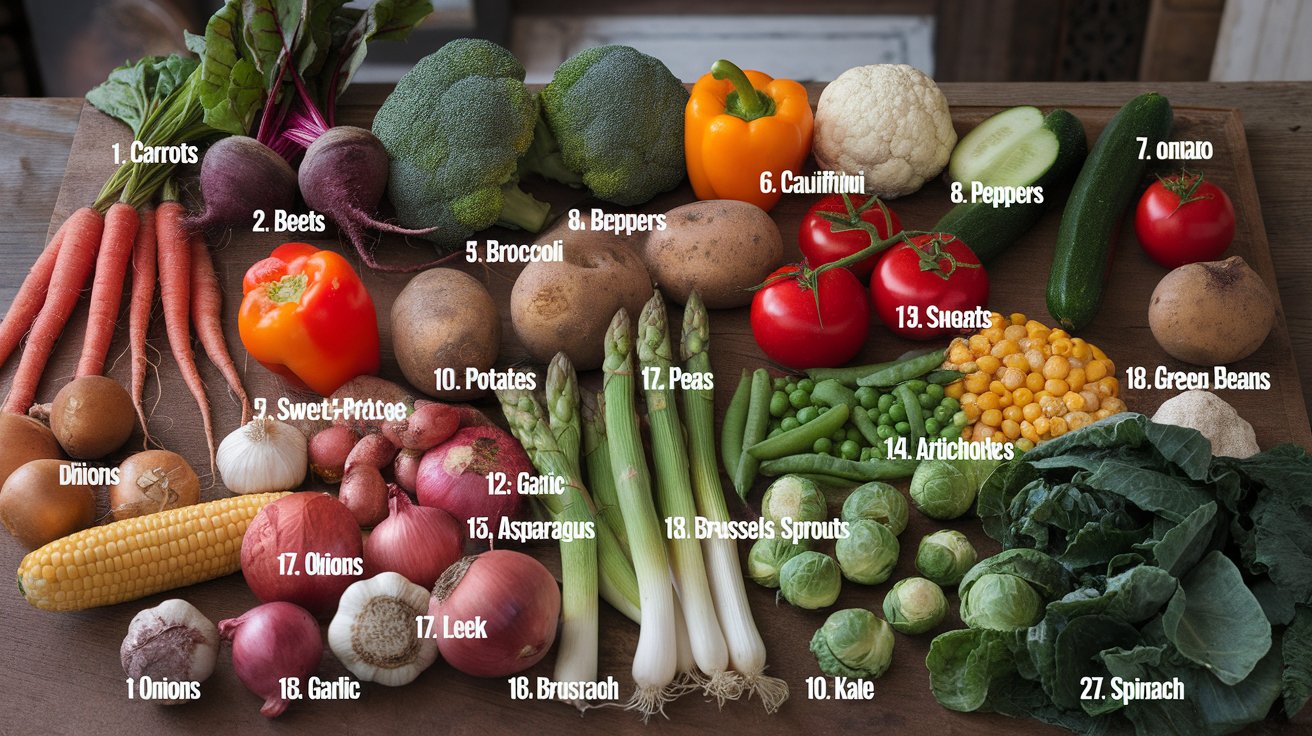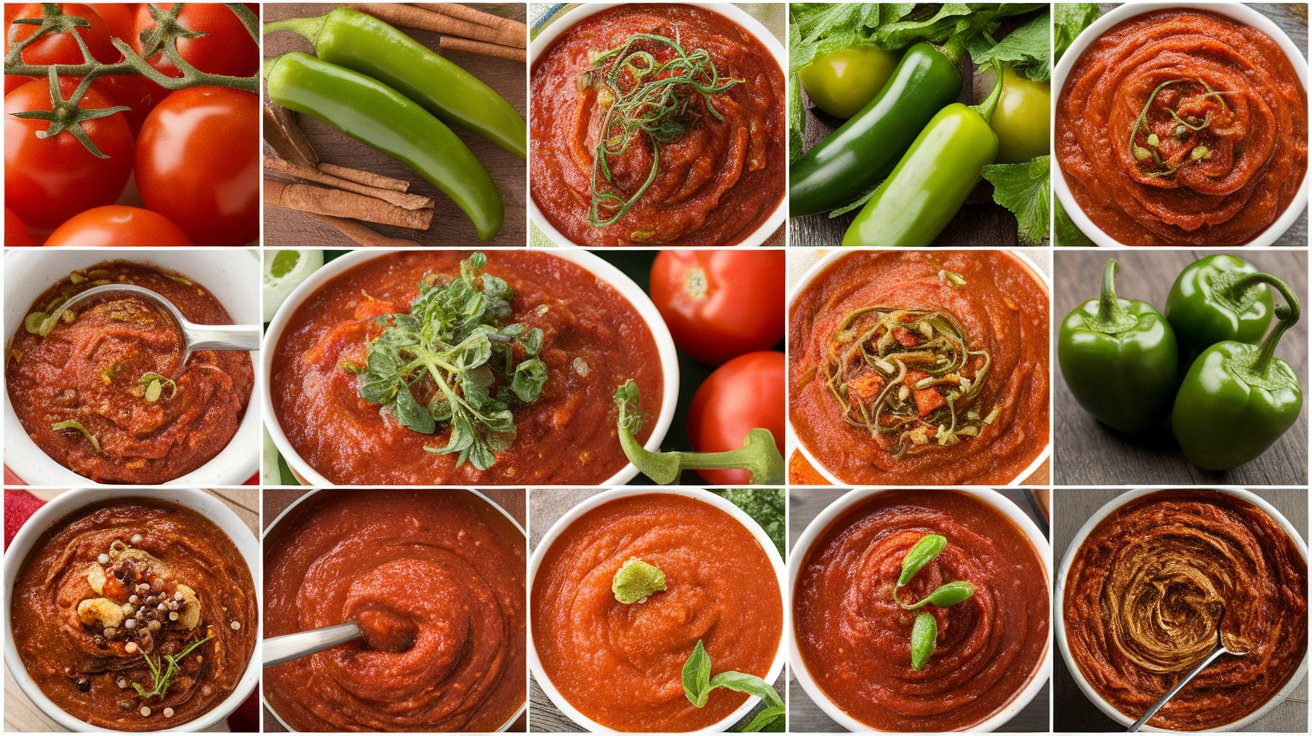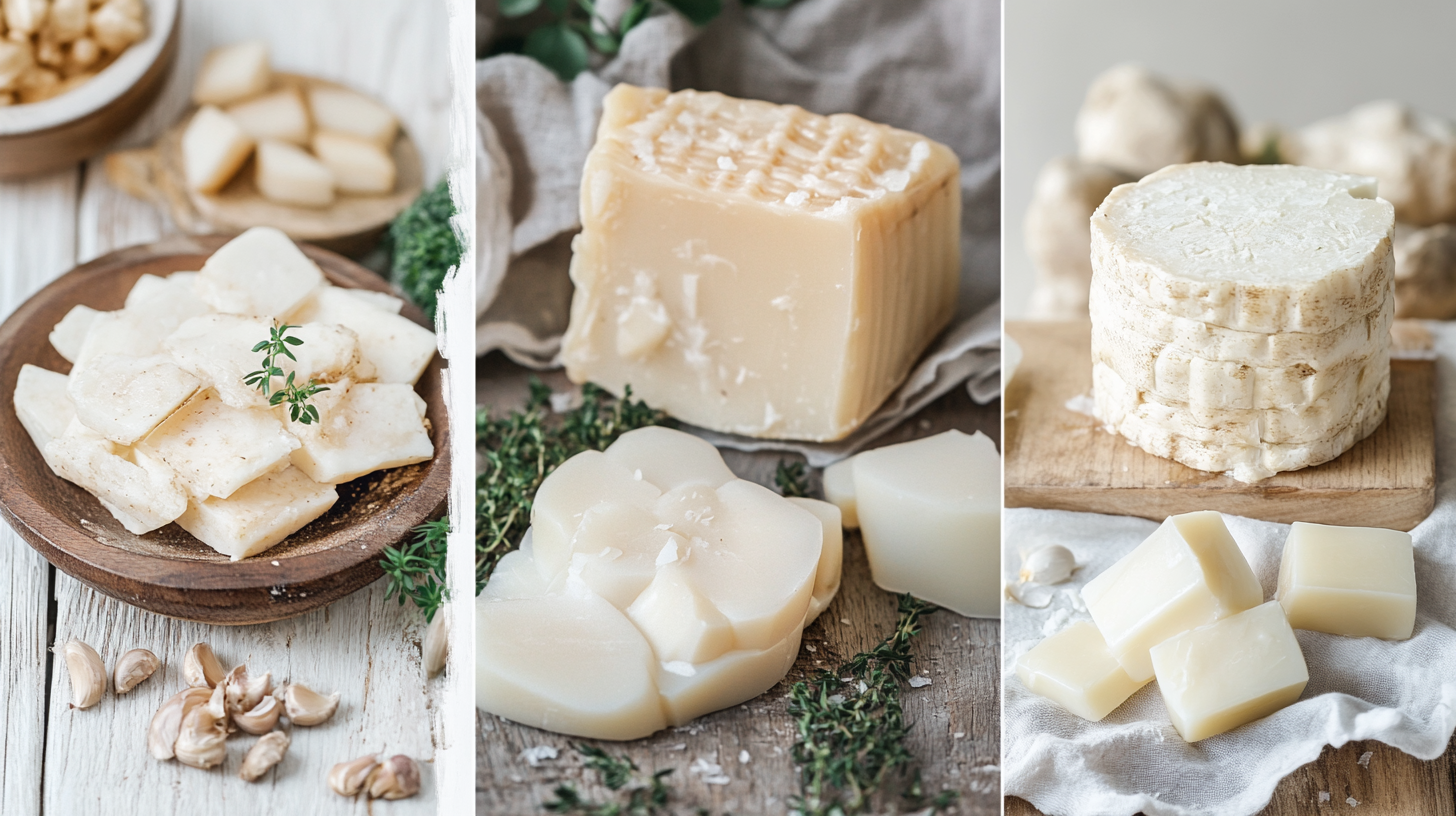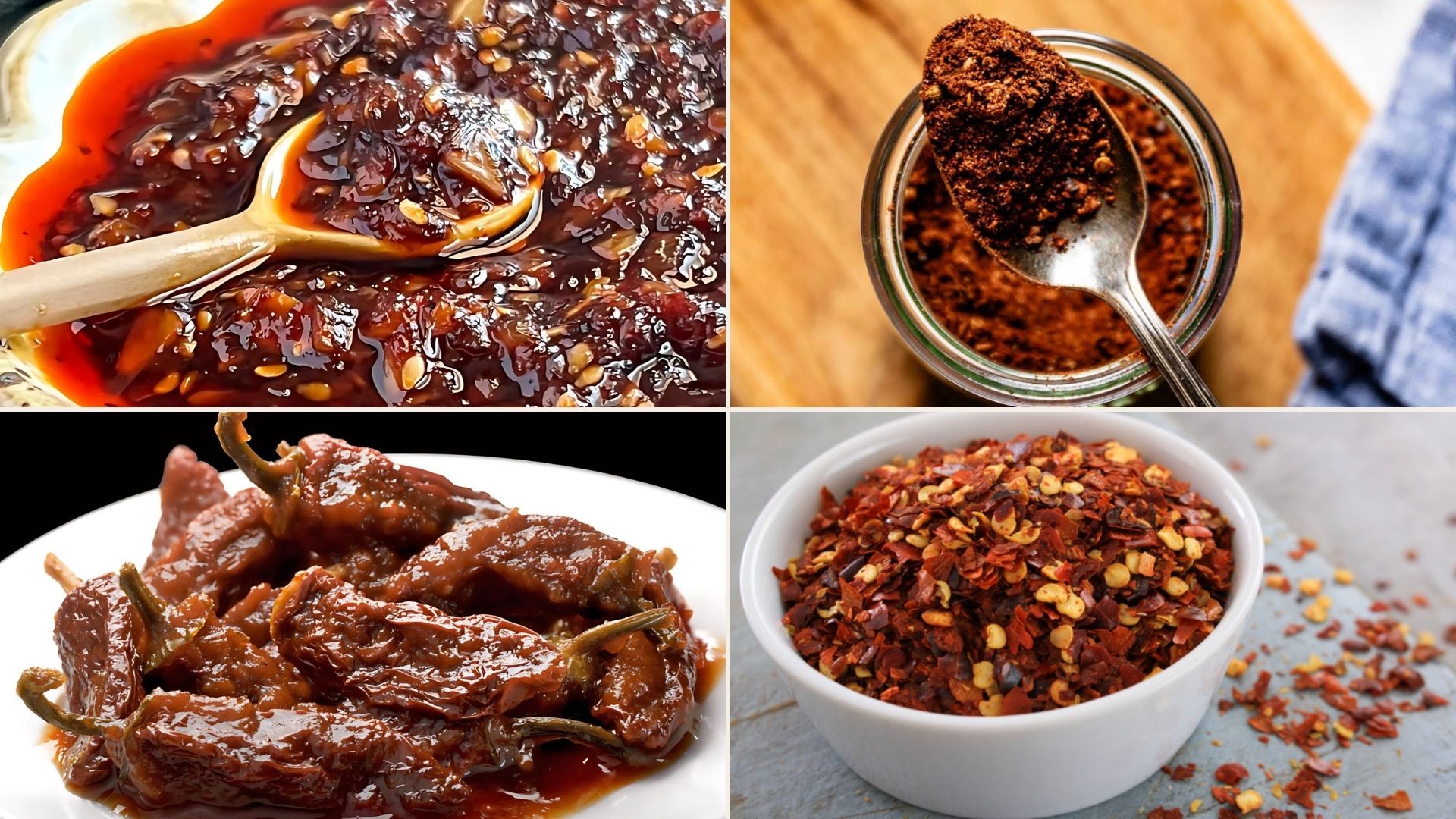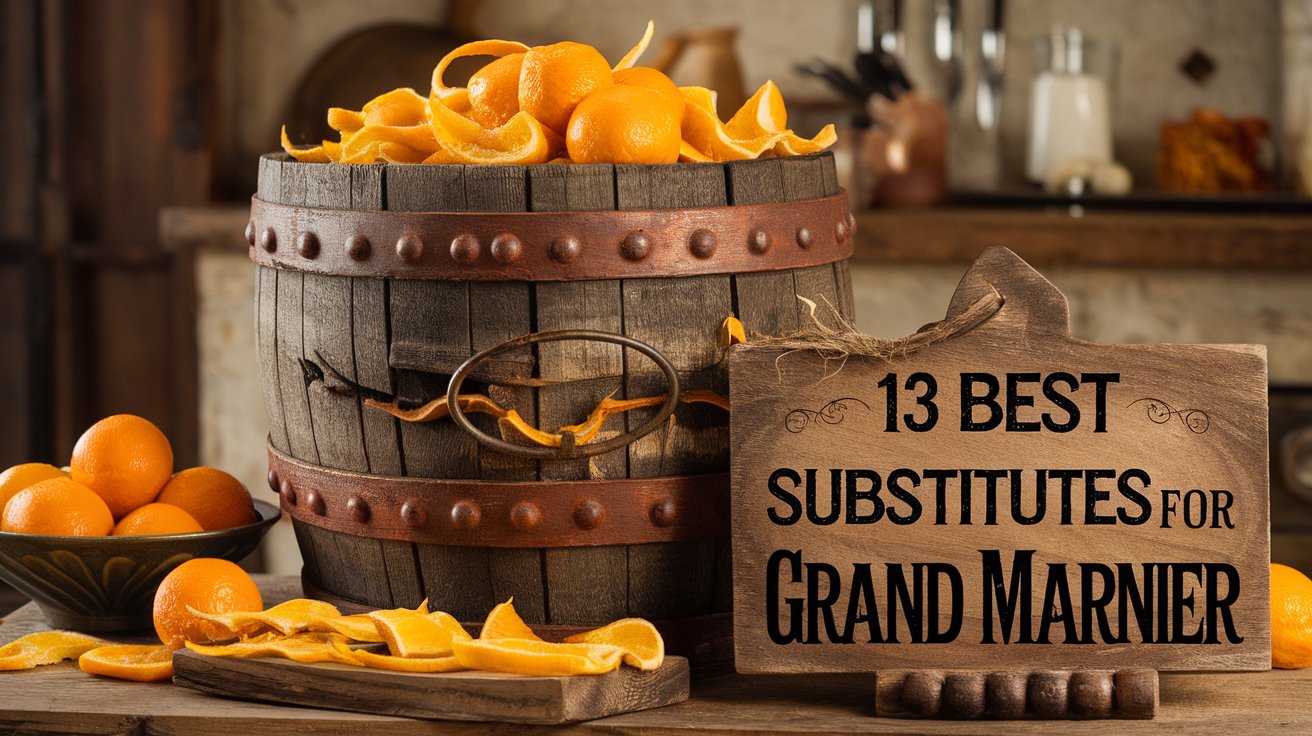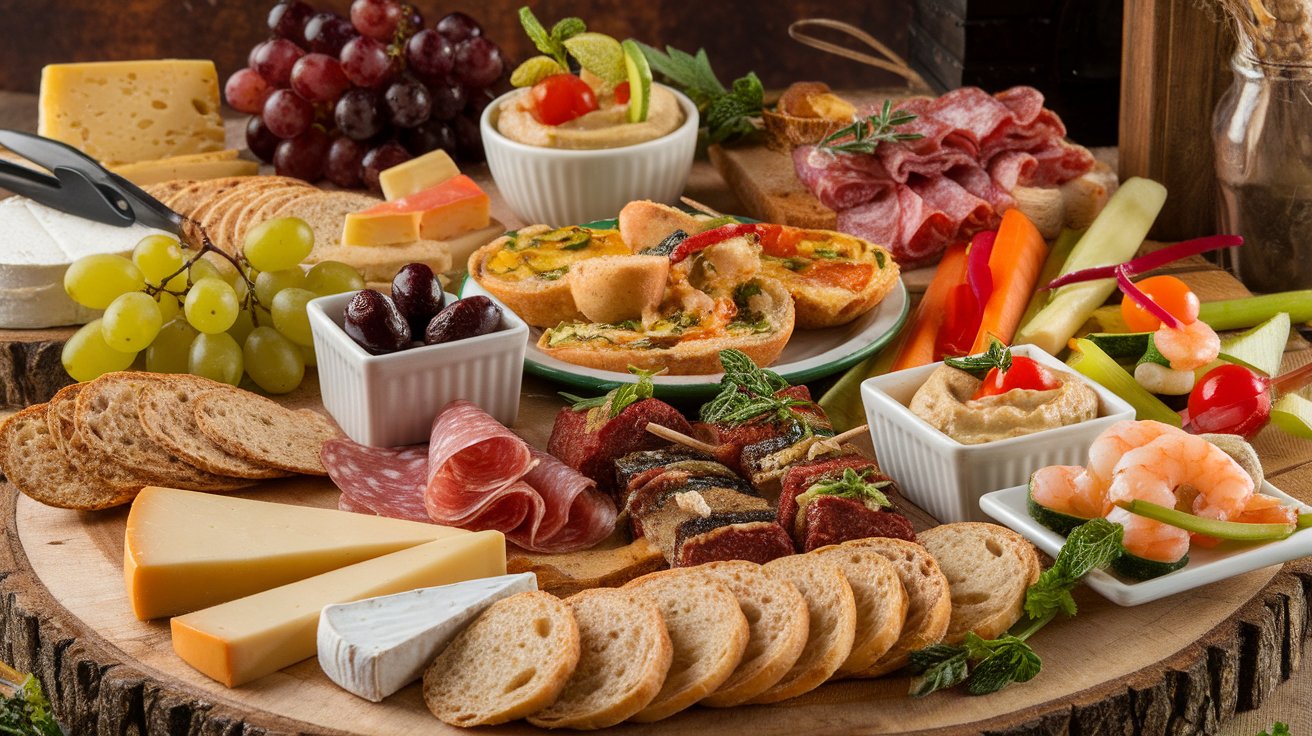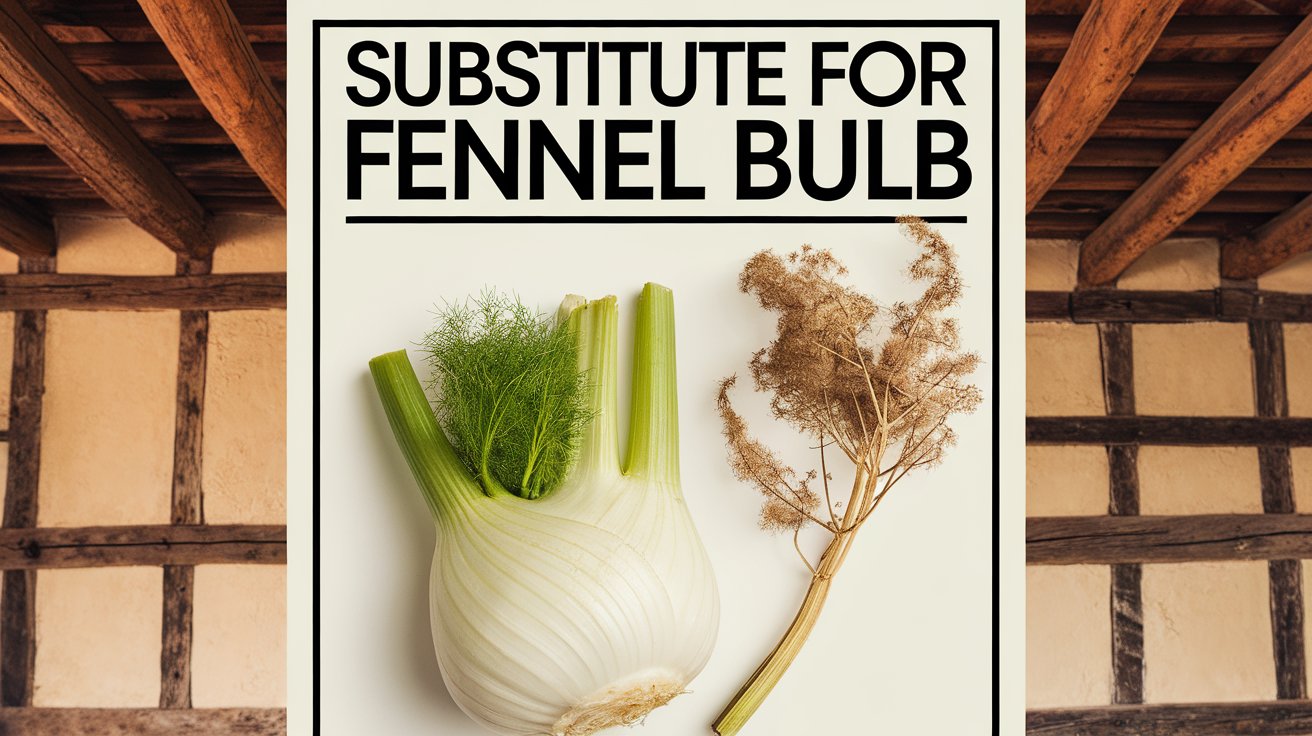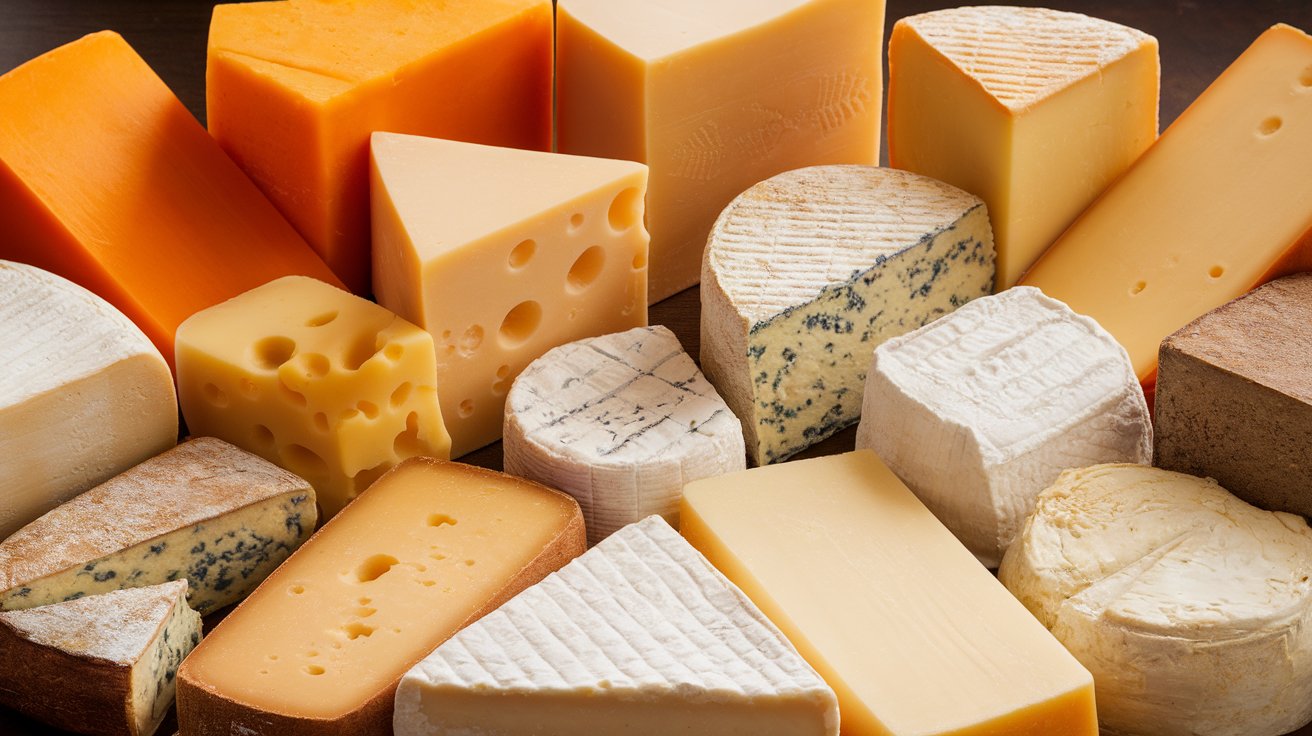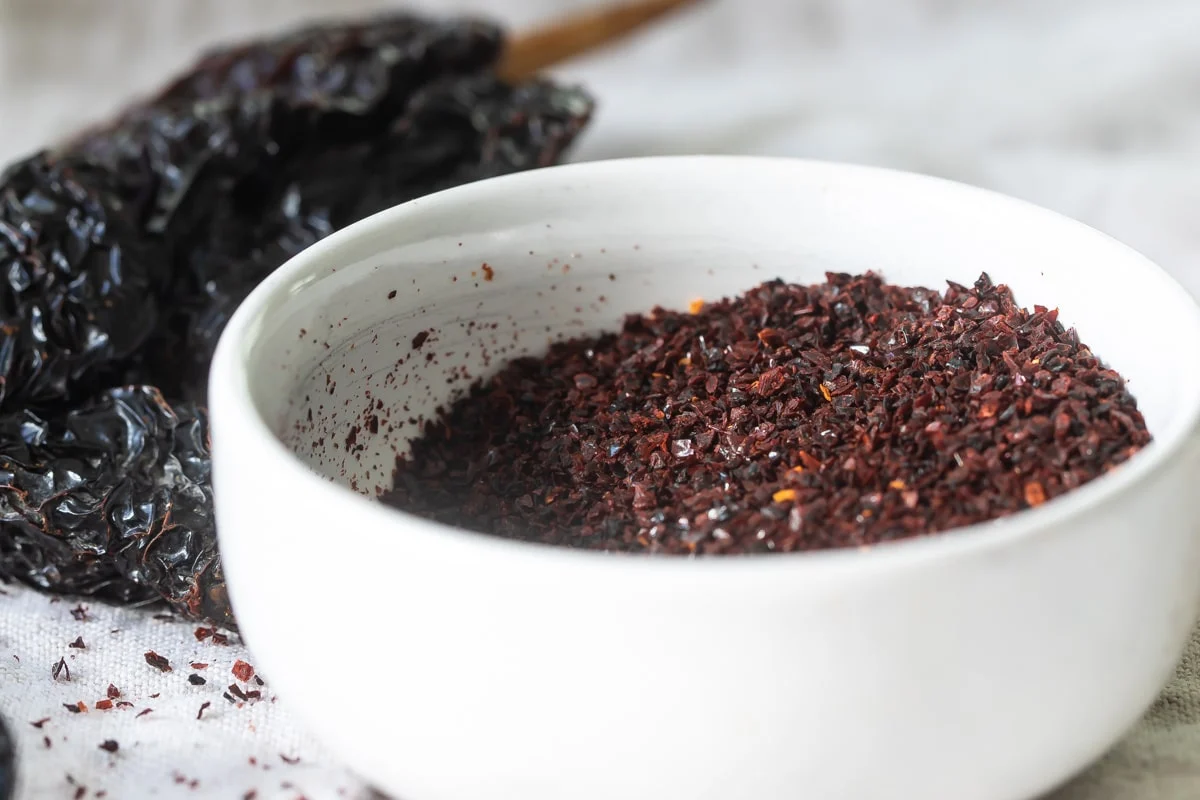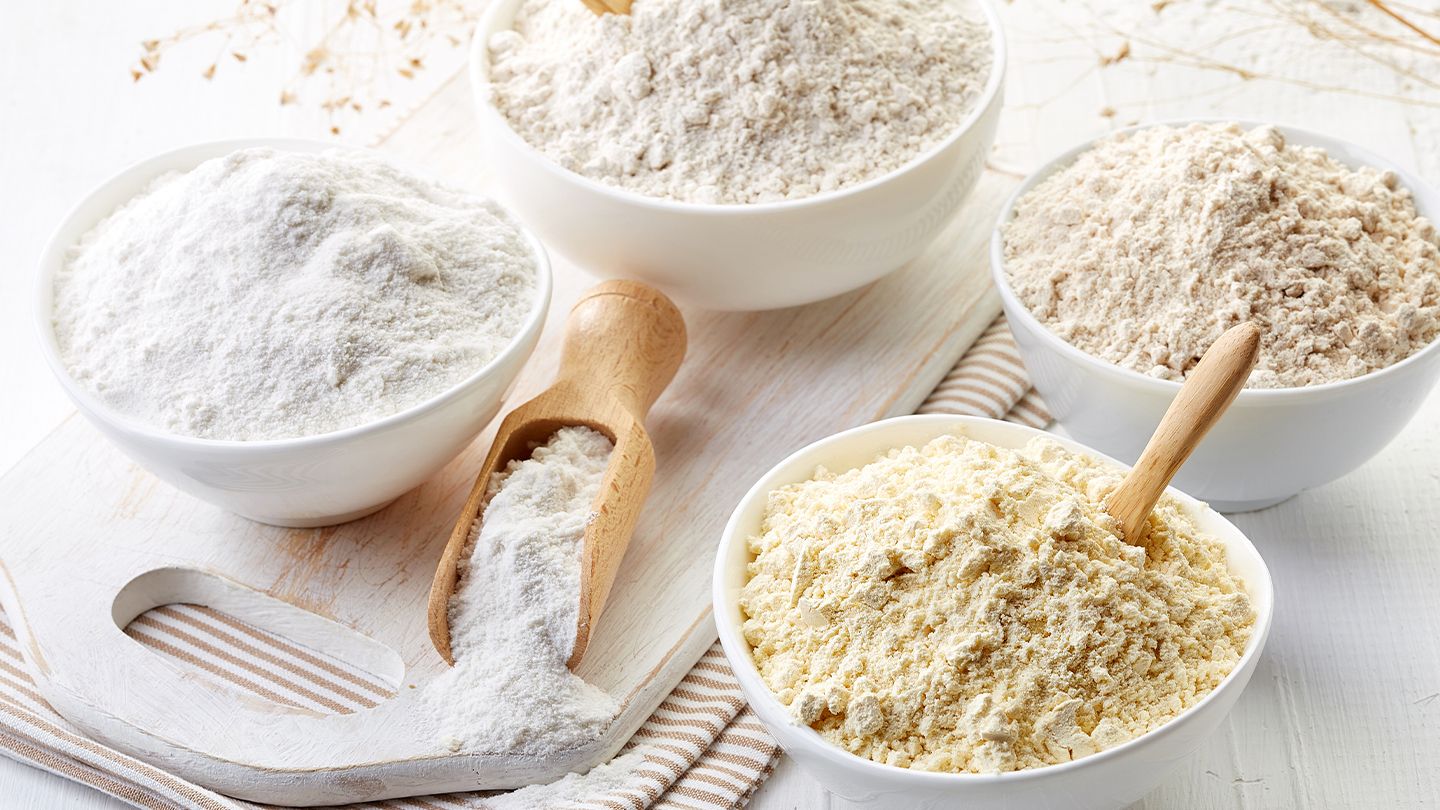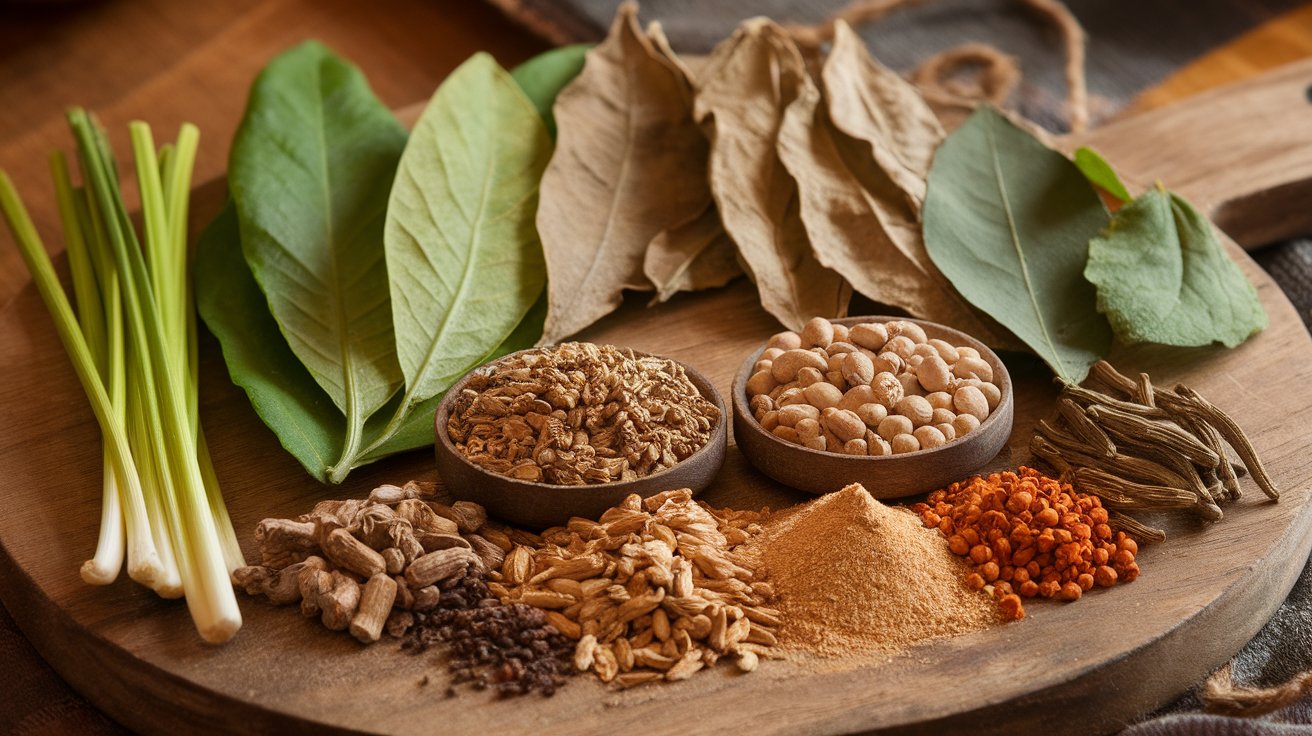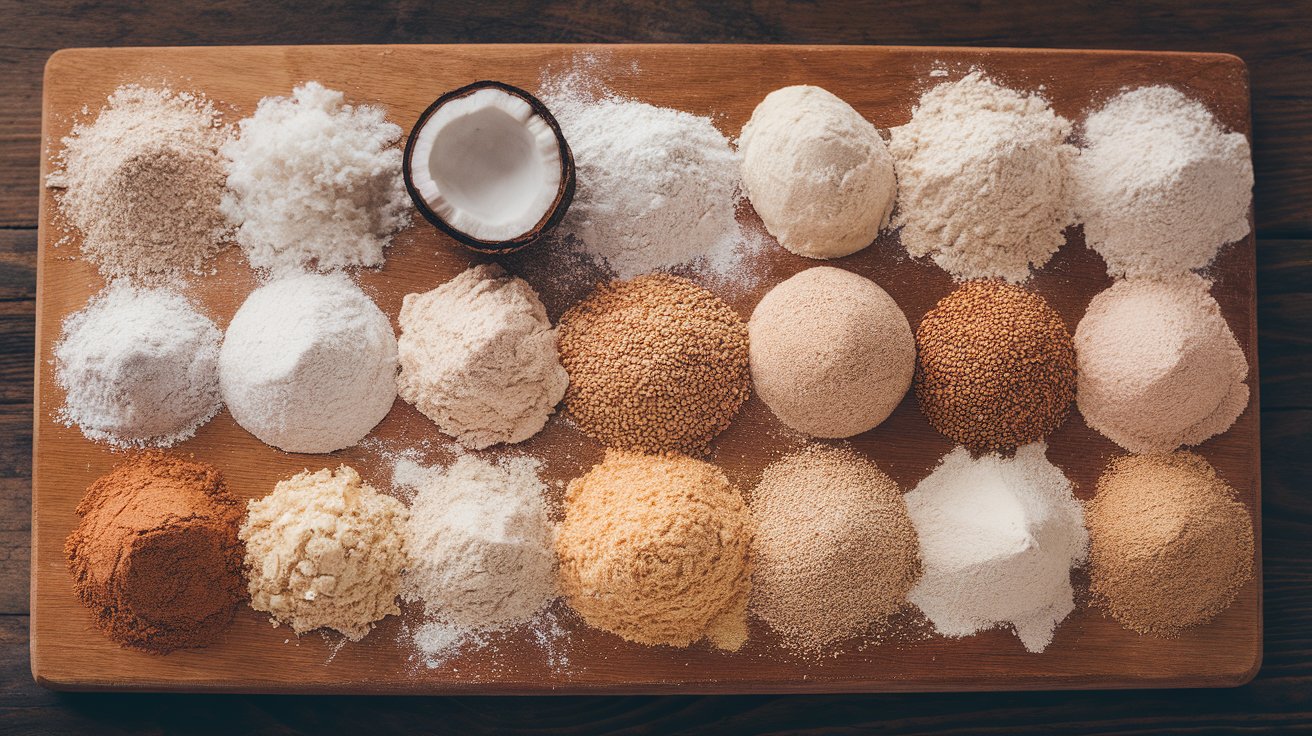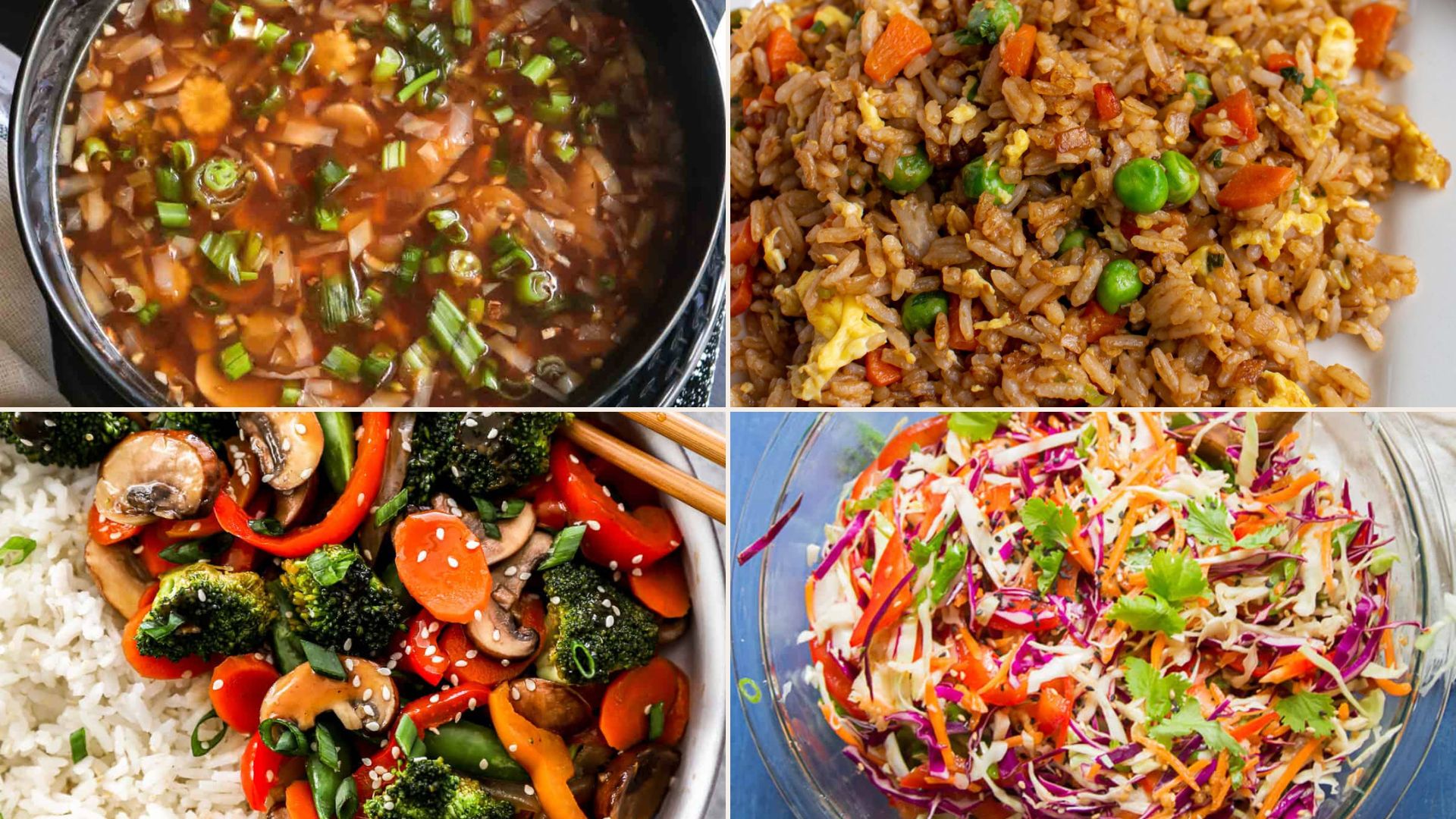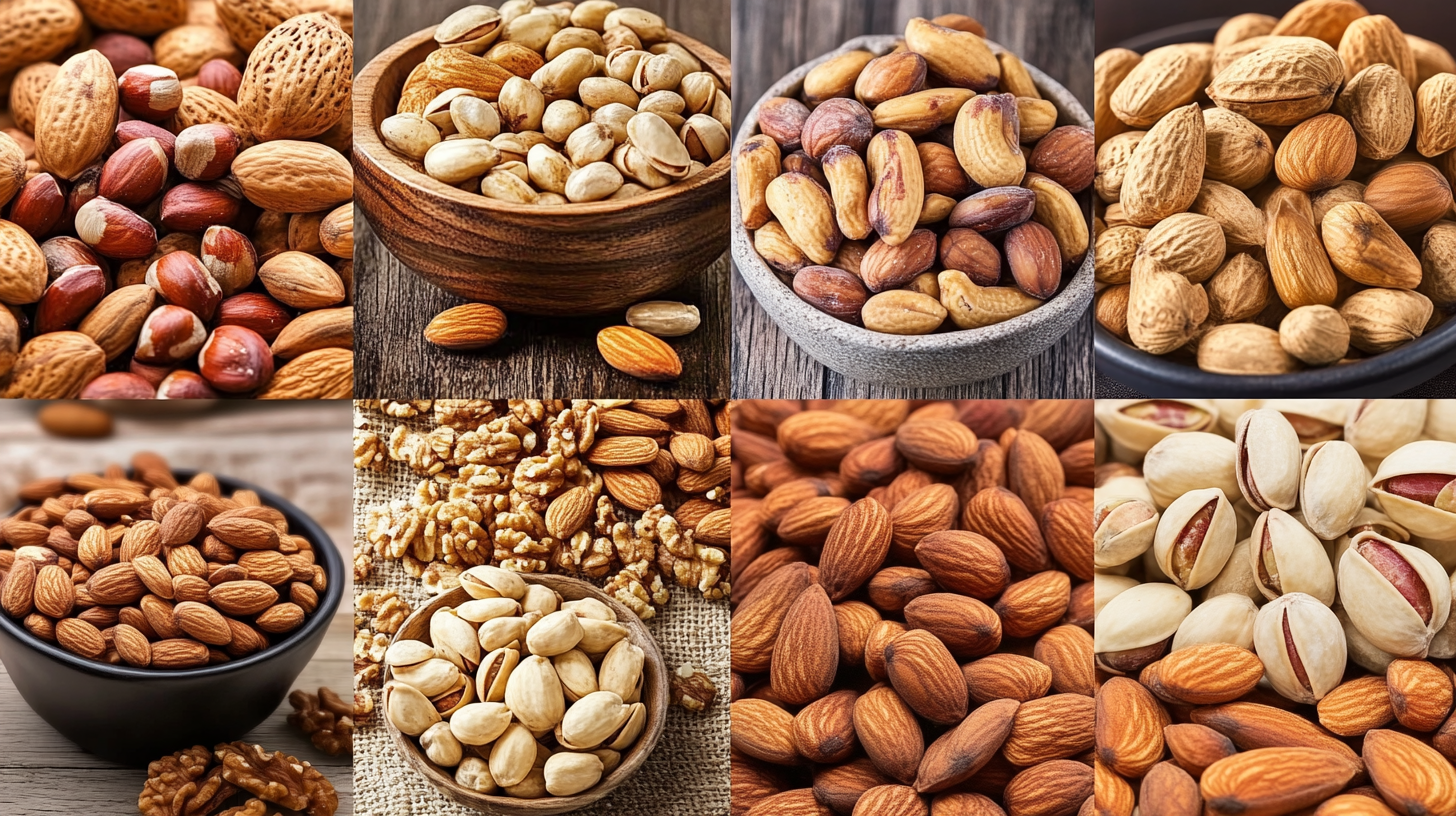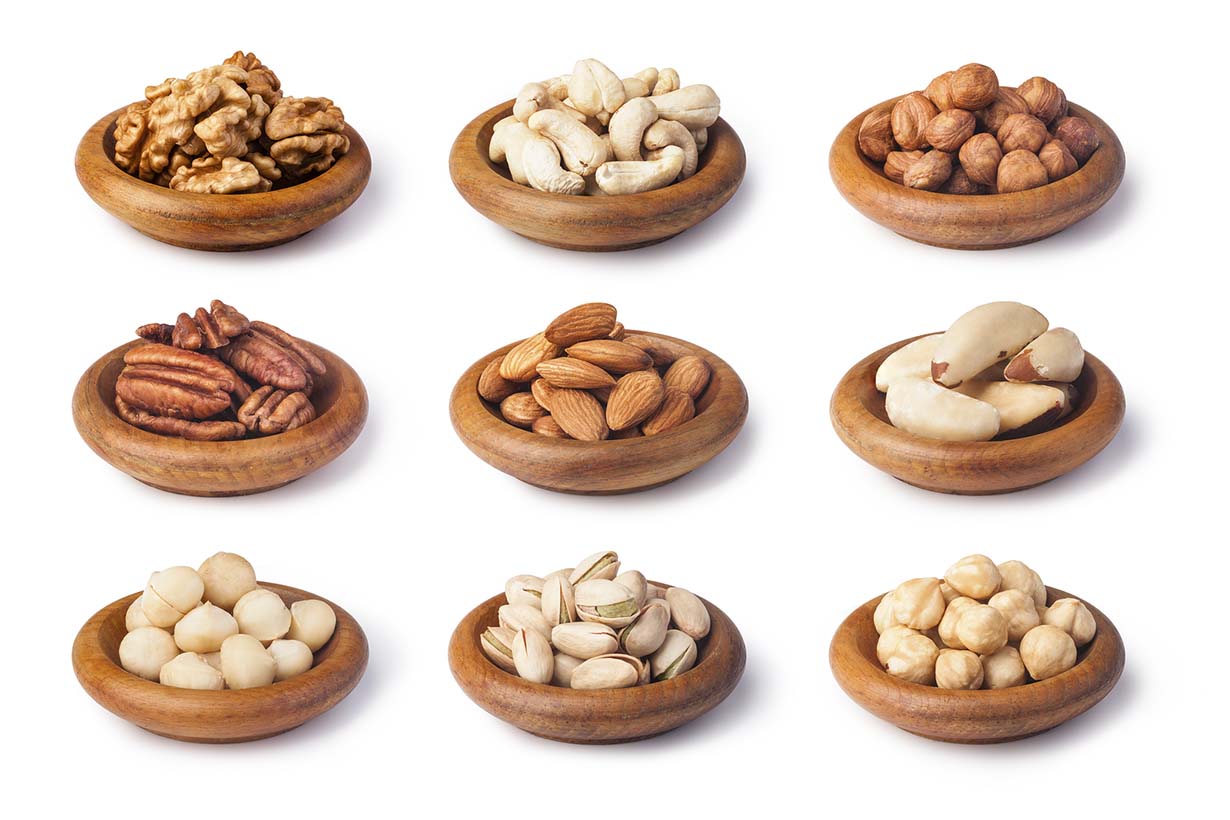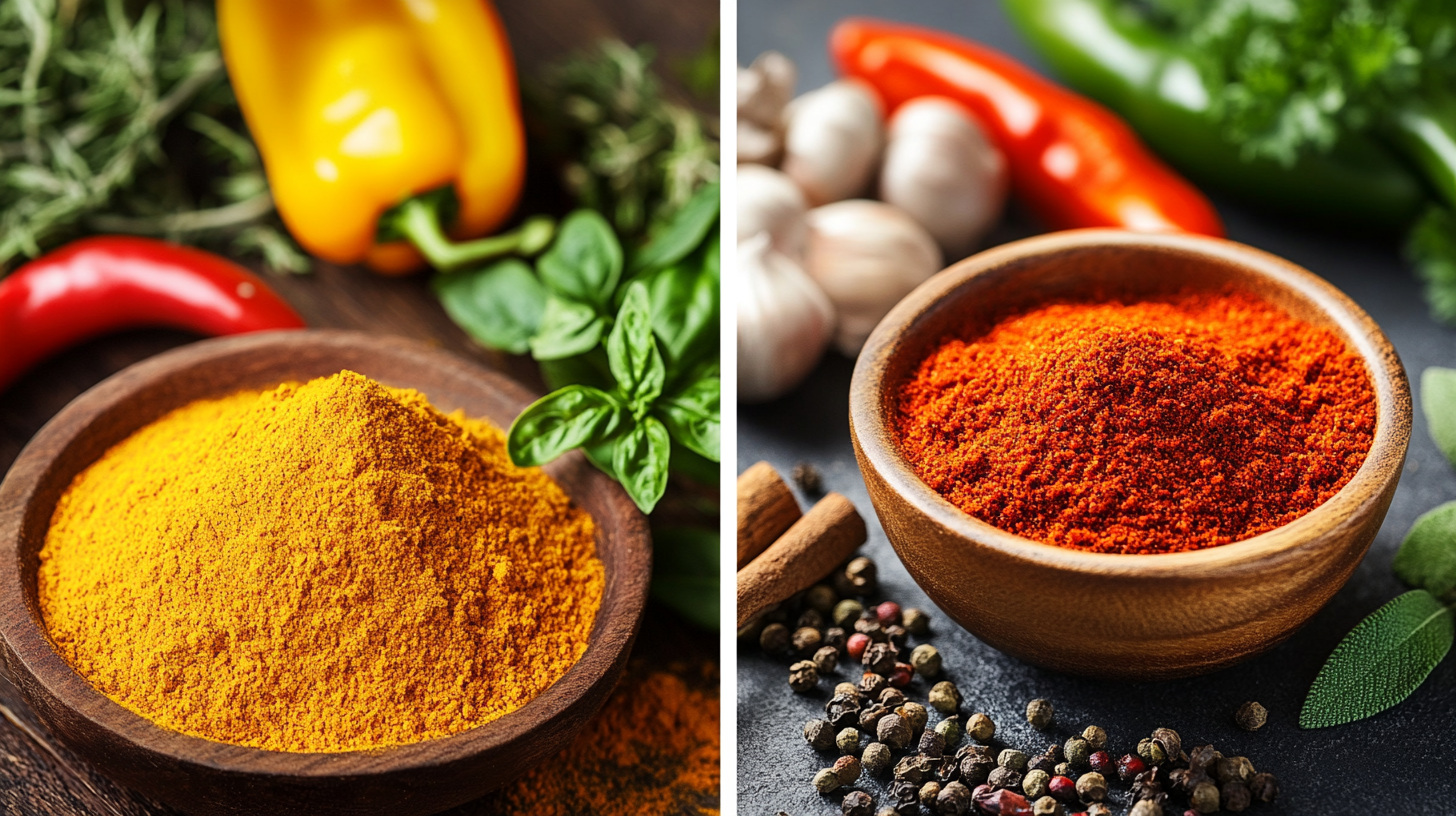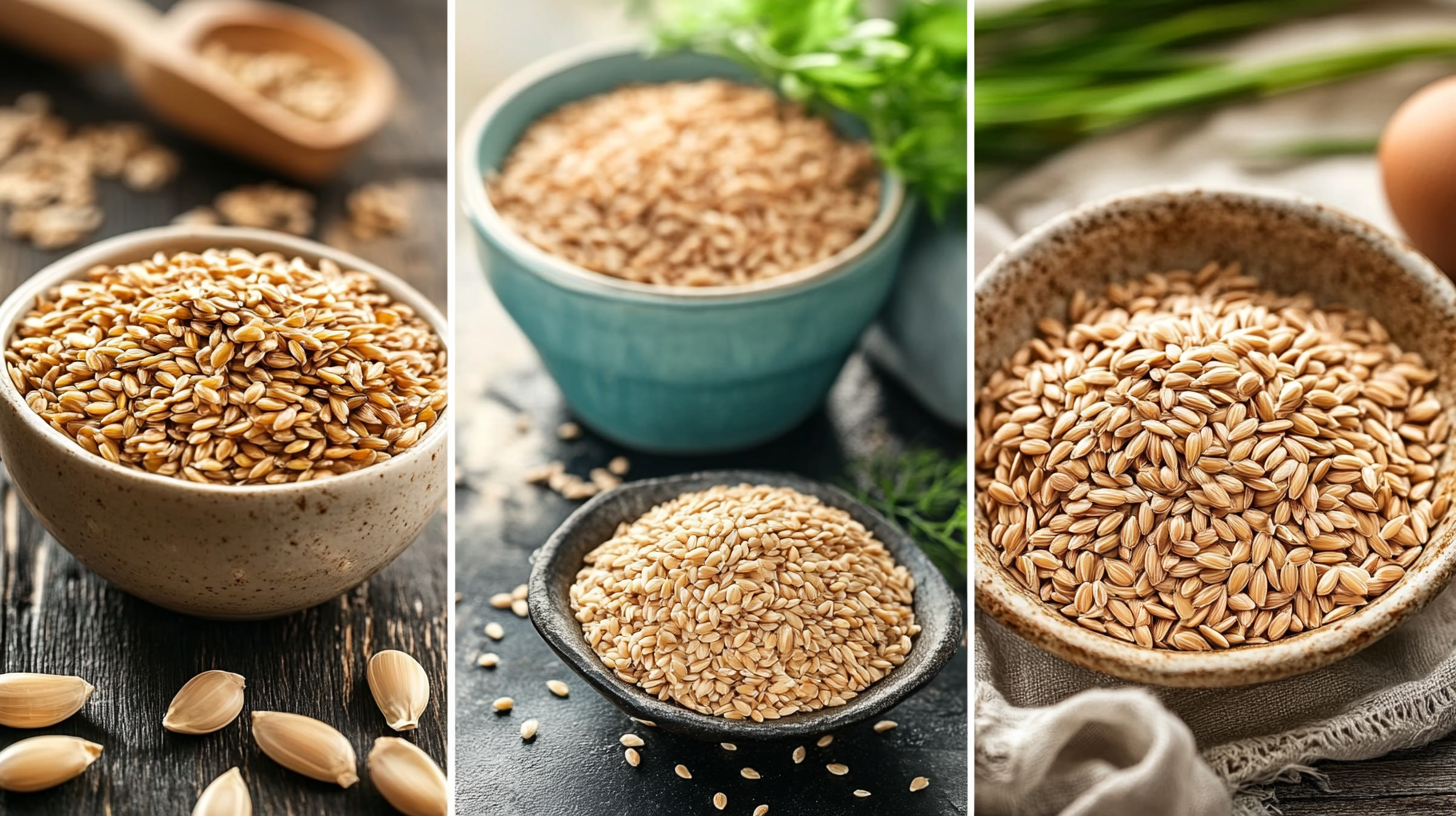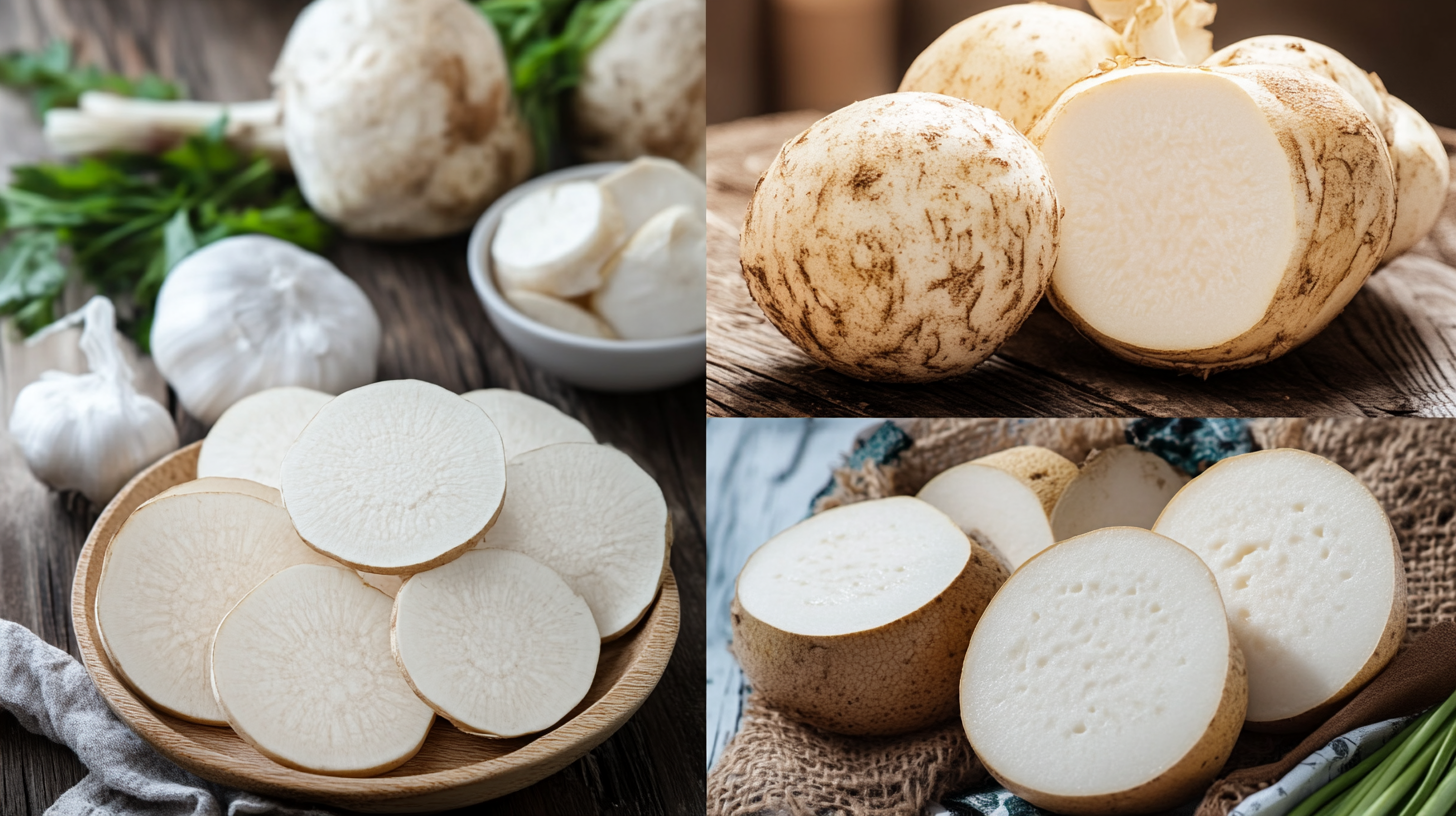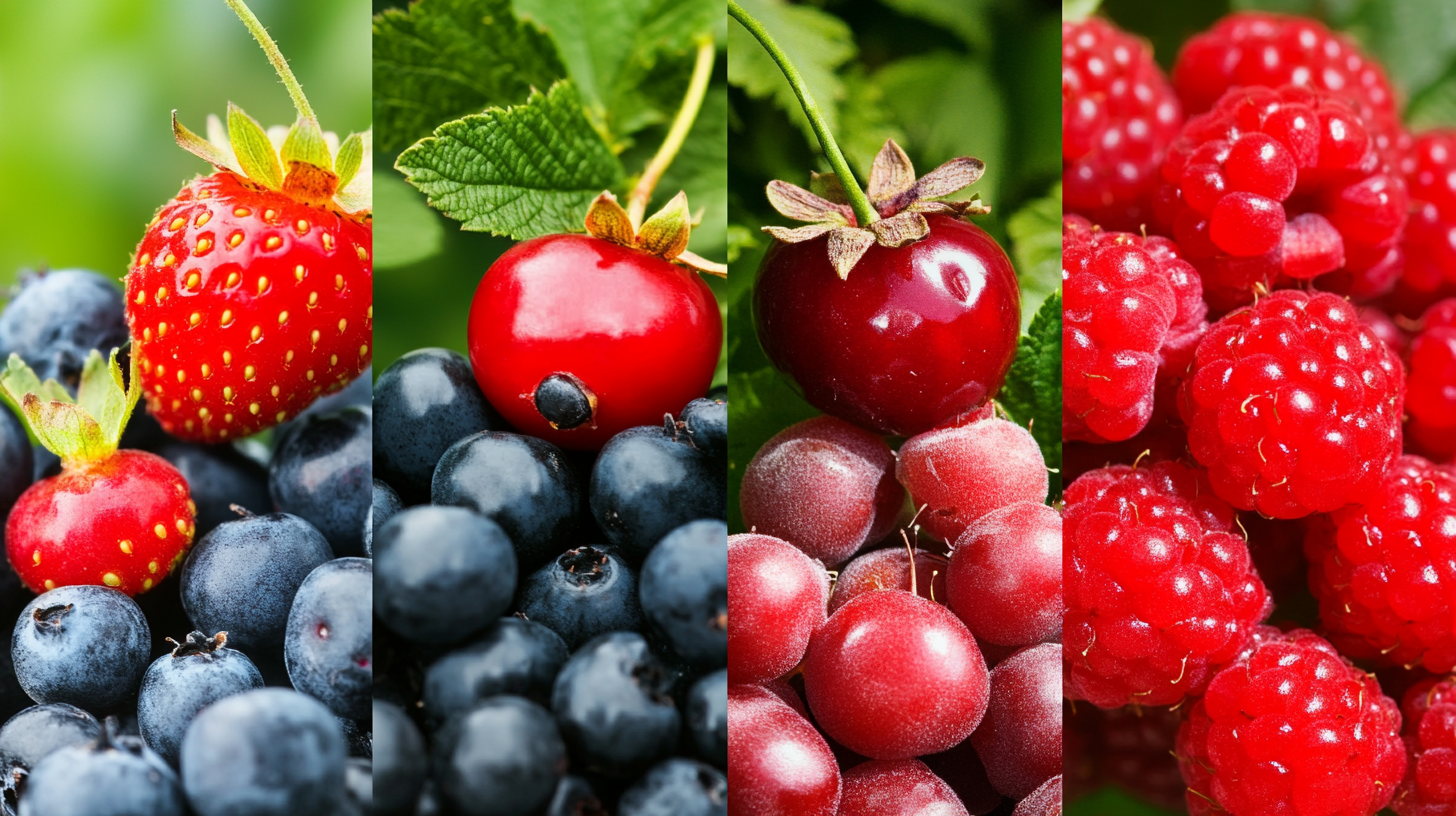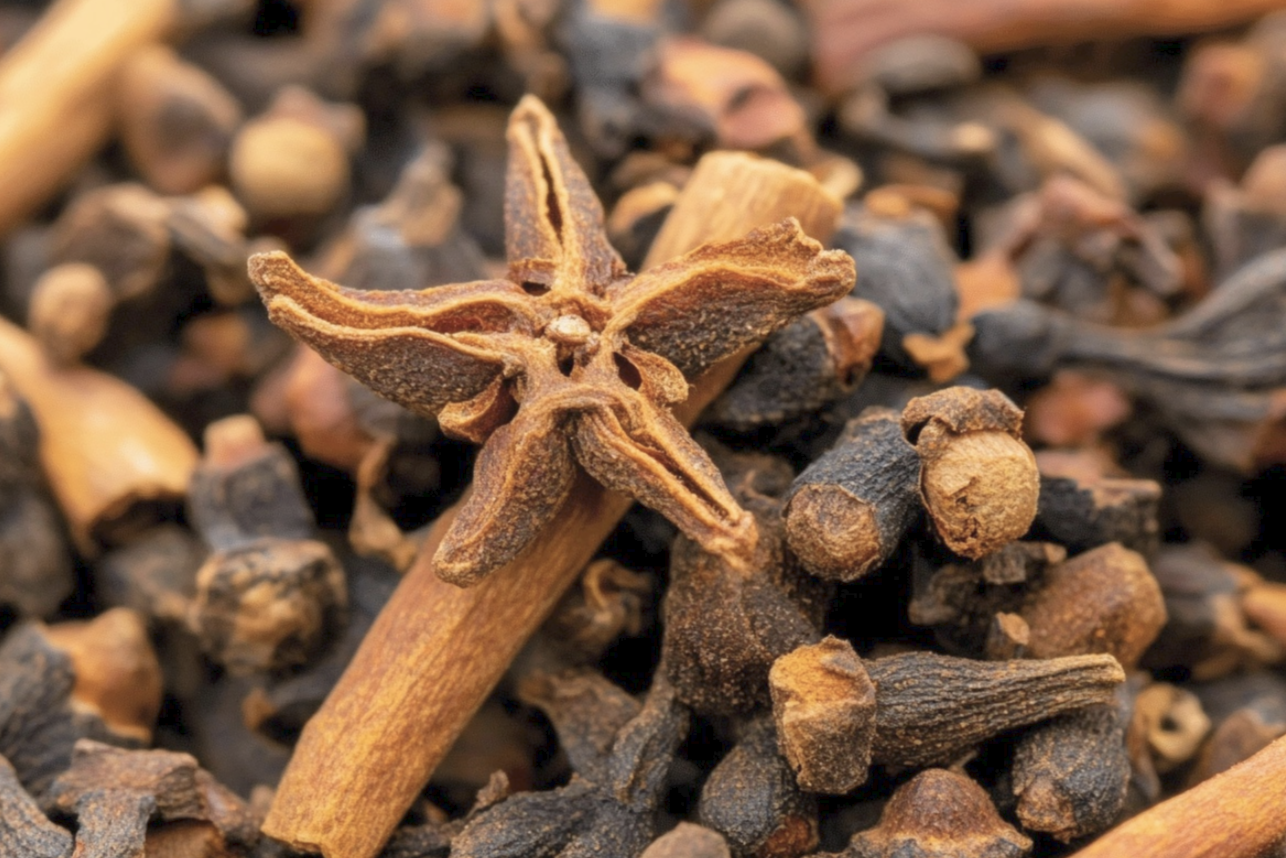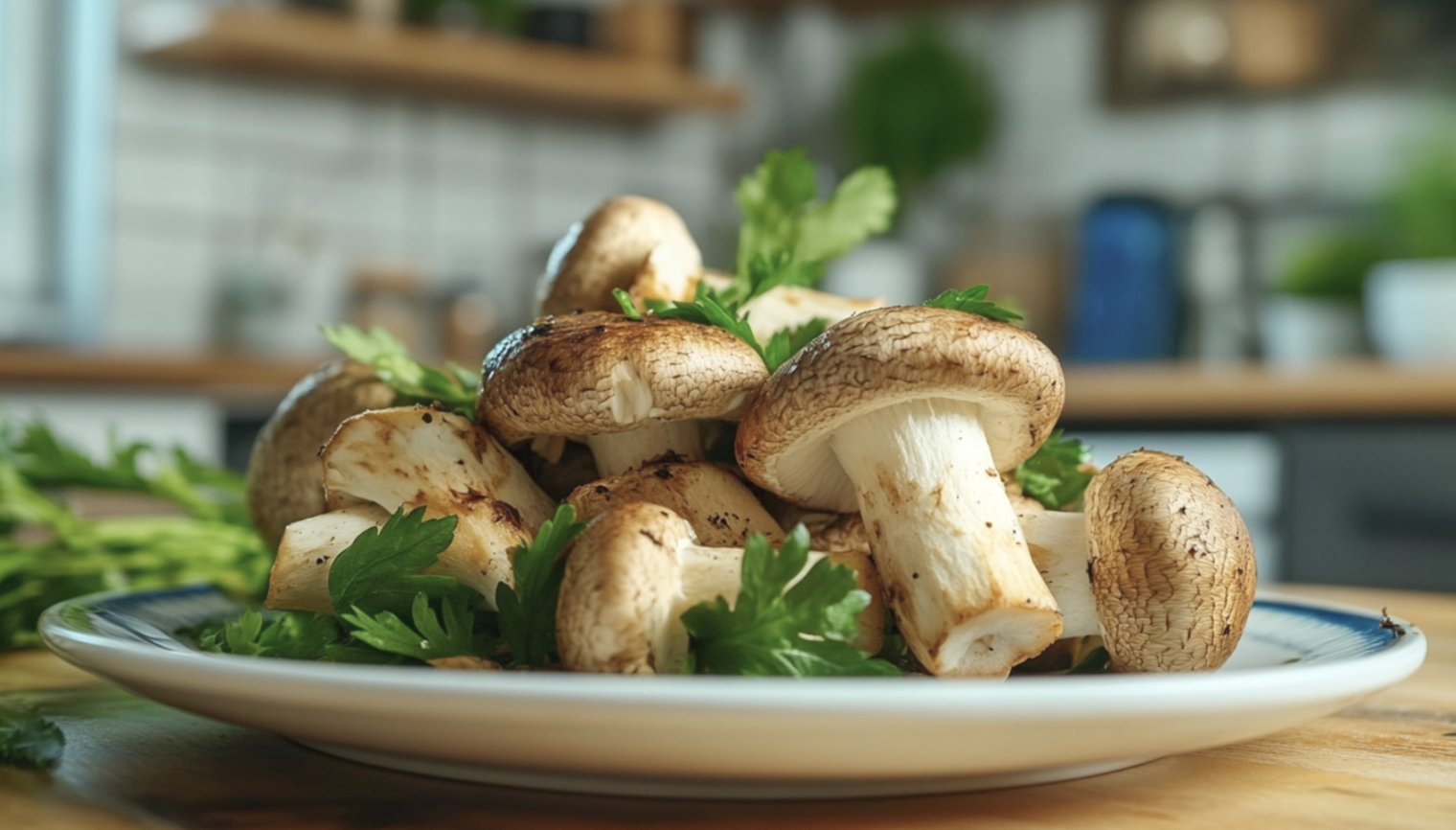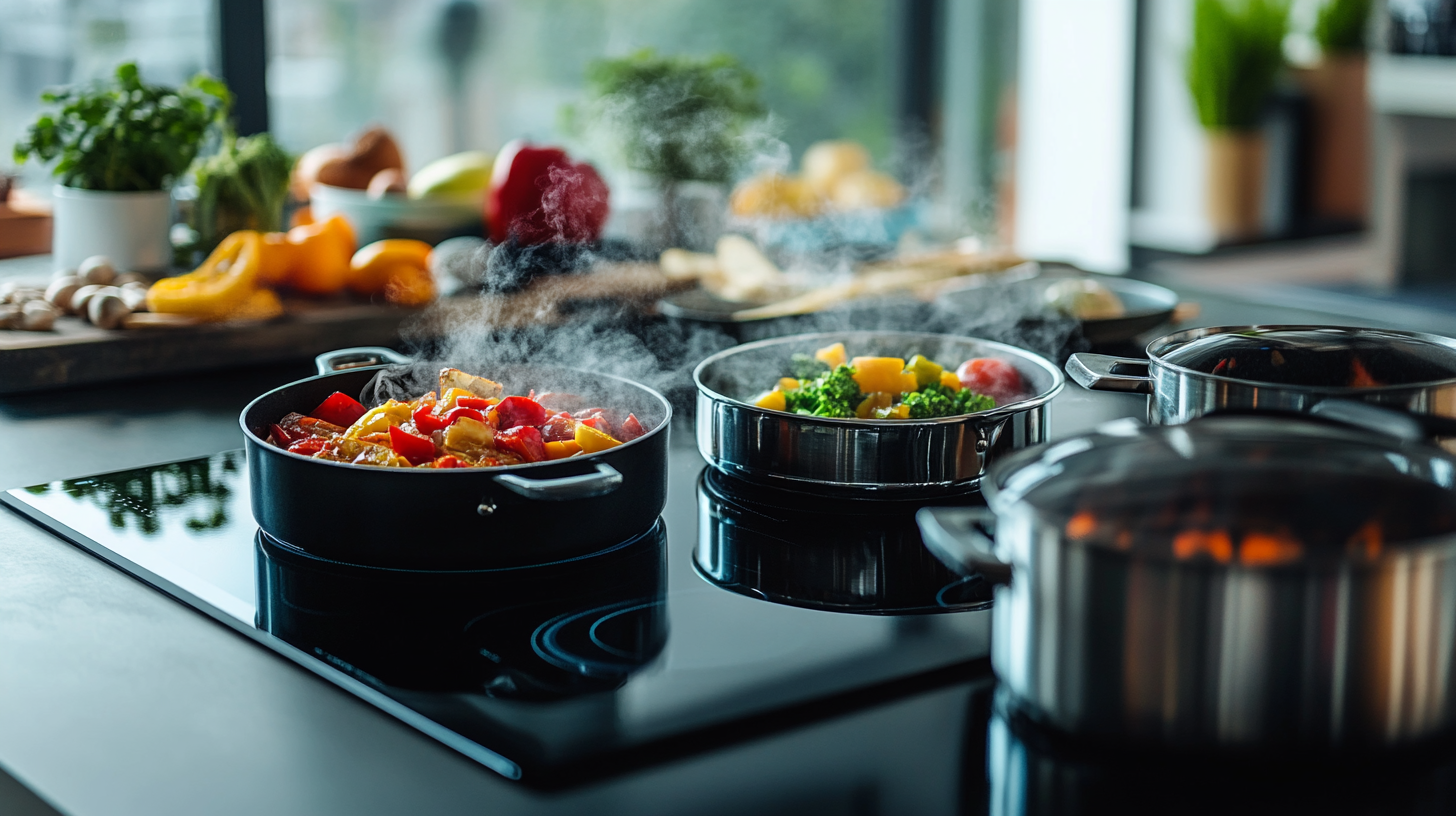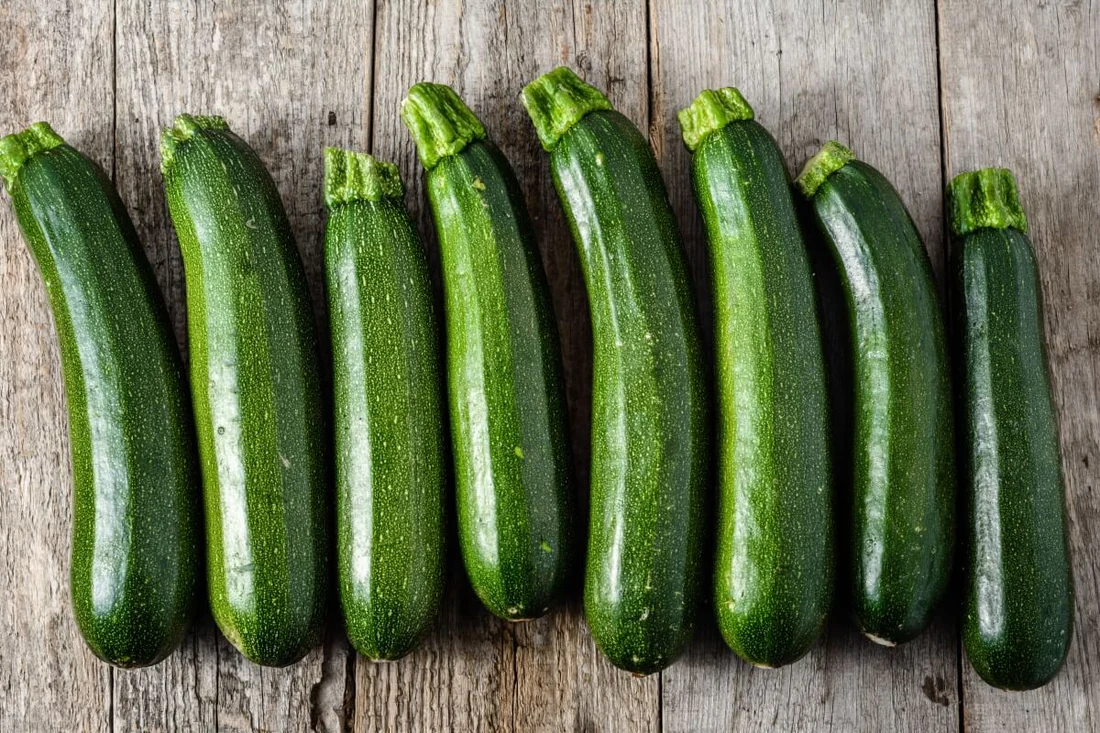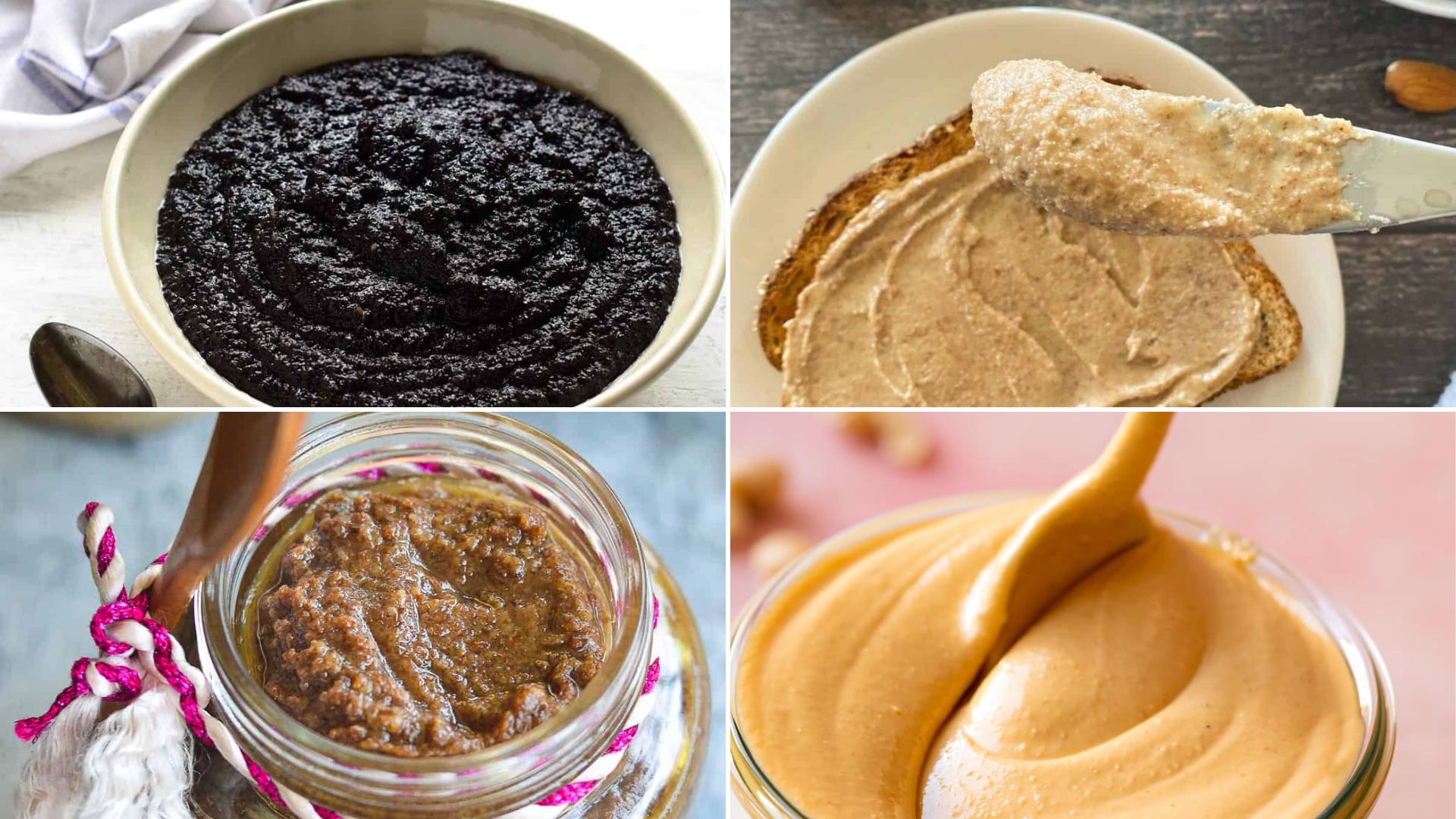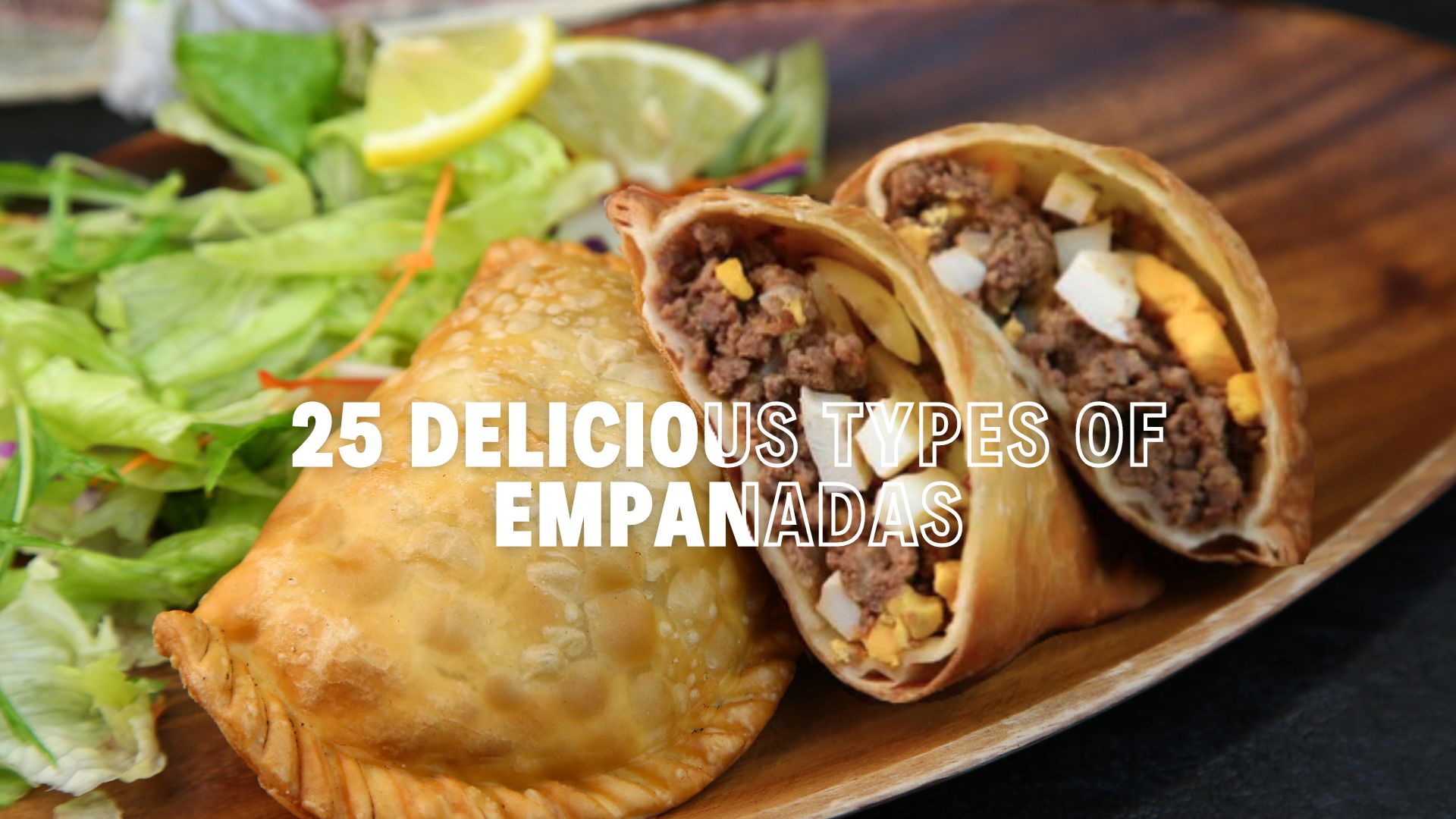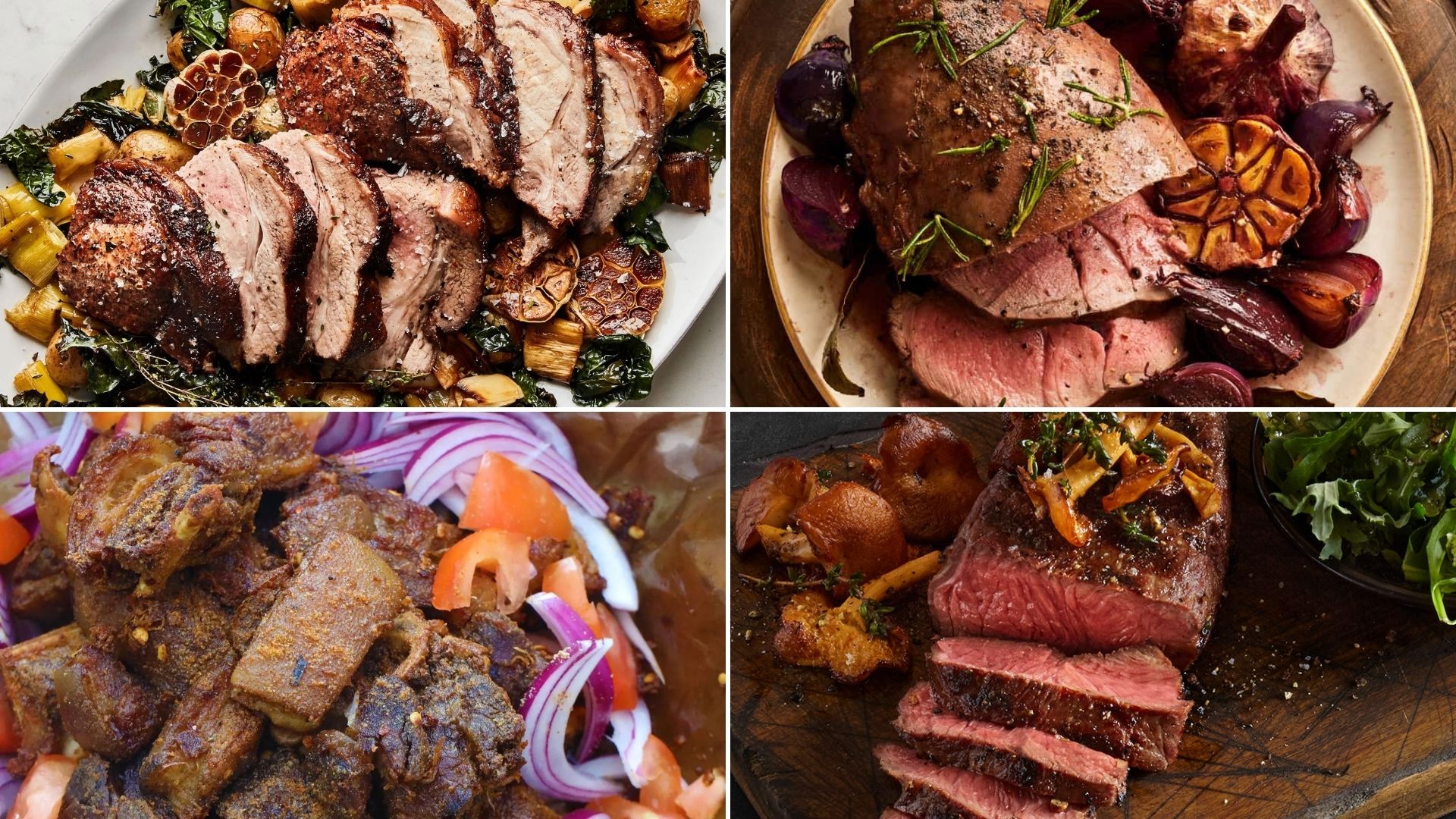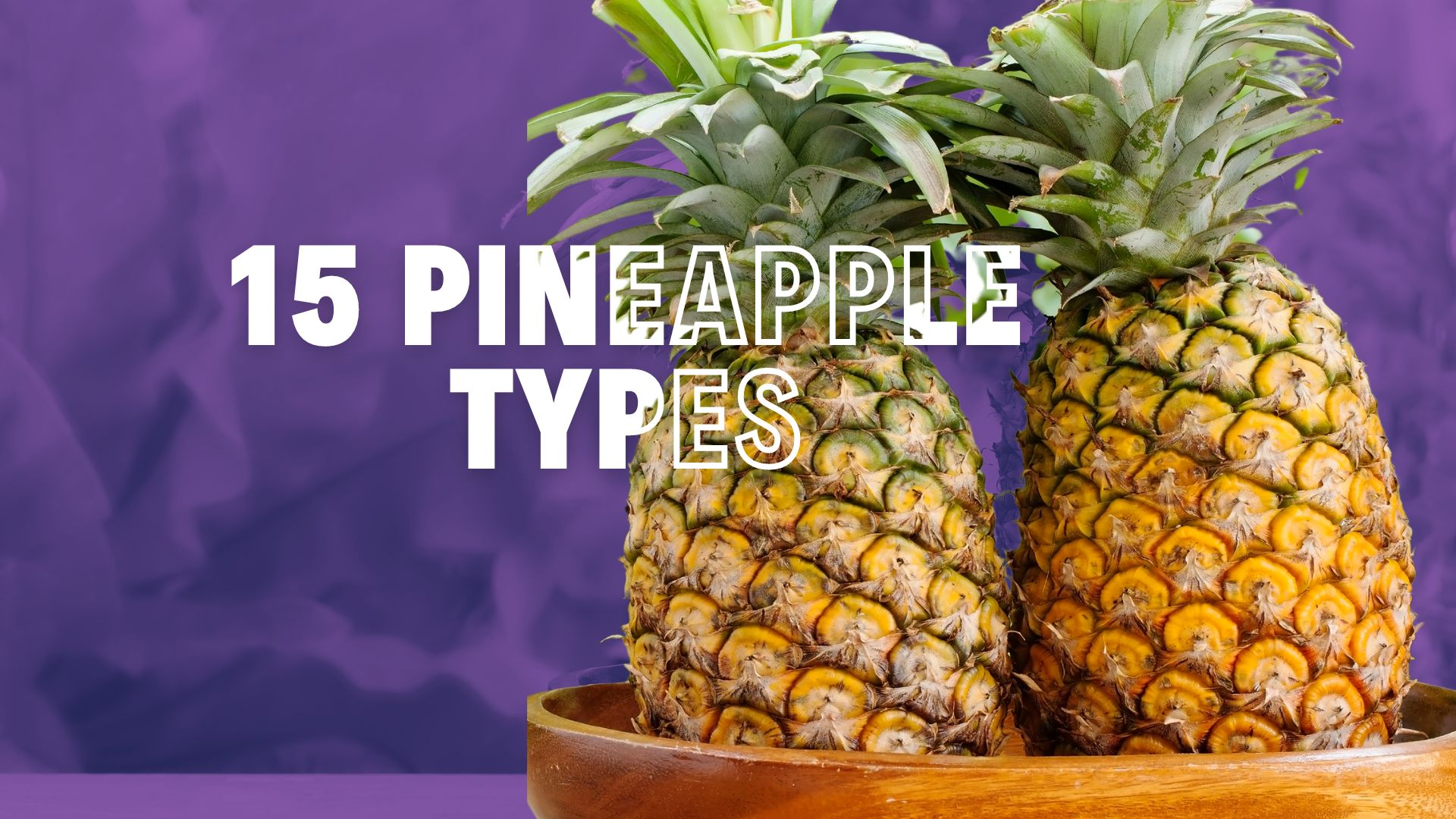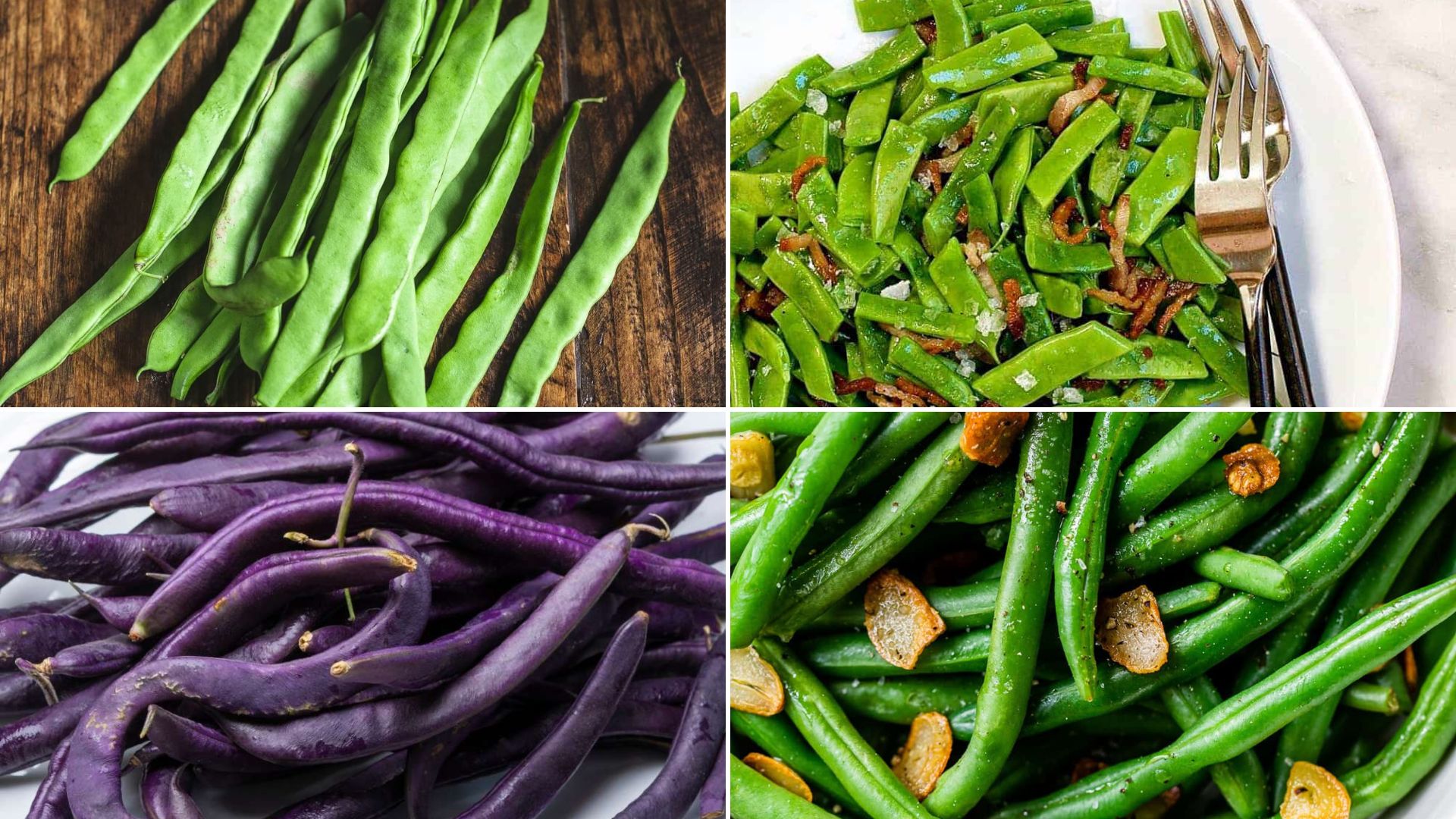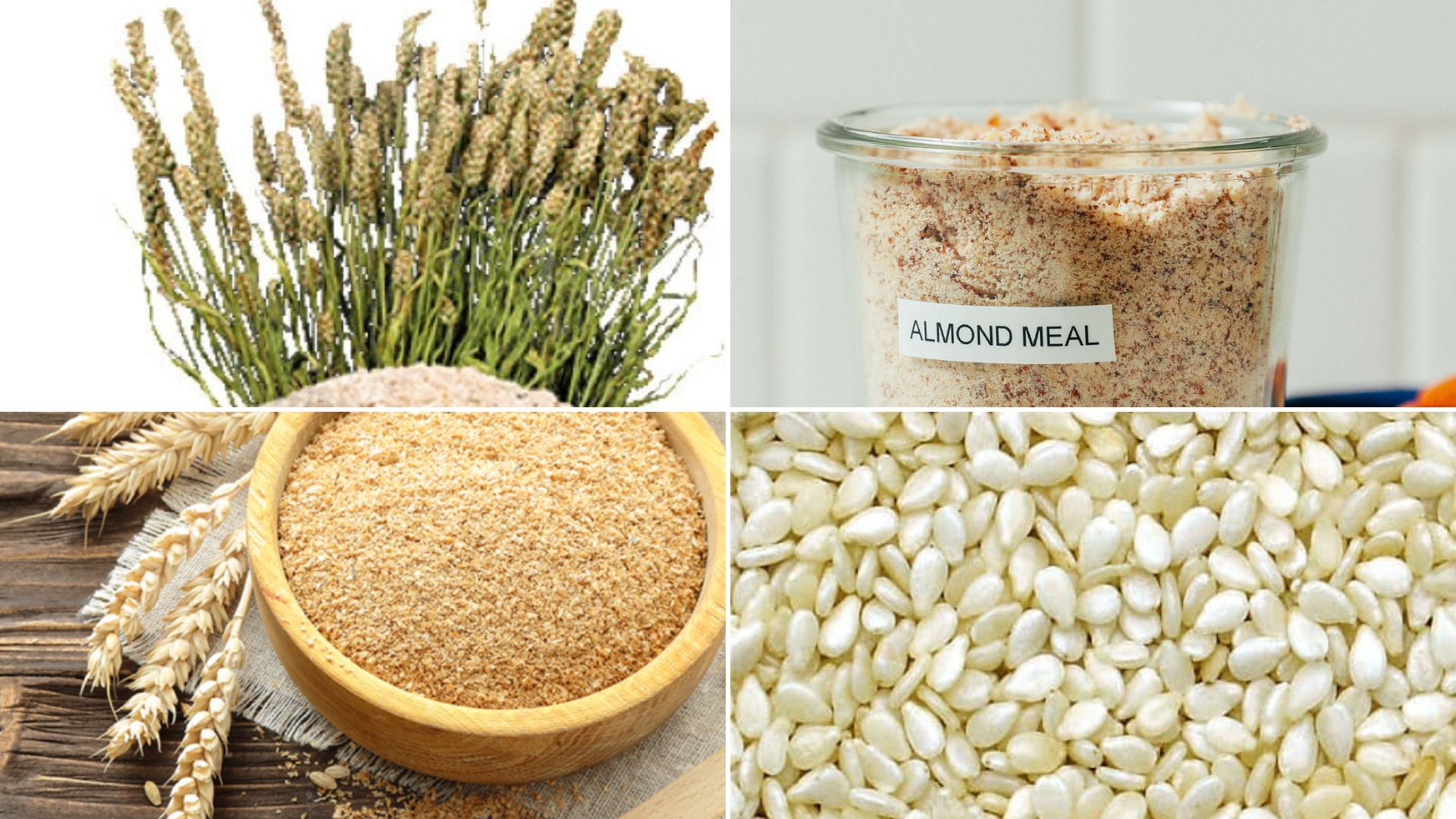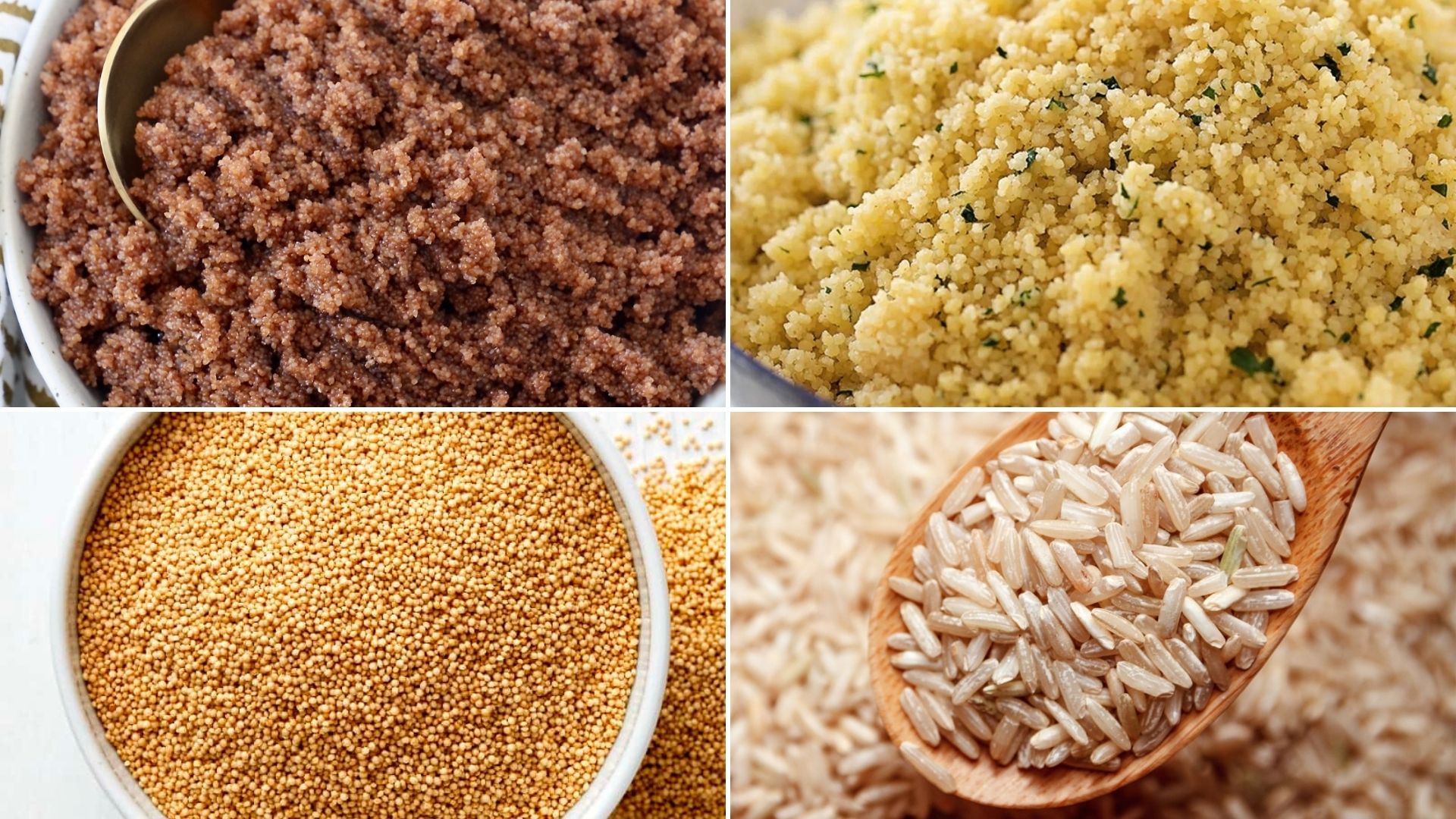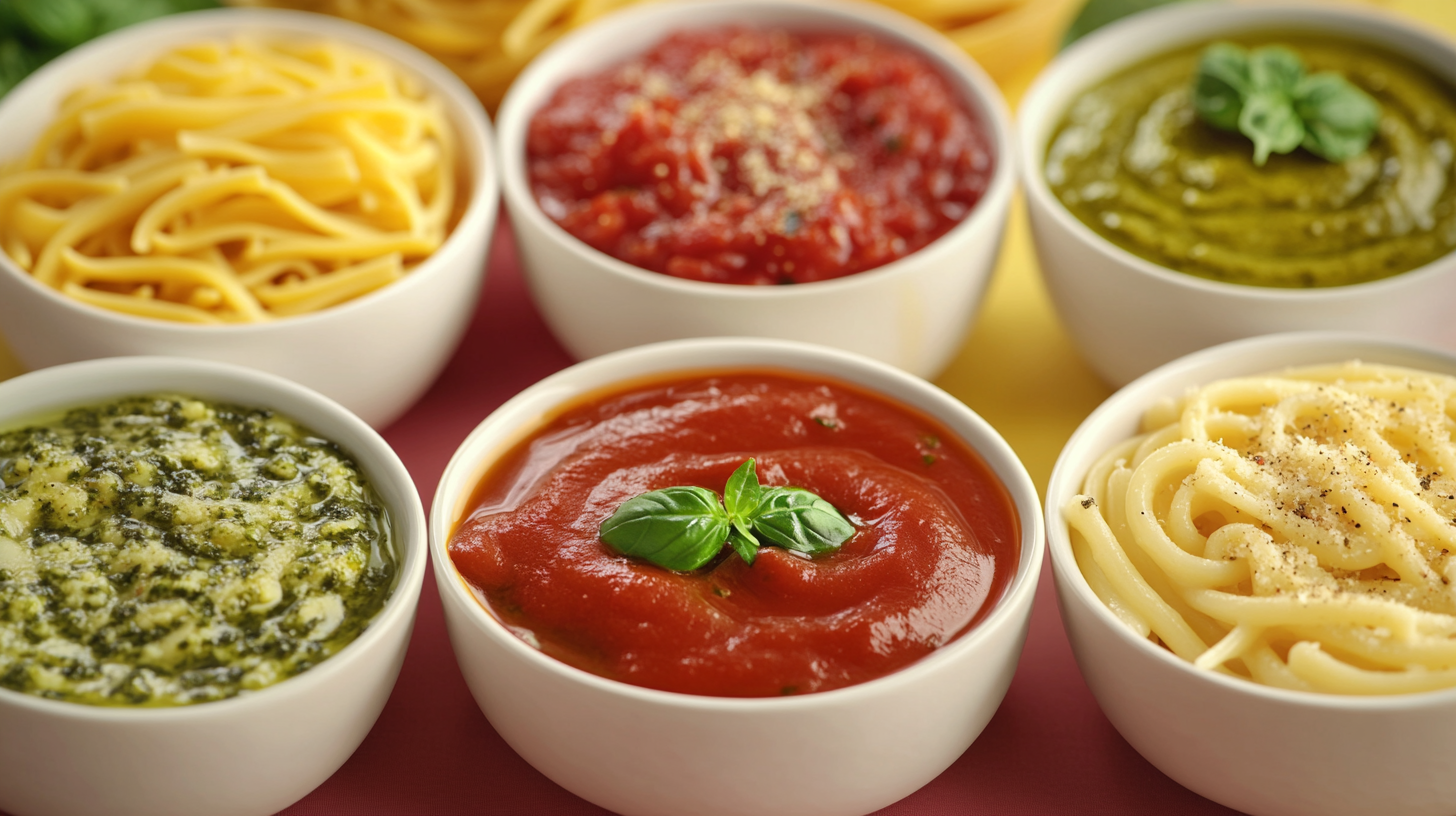
Pasta is a beloved dish worldwide, but what truly makes it special is the sauce that accompanies it.
From the rich and creamy Alfredo to the spicy kick of Arrabbiata, pasta sauces offer a wide range of flavors to satisfy any palate.
Each sauce has unique ingredients and history, making it an essential part of culinary tradition.
This blog will explore 25 different types of pasta sauces, highlighting their key characteristics and best uses.
List of Different Types of Pasta Sauces
1. Marinara Sauce
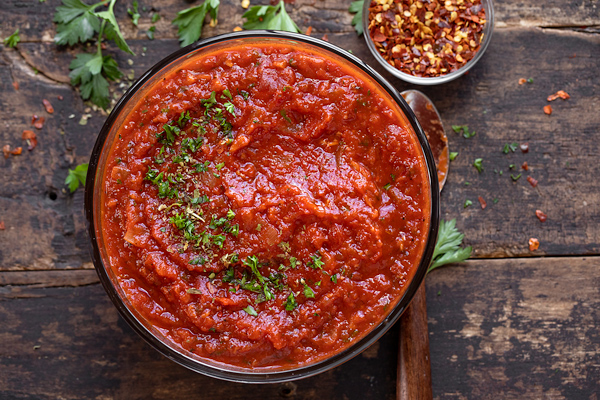
Marinara sauce is a classic Italian tomato-based sauce beloved for its simplicity and fresh flavor.
Originating from Naples, this sauce is made primarily with ripe tomatoes, garlic, onions, and herbs such as basil and oregano.
Marinara is versatile and can be used in many dishes, from pasta to pizza, and even as a dipping sauce for breadsticks.
The beauty of Marinara lies in its straightforward preparation and the natural sweetness of the tomatoes, which are balanced by the savory notes of garlic and the aromatic touch of herbs.
Marinara sauce is typically cooked quickly, allowing the tomatoes to retain their bright, fresh flavor.
It’s a light and tangy sauce, perfect for a variety of pasta shapes, including spaghetti, penne, and rigatoni.
Some variations may include a splash of red wine or a sprinkle of red pepper flakes for a hint of spice for a richer flavor.
Whether making a simple weeknight dinner or a hearty Italian feast, Marinara sauce is necessary in any kitchen.
- Main Ingredients: Tomatoes, garlic, onions, herbs
- Best For: Spaghetti, penne, lasagna, pizza
- Features: Fresh, tangy, versatile, quick to prepare
2. Alfredo Sauce
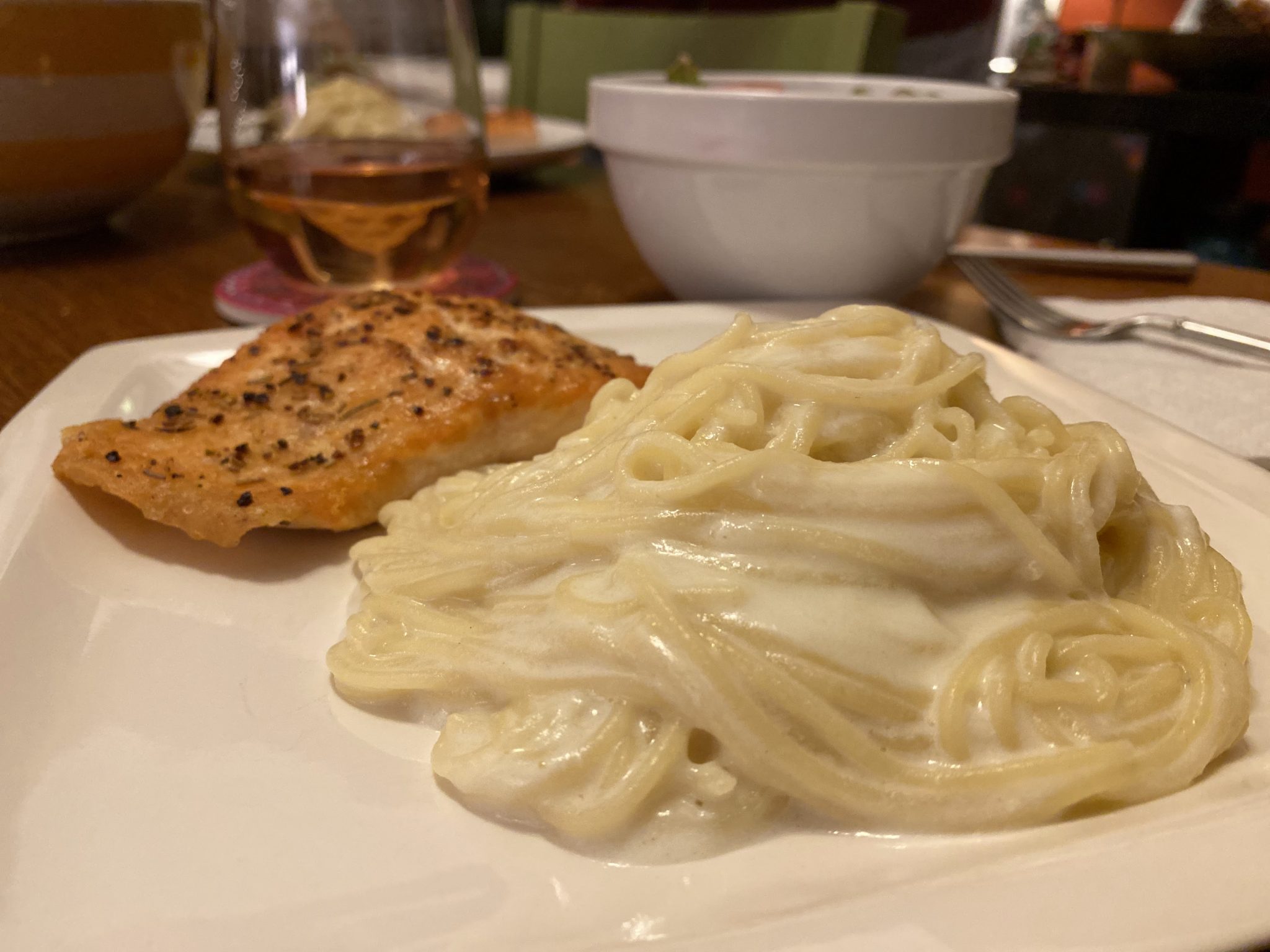
Alfredo sauce is the epitome of indulgence when it comes to pasta sauces.
This rich and creamy sauce, traditionally made with butter, heavy cream, and Parmesan cheese, is a staple of Italian-American cuisine.
Alfredo sauce is most famously paired with fettuccine to create the classic dish, Fettuccine Alfredo.
The sauce’s origins date back to Rome, where Alfredo di Lelio initially created it in the early 20th century as a simple dish of pasta tossed with butter and Parmesan cheese.
Over time, the recipe evolved, and the addition of heavy cream gave it the luxurious texture we know today.
The key to a perfect Alfredo sauce lies in its simplicity and the quality of the ingredients.
The butter and cream create a silky, smooth texture, while the Parmesan adds a sharp, savory flavor that perfectly complements the richness of the dairy.
The sauce is typically seasoned with a pinch of nutmeg and black pepper, adding subtle warmth and depth.
Alfredo sauce is versatile and can be enhanced by adding garlic, mushrooms, or even grilled chicken or shrimp for a more substantial meal.
- Main Ingredients: Butter, cream, Parmesan cheese, nutmeg
- Best For: Fettuccine, penne, lasagna, gnocchi
- Features: Rich, creamy, indulgent, versatile
3. Pesto Sauce
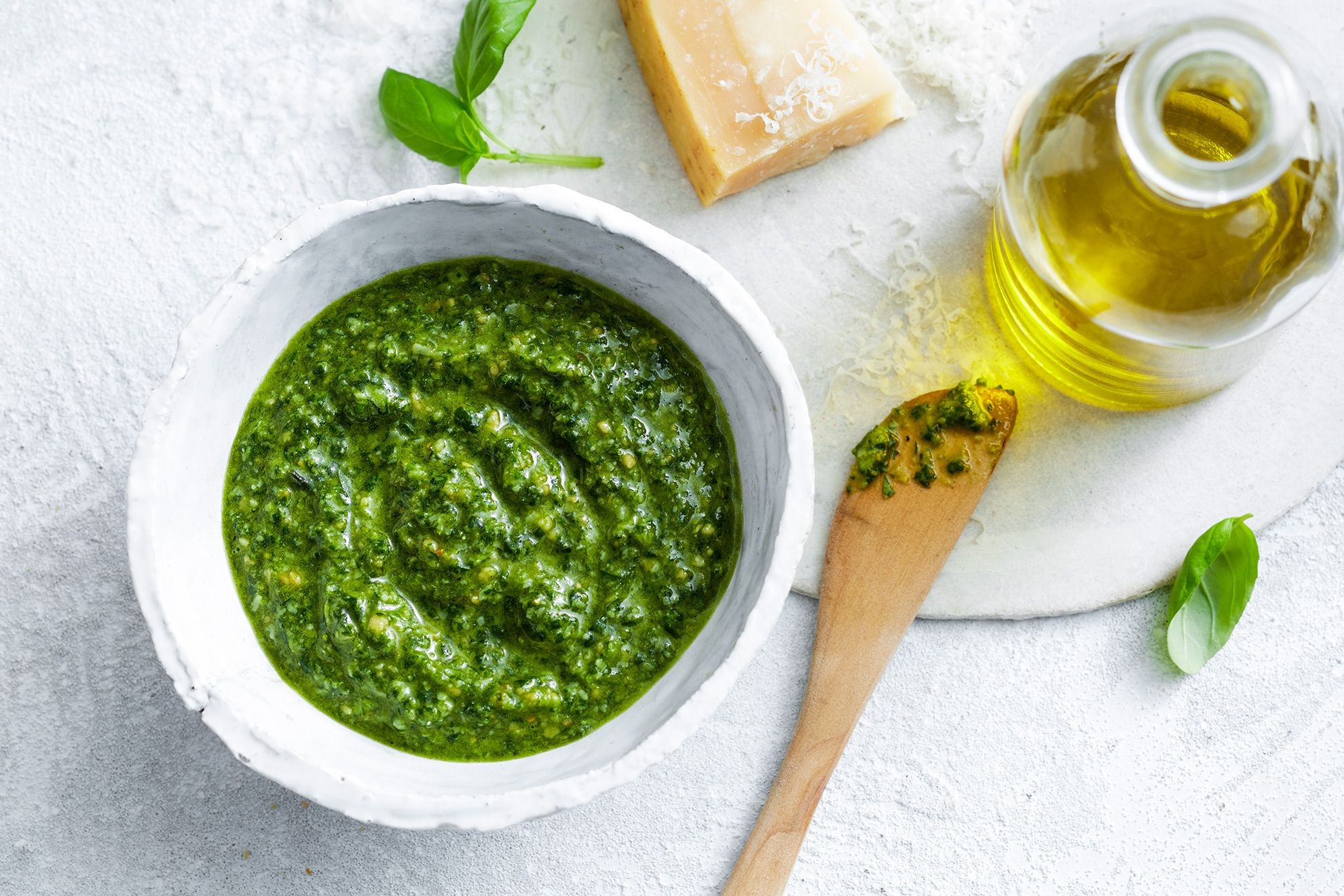
Pesto sauce is a vibrant and aromatic sauce from the Liguria region of Italy, specifically Genoa.
This uncooked sauce celebrates fresh basil leaves, ground together with pine nuts, garlic, Parmesan cheese, and olive oil to create a smooth, green paste.
Pesto is known for its intense herbaceous flavor, which is complemented by the nuttiness of pine nuts and the sharpness of Parmesan.
The olive oil binds all the ingredients together, adding a luxurious texture and a fruity undertone.
Pesto is traditionally served with pasta, particularly with trofie or trenette, two types of pasta native to Liguria.
However, it is incredibly versatile and can be used as a spread for sandwiches, a topping for pizza, or even a salad dressing.
One key element of a great pesto is the use of high-quality ingredients, especially olive oil and Parmesan cheese.
While the traditional recipe calls for pine nuts, variations can include walnuts, almonds, or sunflower seeds.
Pesto’s bright green color and intense flavor make it a standout sauce for any dish.
- Main Ingredients: Basil, pine nuts, Parmesan, garlic, olive oil
- Best For: Linguine, spaghetti, penne, sandwiches
- Features: Fresh, herbaceous, nutty, versatile, uncooked
4. Bolognese Sauce
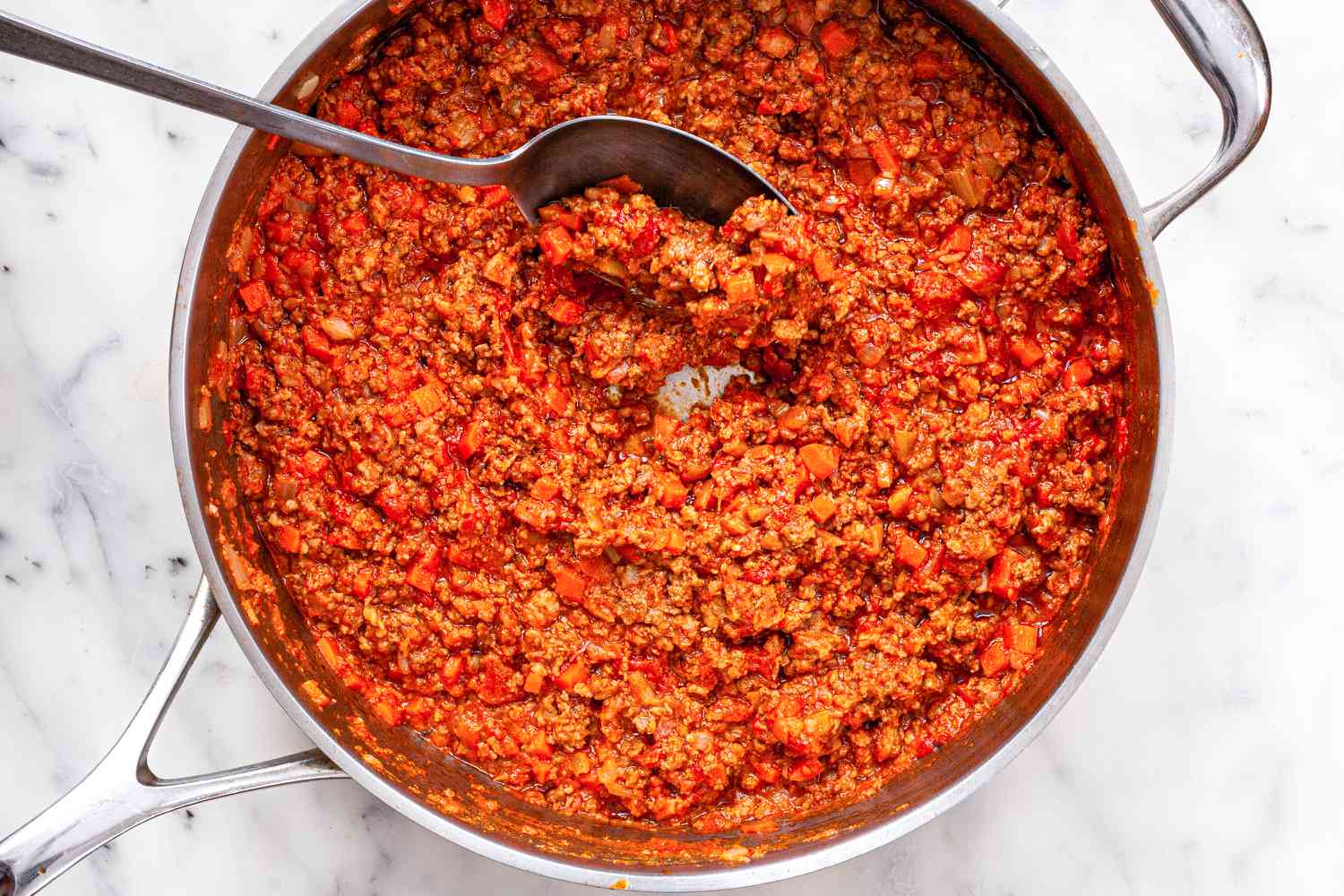
Bolognese sauce is a rich, hearty meat sauce from Bologna, Italy.
Known in Italy as “Ragù alla Bolognese,” this sauce is a labor of love, requiring slow cooking to develop its deep, complex flavors.
Unlike other tomato-based sauces, Bolognese features a blend of ground meats, typically beef, and pork, slowly simmered with onions, carrots, celery, and a small amount of tomato.
The sauce is then enriched with milk or cream, which helps to tenderize the meat and gives the sauce a rich, velvety texture.
Bolognese sauce traditionally serves with tagliatelle, a broad, flat pasta that holds the thick sauce well.
It is also commonly used in lasagna, with pasta sheets and béchamel sauce.
The secret to a good Bolognese is the slow cooking process, which allows the flavors to meld together and the meat to become incredibly tender.
A splash of red wine is often added to the sauce for extra depth and richness.
This sauce is perfect for special occasions or a Sunday family dinner, as it requires time and patience but rewards you with a comforting, flavorful meal.
- Main Ingredients: Ground beef, pork, tomatoes, onions, carrots, milk
- Best For: Tagliatelle, pappardelle, lasagna
- Features: Hearty, meaty, slow-cooked, rich in flavor
5. Carbonara Sauce
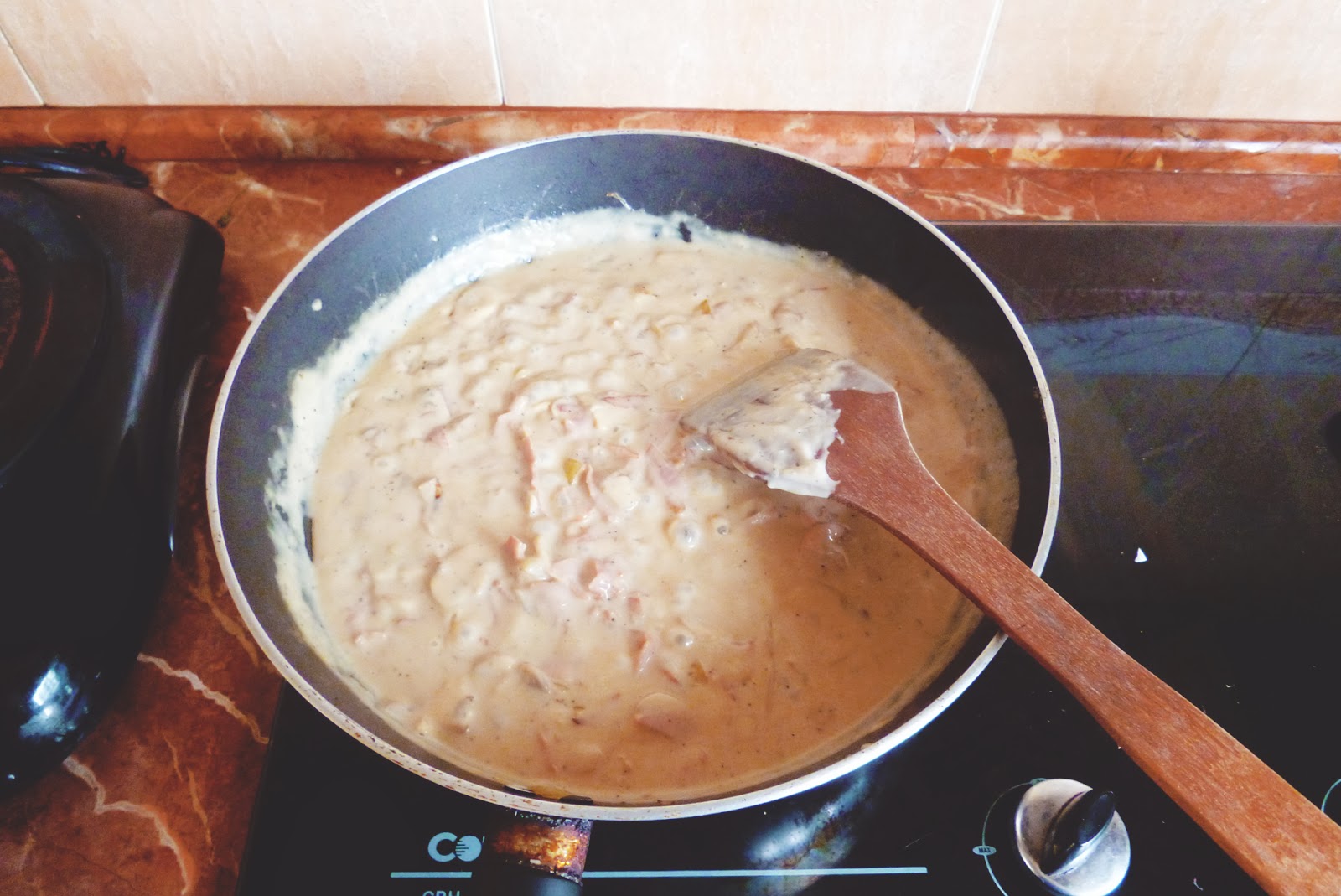
Carbonara sauce is a beloved Roman dish that is as simple as delicious.
Made with just a few ingredients—eggs, Pecorino Romano cheese, pancetta, and black pepper—Carbonara is a sauce that relies on technique to achieve its creamy, luxurious texture without using cream.
The key to a perfect Carbonara lies in combining the hot pasta with the egg and cheese mixture off the heat.
This allows the residual heat from the pasta to cook the eggs gently, creating a silky, rich sauce that clings to every strand of spaghetti.
Pancetta, or in some versions guanciale (cured pork cheek), provides the salty, savory backbone of the dish, while the Pecorino Romano adds a sharp, tangy flavor.
Black pepper is an essential component, adding a slight kick and depth of flavor that complements the sauce’s richness.
Carbonara is traditionally served with spaghetti, but it can also be paired with other long pasta shapes like bucatini or fettuccine.
This dish is all about balance—rich but not too heavy, with a creamy texture that isn’t overly thick. It’s a comforting and satisfying meal perfect for any night of the week.
- Main Ingredients: Eggs, Pecorino Romano, pancetta, black pepper
- Best For: Spaghetti, bucatini, fettuccine
- Features: Rich, creamy, savory, simple ingredients, requires technique
6. Arrabbiata Sauce
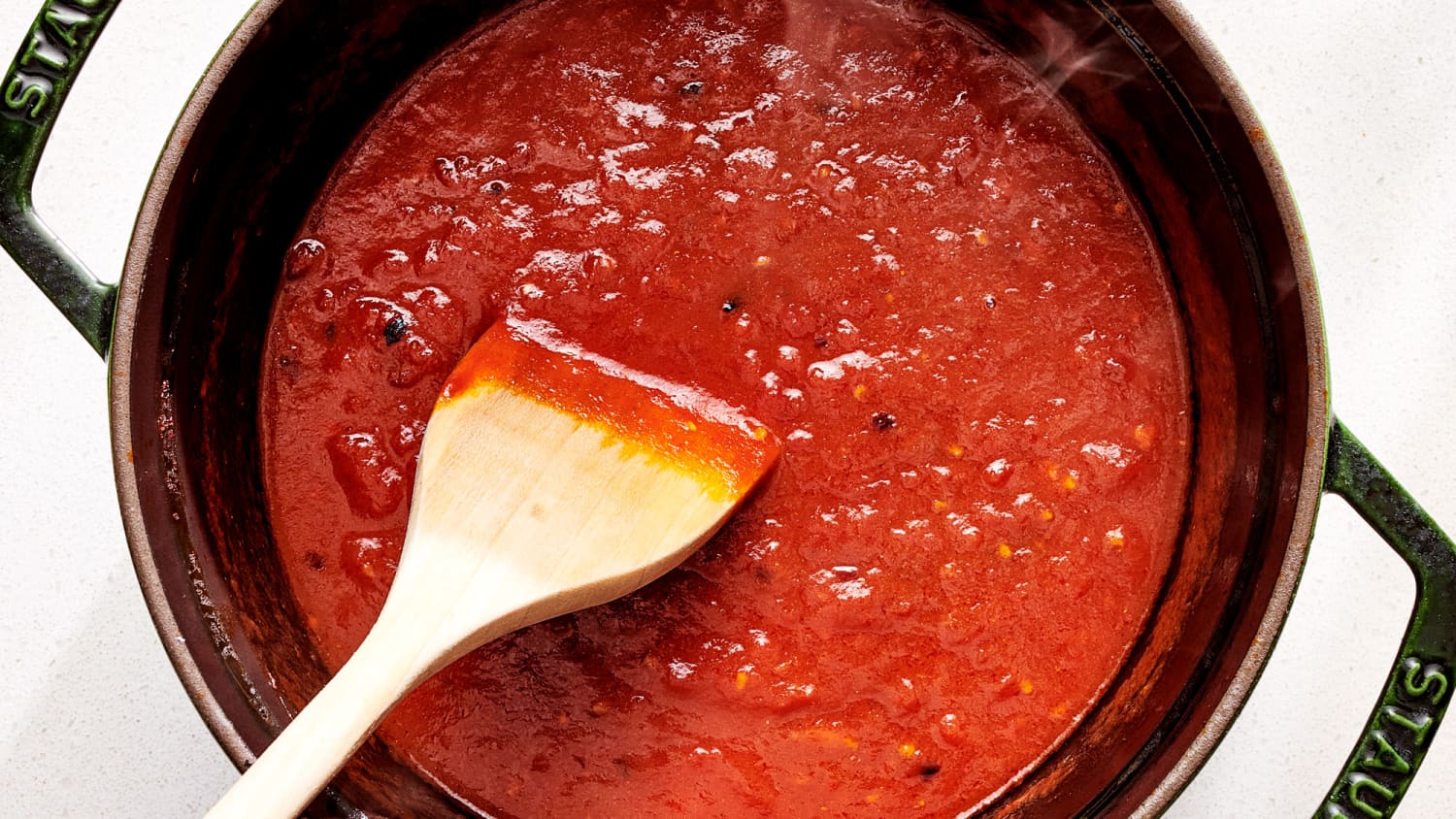
Arrabbiata sauce is a fiery and flavorful tomato-based sauce from Rome.
The name “arrabbiata” translates to “angry” in Italian, reflecting the heat of the red chili peppers, which are a key ingredient in this sauce.
Arrabbiata is a spicy and savory sauce made with tomatoes, garlic, olive oil, and red chili peppers.
The heat from the chili peppers is balanced by the sweetness of the tomatoes, resulting in a sauce that is bold and vibrant without being overwhelming.
Arrabbiata sauce is traditionally served with penne, a pasta shape that holds the sauce well, allowing the heat and flavors to cling to each piece.
The sauce is quick to prepare, making it ideal for a weeknight dinner when you’re craving something with a little kick.
While the traditional recipe is simple, variations can include adding fresh basil or parsley for extra freshness or a sprinkle of Parmesan cheese to mellow out the heat.
Arrabbiata sauce is perfect for those who love a bit of spice in their pasta. It offers a robust and satisfying flavor experience.
- Main Ingredients: Tomatoes, garlic, red chili peppers, olive oil
- Best For: Penne, rigatoni, spaghetti
- Features: Spicy, bold, vibrant, quick to prepare
7. Puttanesca Sauce
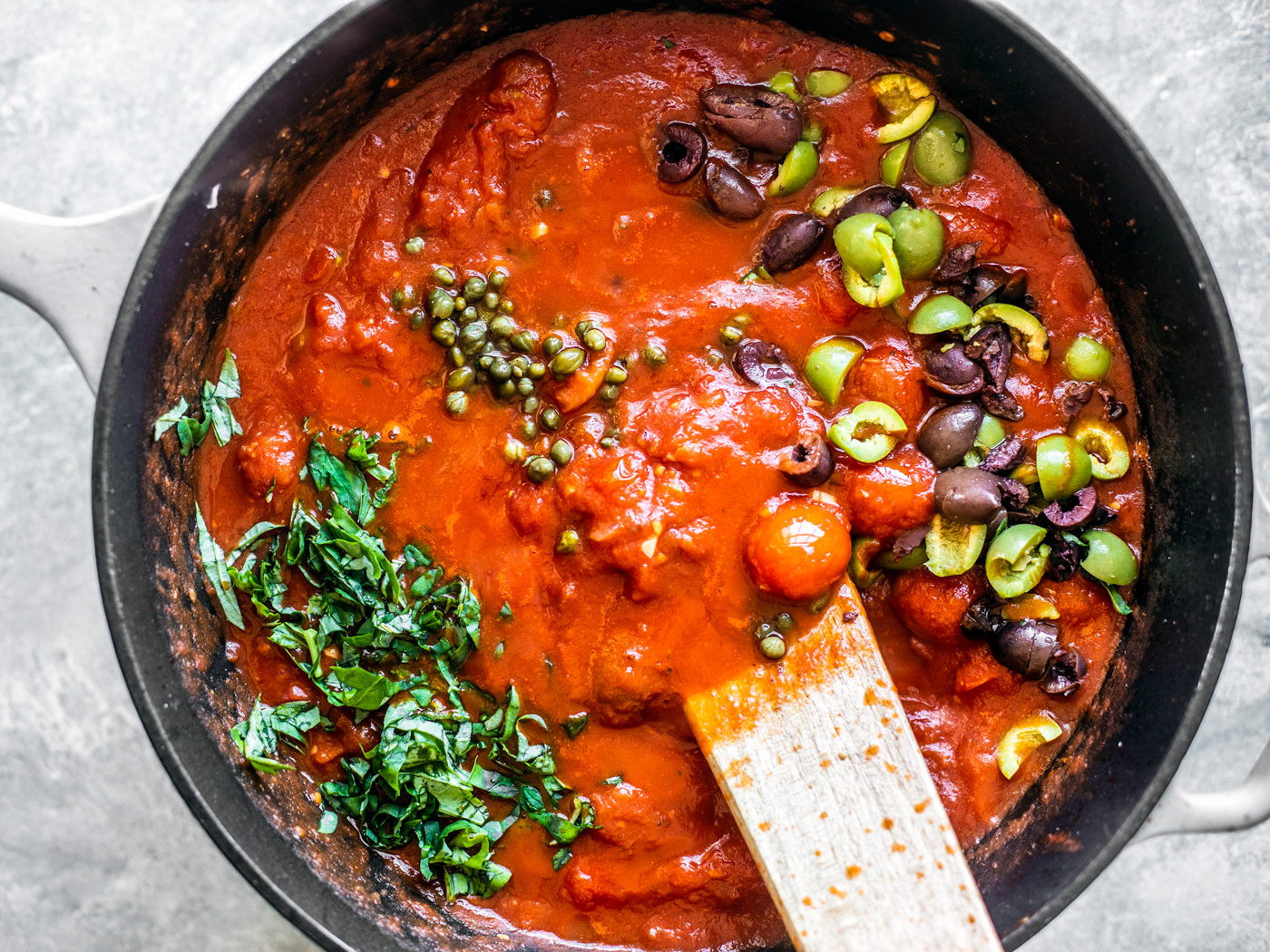
Puttanesca sauce is a bold and savory tomato-based sauce packed with robust flavors.
Originating from Southern Italy, It is made with tomatoes, anchovies, olives, capers, garlic, and red chili peppers.
The name “puttanesca” is thought to have playful and colorful origins, reflecting the sauce’s intense and vibrant flavor profile.
The combination of anchovies, olives, and capers gives the sauce a salty, briny taste balanced by the tomatoes’ sweetness and the chili peppers’ heat.
Puttanesca sauce is typically served with spaghetti but can also pair well with other long pasta shapes like linguine or bucatini. This sauce is perfect for those who enjoy strong, assertive flavors in their pasta.
The anchovies, which dissolve into the sauce, provide a depth of umami that enhances the overall flavor without overpowering the dish.
Puttanesca is a sauce that is quick and easy to prepare, making it a great option for a flavorful weeknight meal.
It’s a sauce that truly captures the essence of Southern Italian cooking—simple ingredients brought together to create a dish greater than the sum of its parts.
- Main Ingredients: Tomatoes, anchovies, olives, capers, garlic, red chili peppers
- Best For: Spaghetti, linguine, bucatini
- Features: Bold, savory, salty, quick to prepare
8. Vodka Sauce
Vodka sauce is a luxurious and creamy tomato-based sauce that has become a favorite in Italian-American cuisine.
The sauce is made with tomatoes, cream, and a splash of vodka, which adds a subtle depth of flavor and enhances the sauce’s overall richness.
Vodka sauce is known for its smooth, velvety texture, achieved by combining cream and tomatoes, creating a perfectly balanced sauce that is neither too heavy nor too light.
The addition of vodka in the sauce might seem unusual, but it plays a crucial role in balancing the acidity of the tomatoes and bringing out the sweetness of the cream.
The alcohol in the vodka evaporates during cooking, leaving a nuanced flavor that elevates the sauce.
Vodka sauce is often served with penne, as the hollow shape of the pasta allows the sauce to cling to every bite.
It’s also a popular choice for baked pasta dishes like penne alla vodka.
For an added touch of luxury, some variations of the sauce include grated Parmesan or a sprinkle of red pepper flakes for a hint of spice.
- Main Ingredients: Tomatoes, cream, vodka
- Best For: Penne, rigatoni, baked pasta dishes
- Features: Creamy, tangy, rich, subtle vodka flavor
9. Bechamel Sauce
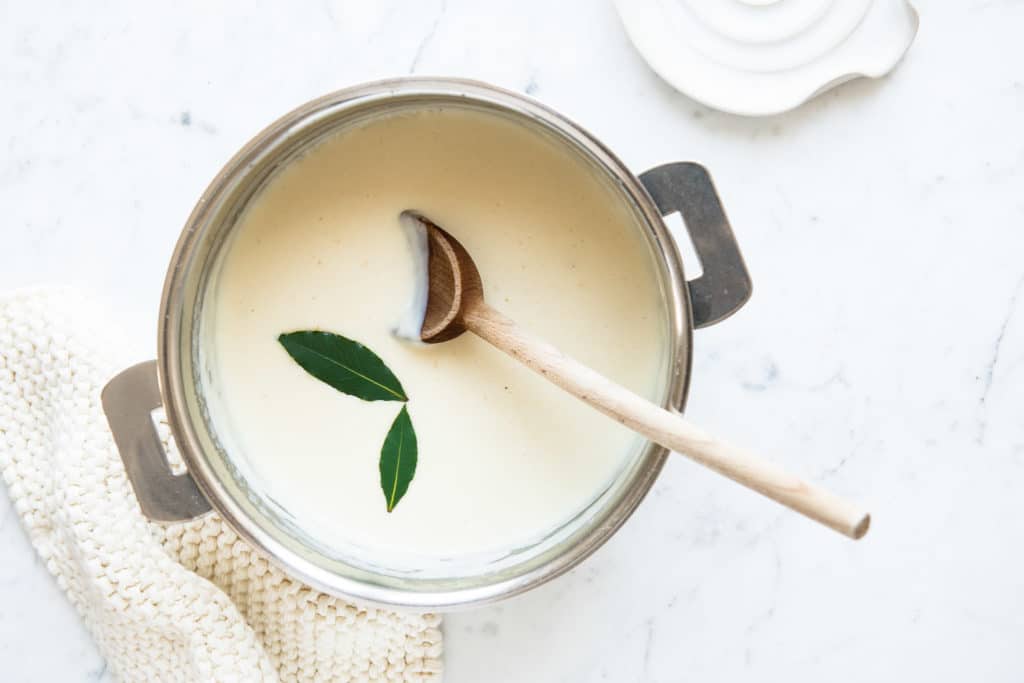
Bechamel sauce, also known as white sauce, is one of the mother sauces of French cuisine and serves as the base for many other sauces.
It is made from a simple roux of butter and flour, to which milk is gradually added, creating a smooth, velvety sauce.
Bechamel is incredibly versatile and often used in various dishes, from lasagna to macaroni and cheese, and even as a base for creamy soups.
The sauce has a rich, creamy texture and a mild, buttery flavor that complements various ingredients.
To enhance its taste, bechamel sauce can be flavored with various seasonings, such as nutmeg, salt, and white pepper.
It can also be enriched with cheese, such as Gruyère or Parmesan, to create a Mornay sauce perfect for gratins and baked pasta dishes.
Bechamel is a key component in many Italian pasta dishes, providing a creamy layer that balances the acidity of tomato-based sauces or the richness of meat sauces.
It’s also used as a base for soufflés and croquettes, showcasing its versatility and importance in French and Italian cuisines.
- Main Ingredients: Butter, flour, milk, nutmeg (optional)
- Best For: Lasagna, macaroni and cheese, gratins
- Features: Creamy, smooth, versatile, mild flavor
10. Aglio e Olio
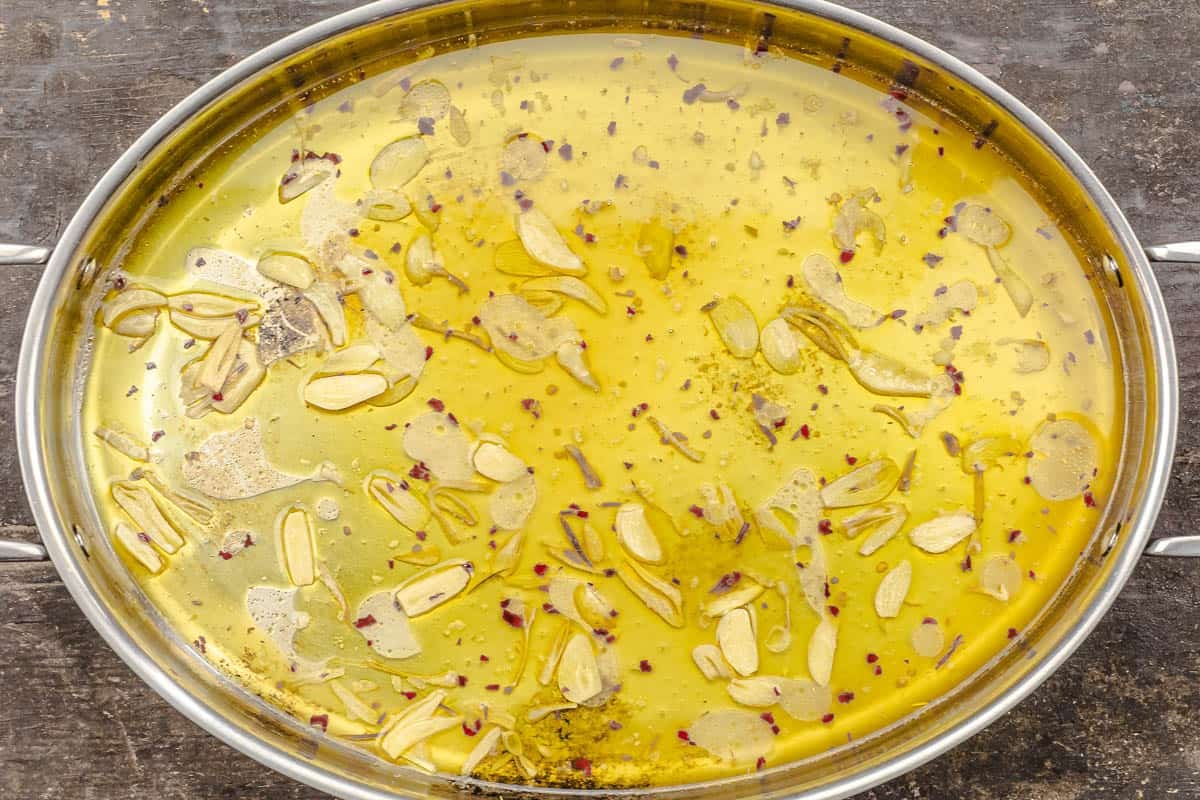
Aglio e Olio is a traditional Italian pasta sauce that is as simple as delicious.
The name translates to “garlic and oil,” which are the two primary ingredients in this dish.
Aglio e Olio is made by gently sautéing thinly sliced garlic in olive oil until it is golden and fragrant, then tossing it with cooked pasta and a sprinkle of red pepper flakes for a touch of heat.
This sauce is light and flavorful, relying on the quality of the olive oil and garlic to create a satisfying and comforting dish.
This sauce is typically paired with spaghetti or linguine, allowing the delicate flavors of the garlic and oil to coat the pasta evenly.
While Aglio e Olio is incredibly simple, it’s also highly customizable.
Some variations include the addition of anchovies, breadcrumbs, or fresh parsley to enhance the flavor and texture.
Aglio e Olio is a perfect example of how a few simple ingredients can be transformed into a delicious and elegant meal.
It’s a go-to dish for busy weeknights or when you want something quick, easy, and flavorful.
- Main Ingredients: Garlic, olive oil, red pepper flakes
- Best For: Spaghetti, linguine
- Features: Light, garlicky, quick to make, simple ingredients
11. Pomodoro Sauce
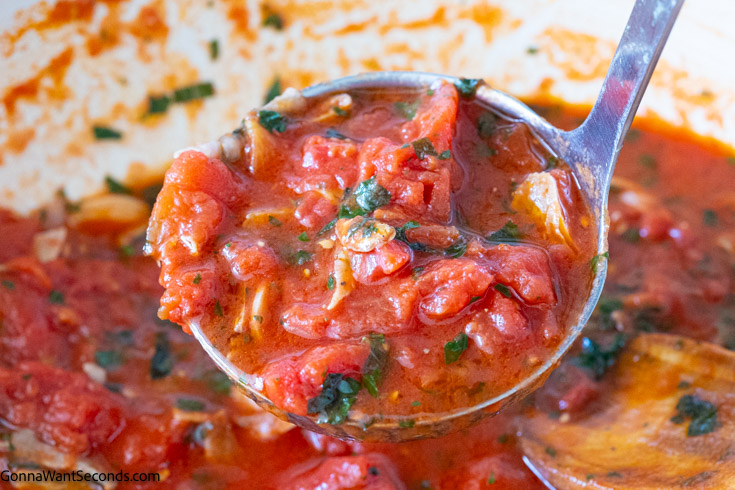
Pomodoro sauce is a classic Italian tomato sauce known for its simplicity and fresh, vibrant flavor.
The word “pomodoro” means “tomato” in Italian, and this sauce is a celebration of ripe, juicy tomatoes cooked down with garlic, olive oil, and basil.
Unlike marinara sauce, which is often cooked longer to develop a deeper flavor, Pomodoro sauce is cooked briefly to maintain the bright, fresh taste of the tomatoes.
This makes it a lighter, fresher alternative that pairs beautifully with various pasta shapes.
Pomodoro sauce is typically served with spaghetti, penne, or any pasta that can hold onto the sauce’s light, slightly chunky texture.
It’s a versatile base that can be enhanced by adding fresh herbs like oregano, thyme, or even a splash of white wine for added depth.
The sauce’s simplicity allows the natural sweetness of the tomatoes to shine, making it a perfect choice for a quick weeknight meal or as a base for more elaborate dishes like eggplant Parmesan or baked ziti.
- Main Ingredients: Tomatoes, garlic, basil, olive oil
- Best For: Spaghetti, penne, baked dishes
- Features: Light, fresh, simple, quick to prepare
12. Ragu Sauce

Ragu sauce is a traditional Italian meat-based sauce rich, hearty, and full of deep flavors.
Unlike Bolognese, which is also a meat sauce, Ragu tends to have a higher ratio of meat to tomatoes and often includes a variety of meats such as beef, pork, and veal.
The sauce is slowly simmered with onions, carrots, celery, and a splash of red wine, allowing the flavors to meld together over time.
The result is a thick, robust sauce that clings to pasta and provides a comforting, satisfying meal.
Ragu is typically served with wide, flat pasta such as tagliatelle or pappardelle, which can stand up to the sauce’s richness.
It’s also commonly used in lasagna, providing a flavorful layer between pasta sheets.
The key to a great Ragu is the slow cooking process, which tenderizes the meat and allows the sauce to develop a deep, complex flavor.
Some variations of Ragu may include a touch of cream or milk to mellow the acidity of the tomatoes and create a smoother texture.
This sauce is perfect for a Sunday dinner or any occasion where you want to impress with a hearty, home-cooked meal.
- Main Ingredients: Ground meat, tomatoes, onions, carrots, red wine
- Best For: Tagliatelle, pappardelle, lasagna
- Features: Thick, hearty, rich, slow-cooked
13. Primavera Sauce
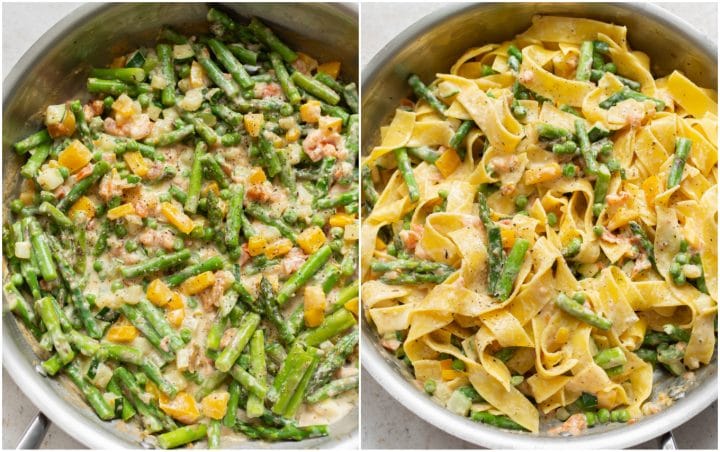
Primavera sauce is a light and refreshing sauce that celebrates the flavors of fresh, seasonal vegetables.
The name “primavera” means “spring” in Italian, and this sauce is often associated with the abundance of vegetables that become available in the spring and summer months.
In olive oil and garlic, Primavera sauce is typically made by sautéing various vegetables, such as zucchini, bell peppers, asparagus, and cherry tomatoes.
The vegetables are then tossed with pasta, creating a dish that is colorful, healthy, and bursting with fresh flavors.
This sauce is incredibly versatile and can be adapted to include whatever vegetables are in season or to suit your personal preferences.
It’s typically served with penne or farfalle, as these pasta shapes hold onto the chunky texture of the vegetables well.
For added richness, a splash of cream or a sprinkle of Parmesan cheese can be added, but Primavera sauce focuses on fresh, vibrant vegetables.
This sauce is perfect for a light, healthy meal and is a great way to incorporate more vegetables into your diet while enjoying a satisfying pasta dish.
- Main Ingredients: Mixed vegetables, olive oil, garlic
- Best For: Penne, farfalle, spaghetti
- Features: Light, fresh, vegetable-rich, versatile
14. Amatriciana Sauce
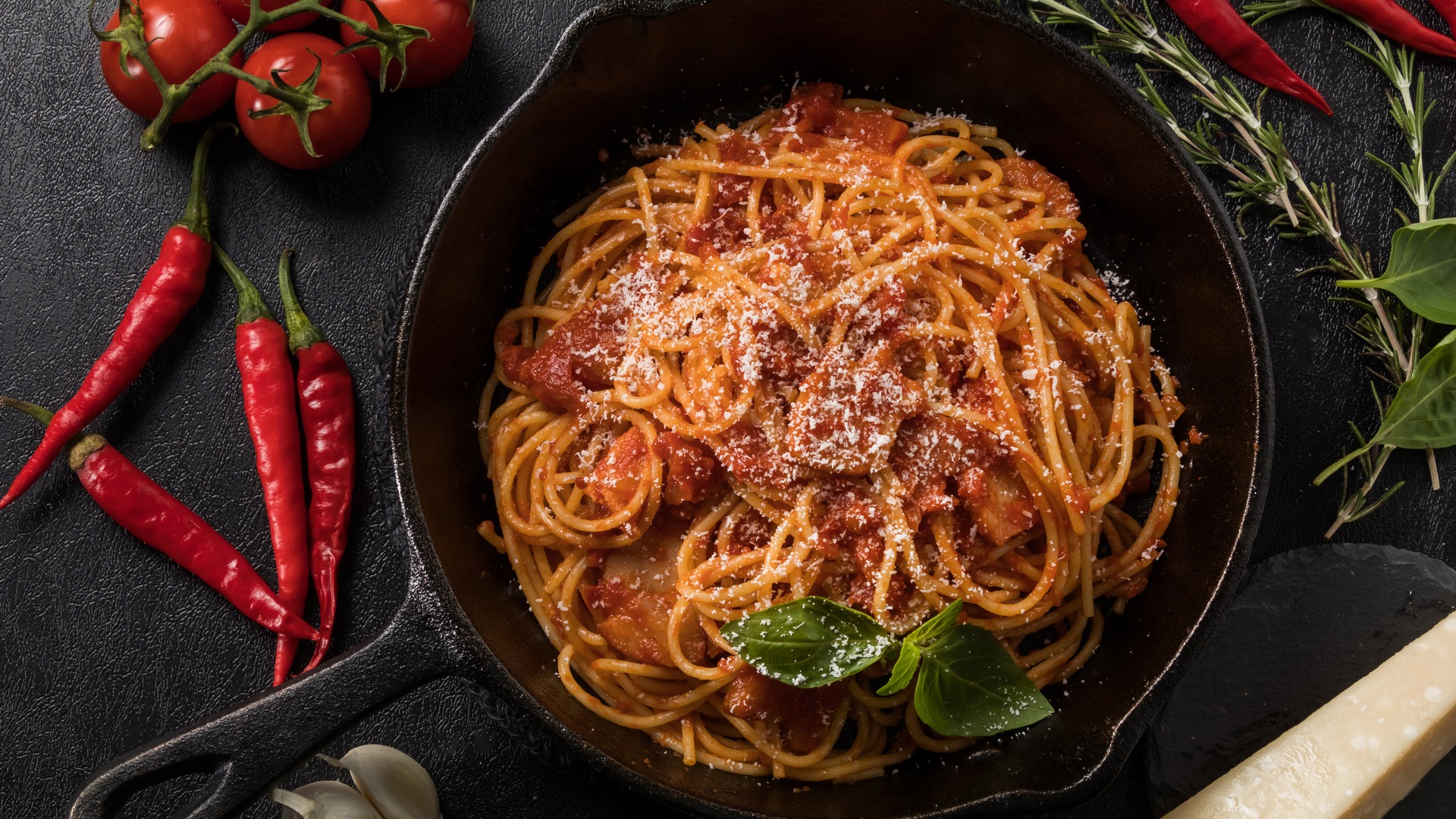
Amatriciana sauce is a traditional Italian sauce from the town of Amatrice in the Lazio region.
This robust sauce is made with guanciale (cured pork cheek), tomatoes, Pecorino Romano cheese, and a hint of chili pepper.
The guanciale is rendered until crispy, infusing the sauce with a rich, savory flavor that is balanced by the sweetness of the tomatoes and the sharpness of the Pecorino cheese.
Amatriciana sauce is known for its deep, smoky flavor and is a beloved dish in Roman cuisine.
This sauce is traditionally served with bucatini, a thick, hollow pasta that allows the sauce to cling to every bite. However, it also pairs well with other long pasta shapes, such as spaghetti or rigatoni.
The key to a great Amatriciana sauce is the quality of the ingredients, particularly the guanciale, which adds a unique depth of flavor that can’t be replicated with other types of cured meat.
The sauce is typically cooked quickly, allowing the flavors to meld together while still retaining the freshness of the tomatoes.
Amatriciana is a comforting sauce full of bold flavors, making it a perfect choice for a hearty, satisfying meal.
- Main Ingredients: Guanciale, tomatoes, Pecorino Romano, chili pepper
- Best For: Bucatini, spaghetti, rigatoni
- Features: Rich, savory, smoky, quick to prepare
15. Genovese Sauce
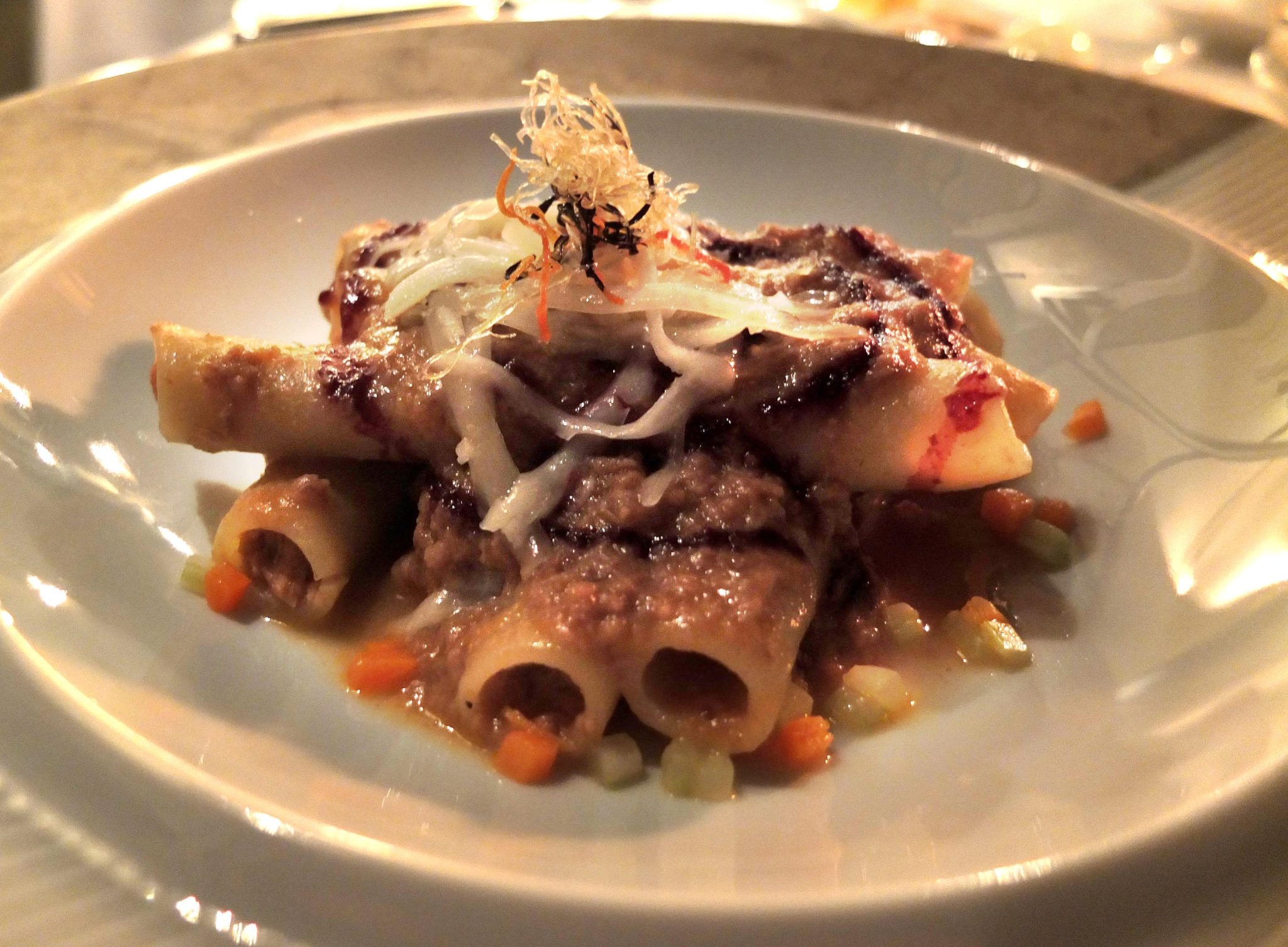
Genovese sauce is a traditional Italian sauce unique to Campania’s region, particularly the city of Naples.
Despite its name, it is unrelated to the city of Genoa or the famous Pesto Genovese.
Genovese sauce is a slow-cooked onion and meat sauce rich, hearty, and full of deep flavors.
The sauce is made by slowly simmering a large quantity of onions with beef or veal, white wine, and aromatic herbs.
The onions caramelize during the long cooking process, creating a sweet, savory sauce, unlike any other Italian sauce.
Genovese sauce is typically served with pasta such as ziti or rigatoni, which can withstand the thick, rich sauce.
The slow cooking process is essential for developing the complex flavors of the sauce. The onions break down and become almost like jam, enveloping the meat in a sweet, savory glaze.
This sauce is often reserved for special occasions or Sunday dinners, requiring time and patience to prepare.
However, the result is a deeply satisfying dish worth the effort.
- Main Ingredients: Onions, beef or veal, white wine, herbs
- Best For: Ziti, rigatoni, penne
- Features: Rich, hearty, slow-cooked, sweet and savory
Conclusion
Pasta sauces are the heart of Italian cuisine, offering diverse flavors and textures that can transform a simple plate of pasta into a culinary masterpiece.
From the rich, meaty depth of Bolognese to the vibrant, herbaceous notes of Pesto, each sauce brings its unique character to the table.
Whether you’re in the mood for something light and fresh or rich and indulgent, there’s a pasta sauce for every occasion.
By exploring these 25 types of pasta sauces, you can expand your culinary repertoire and discover new flavors to enjoy with your favorite pasta dishes.

